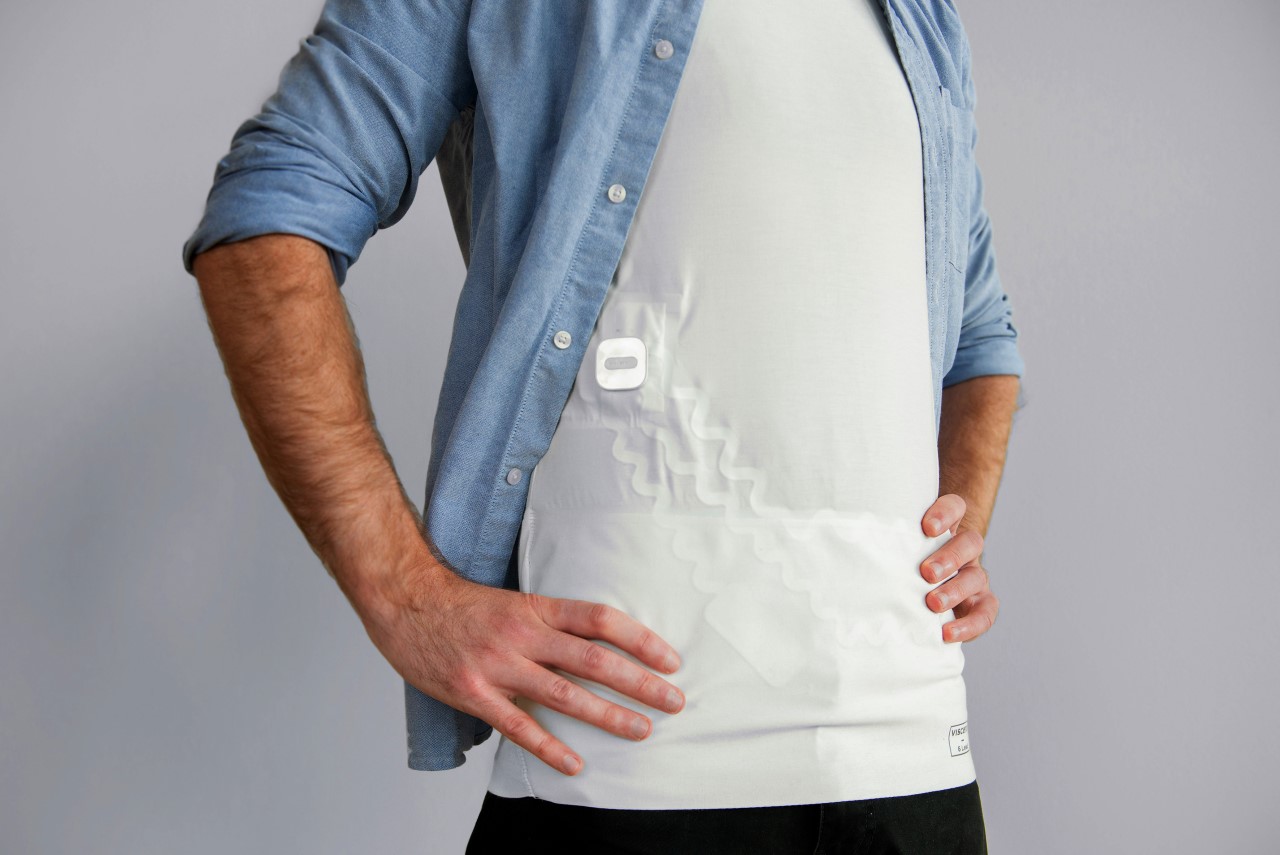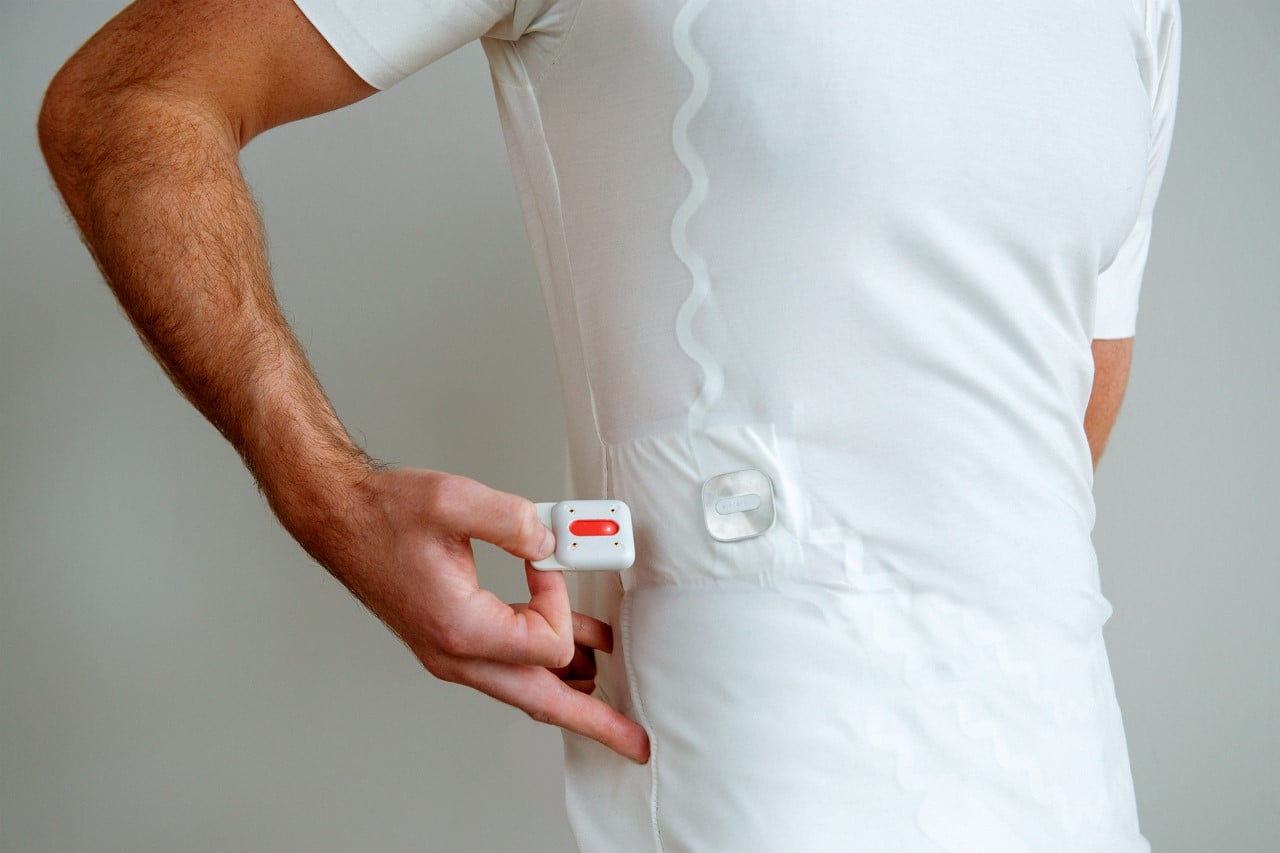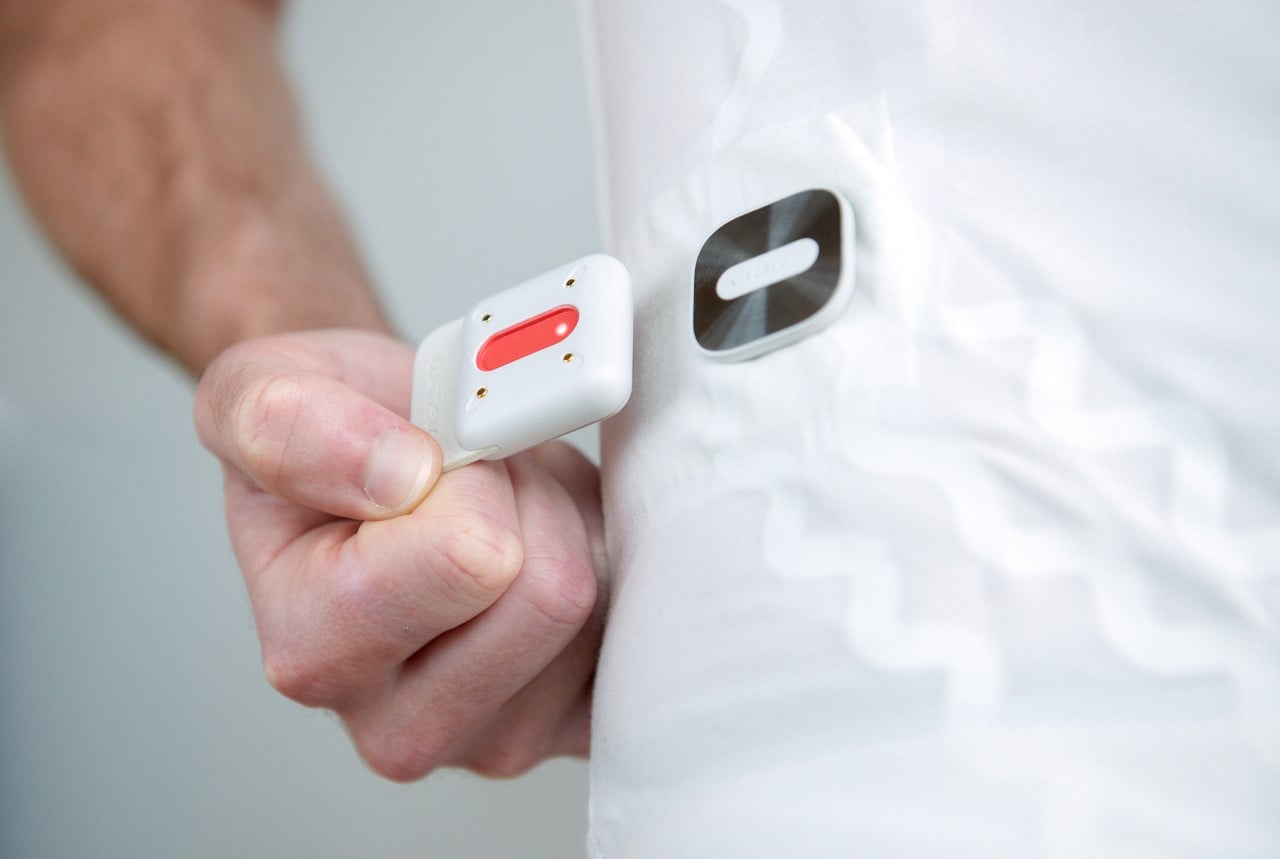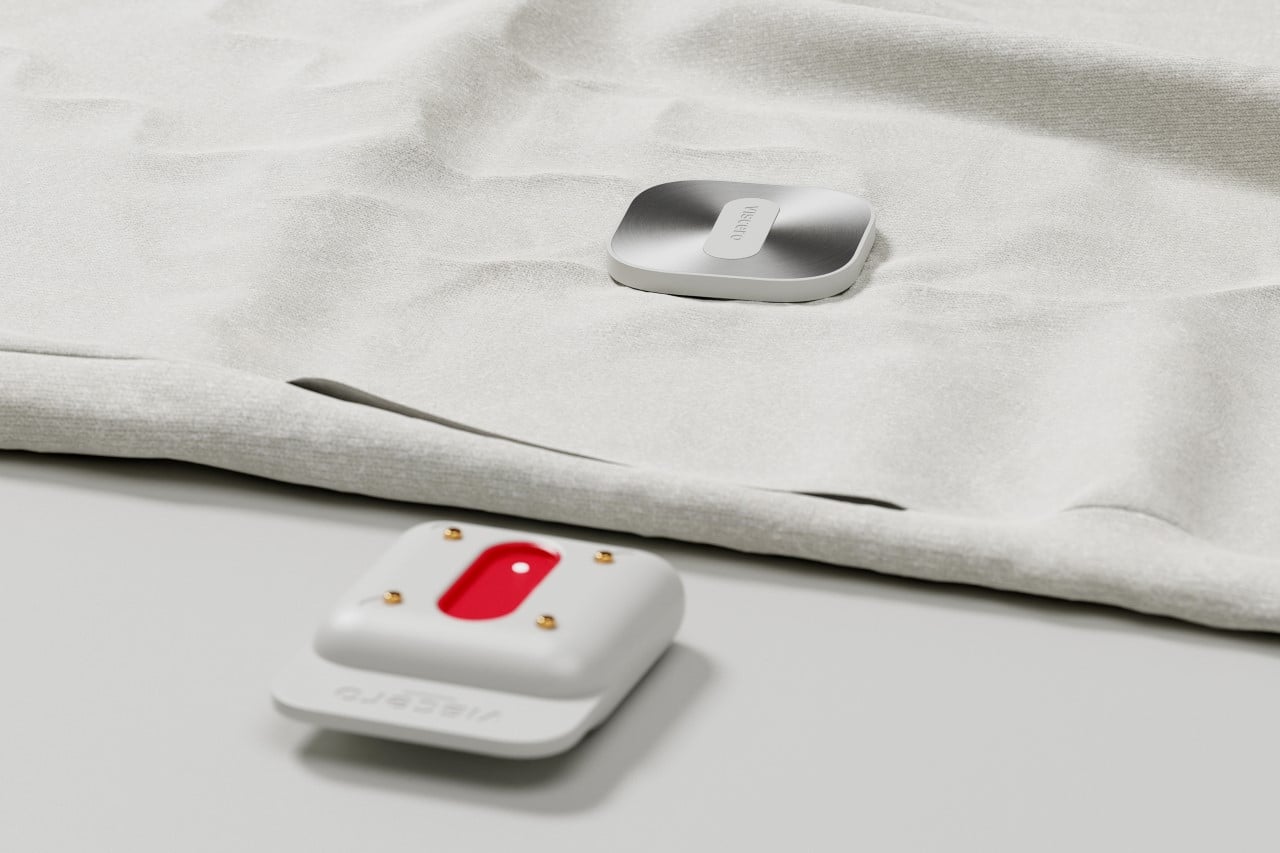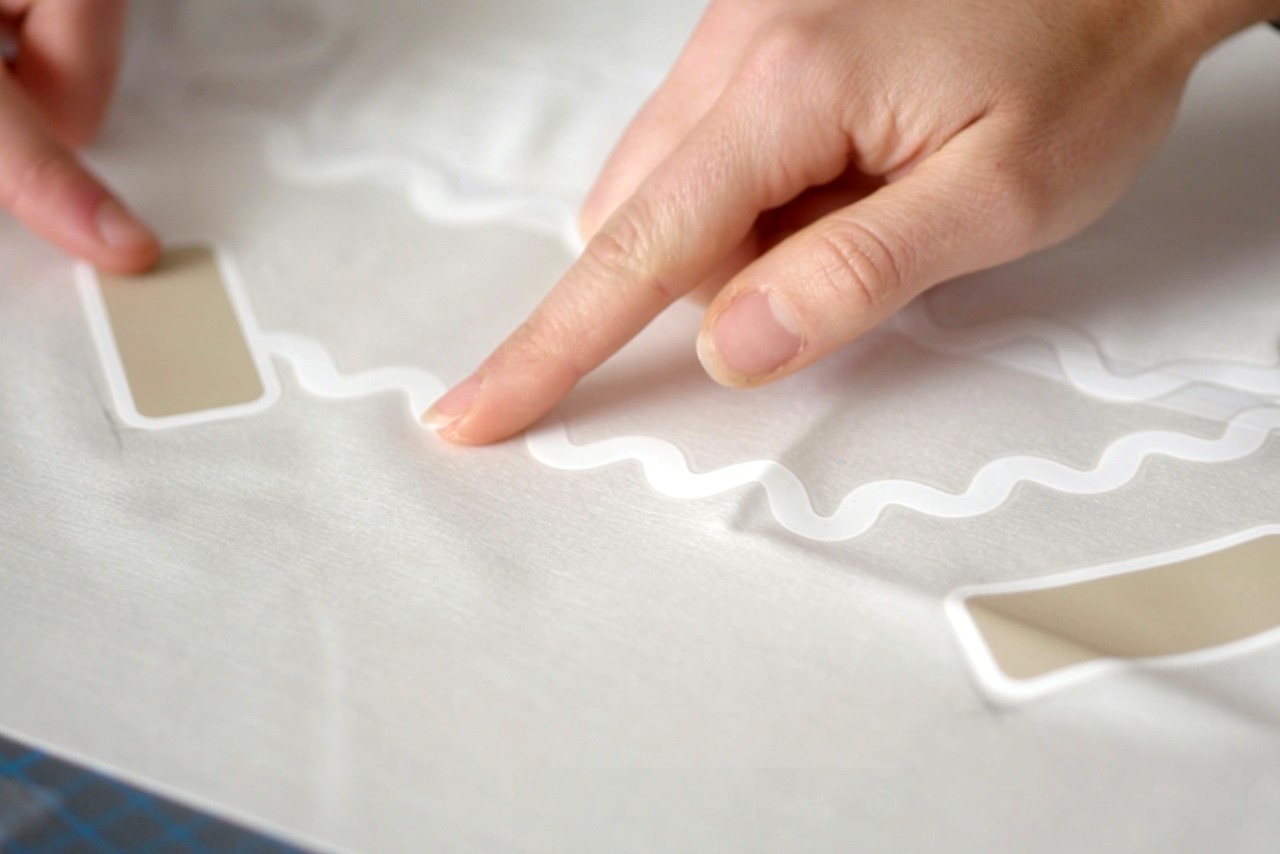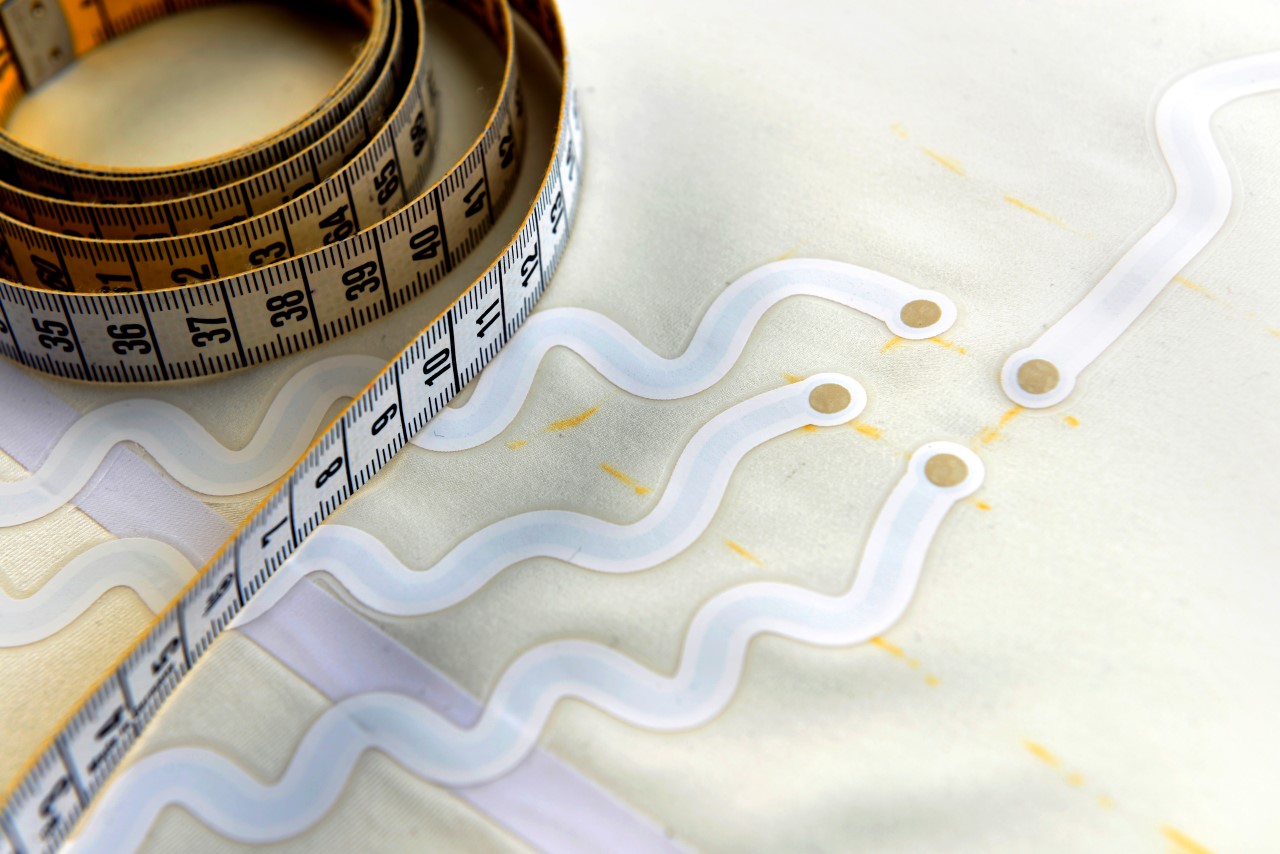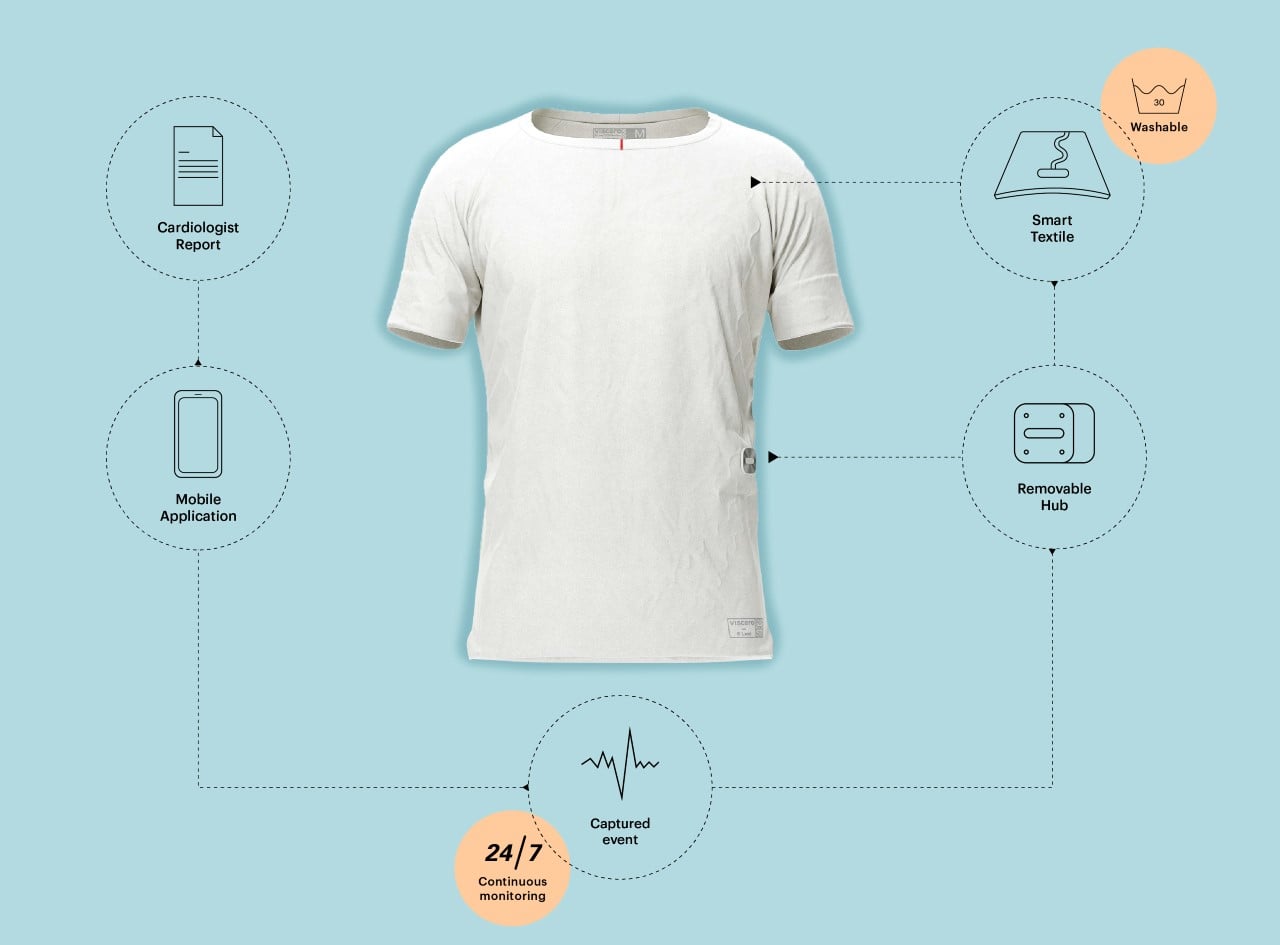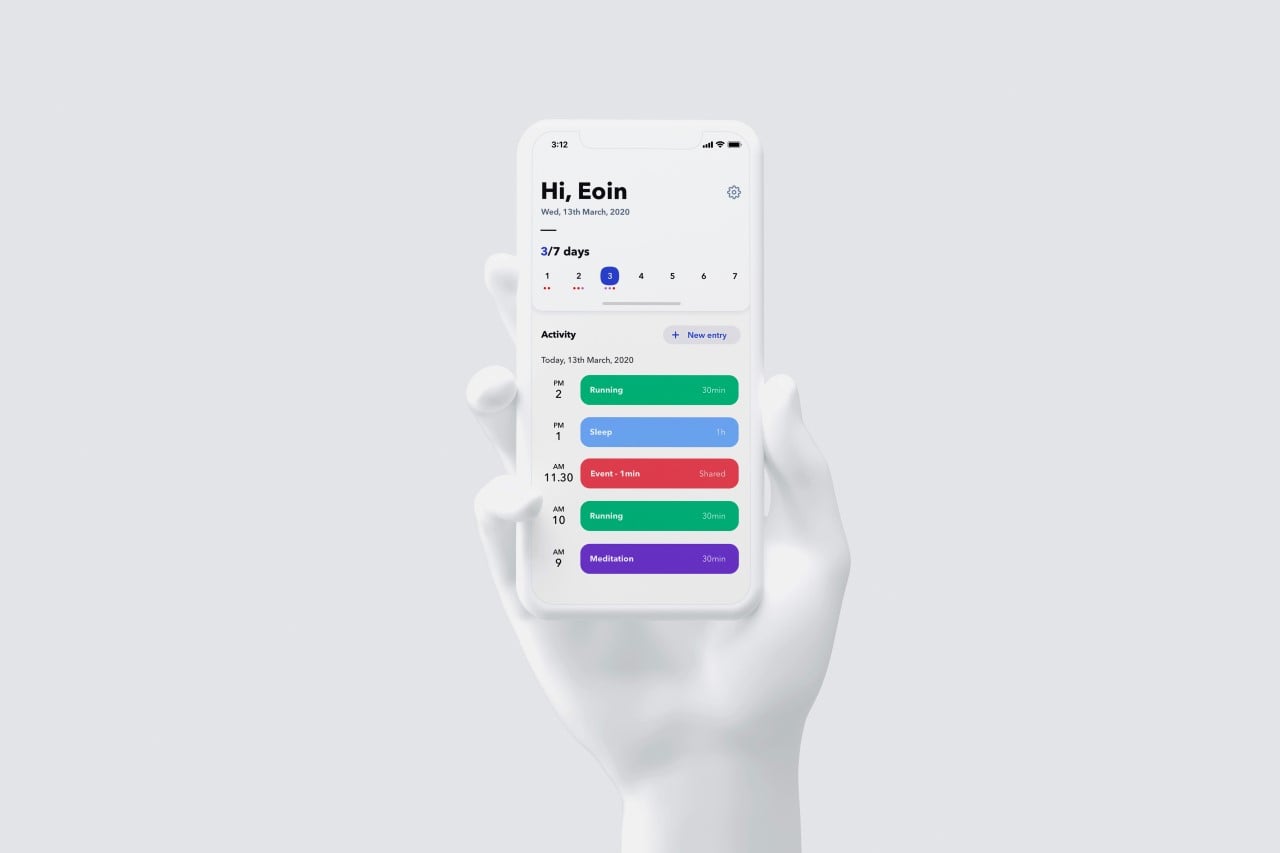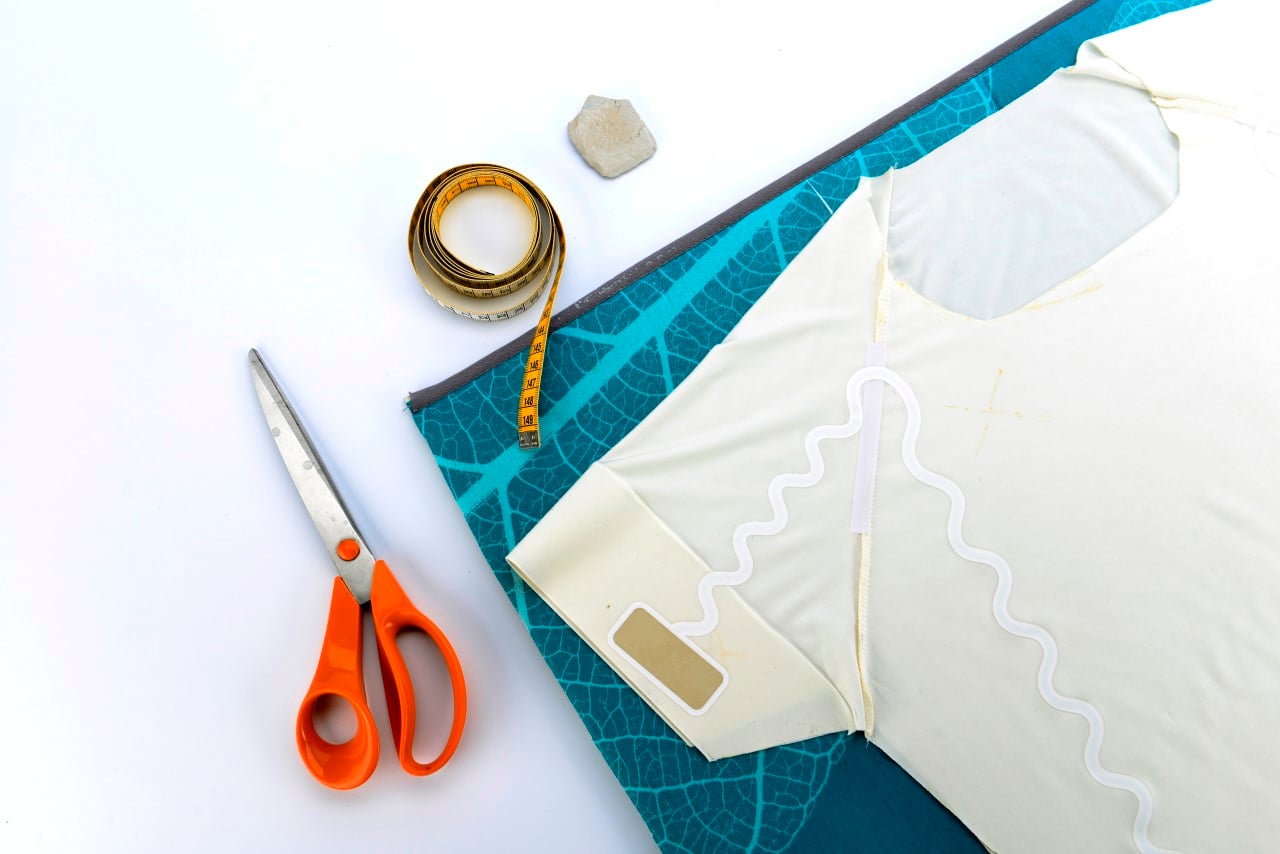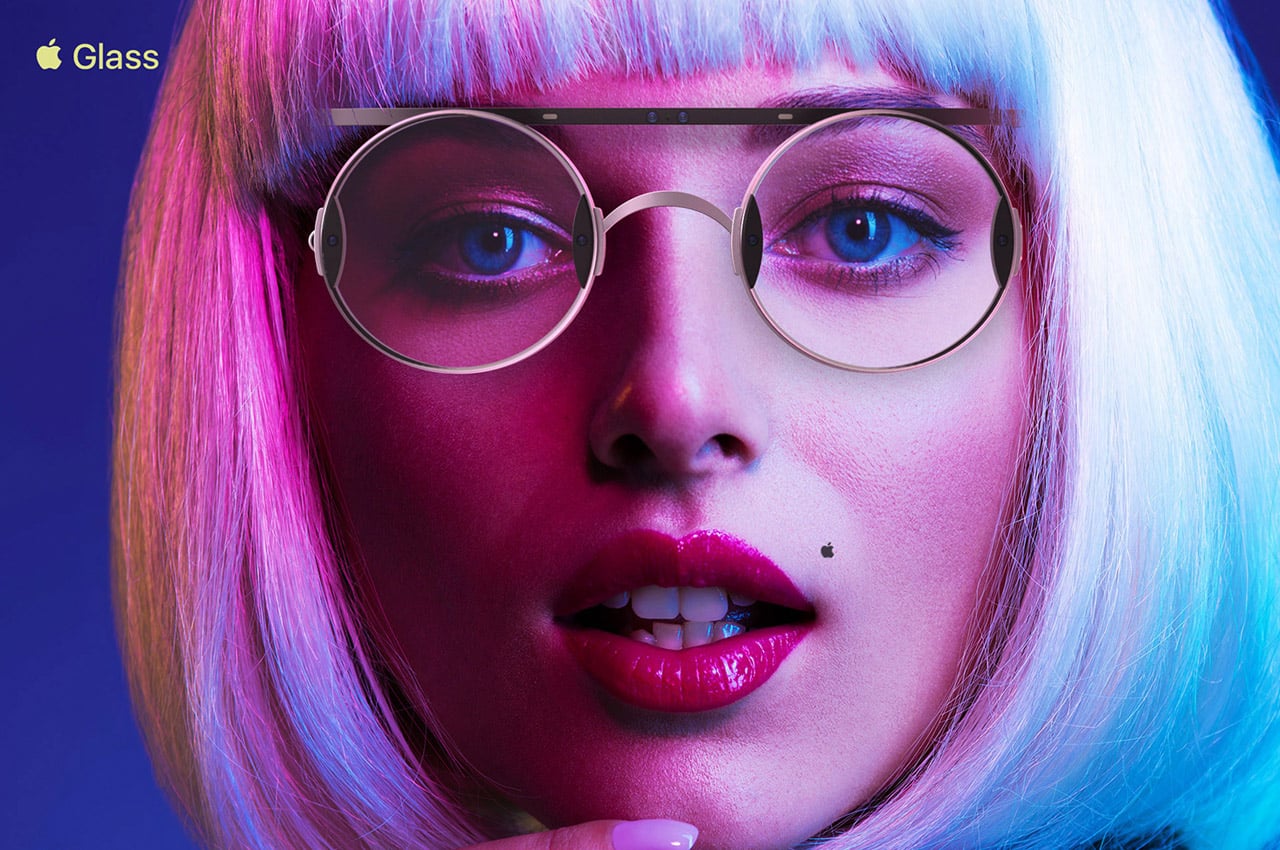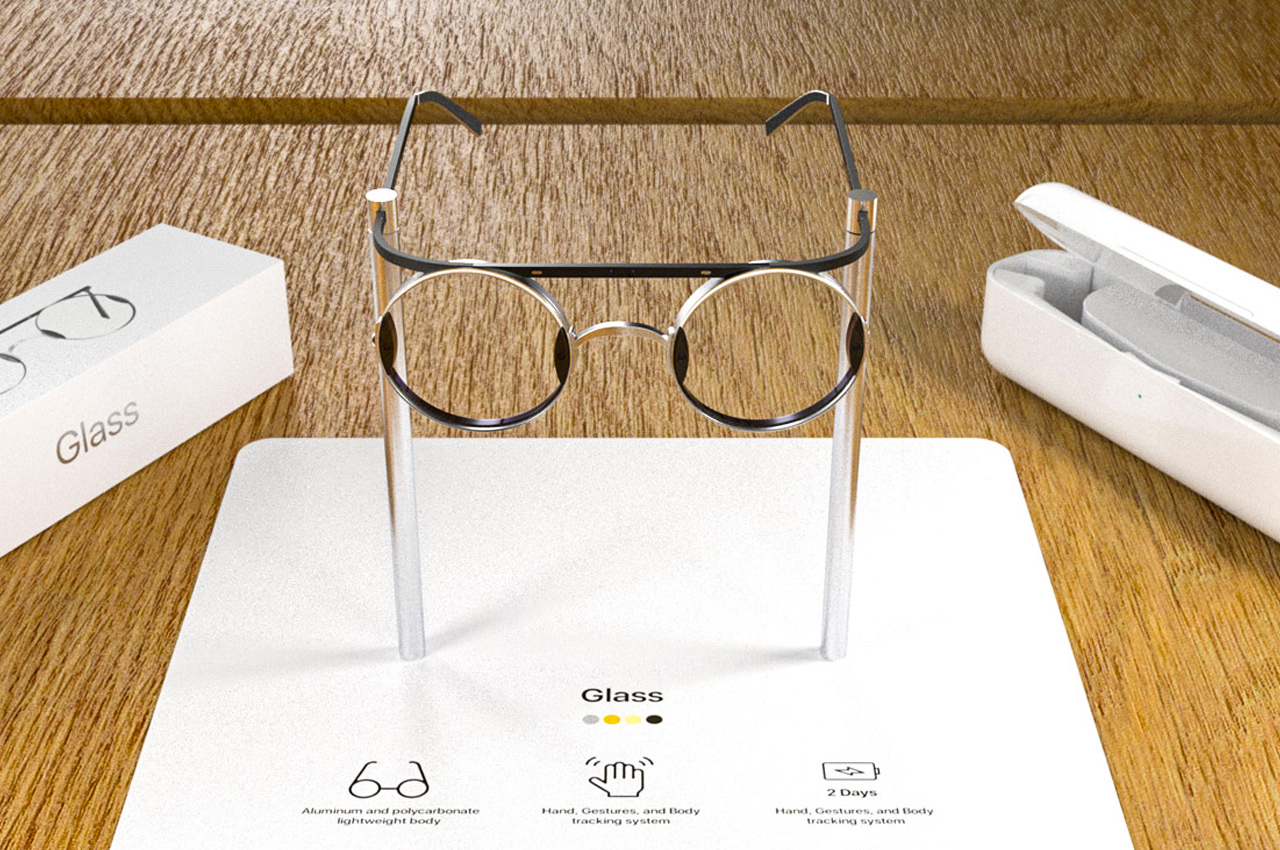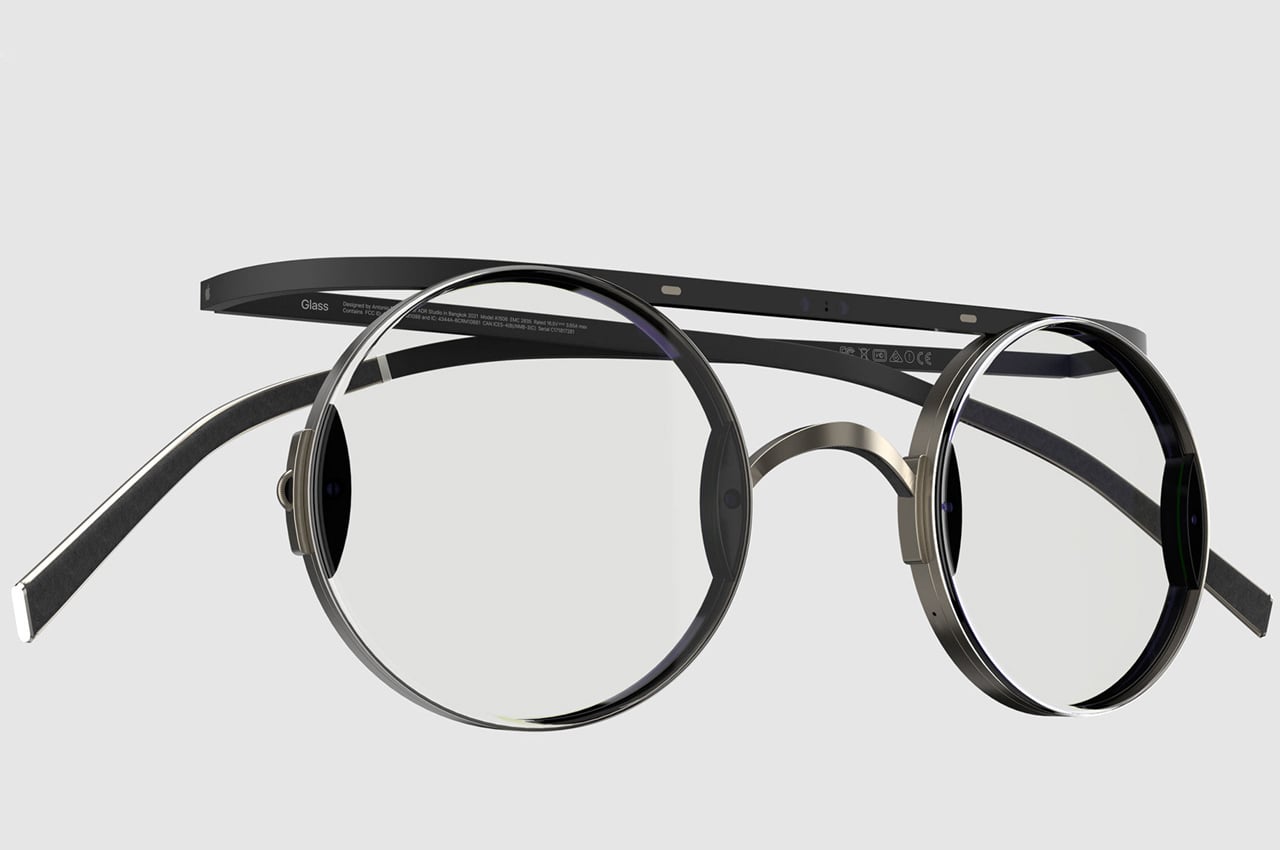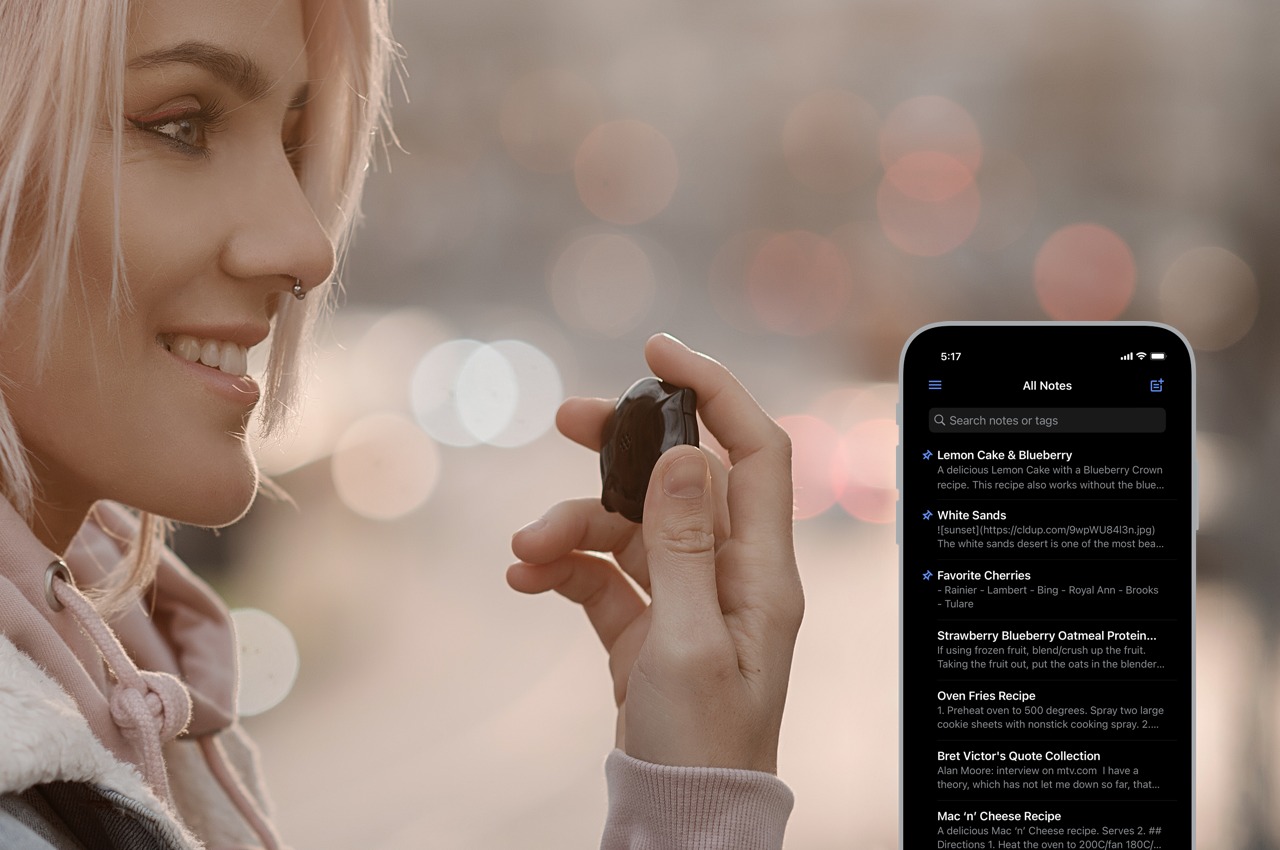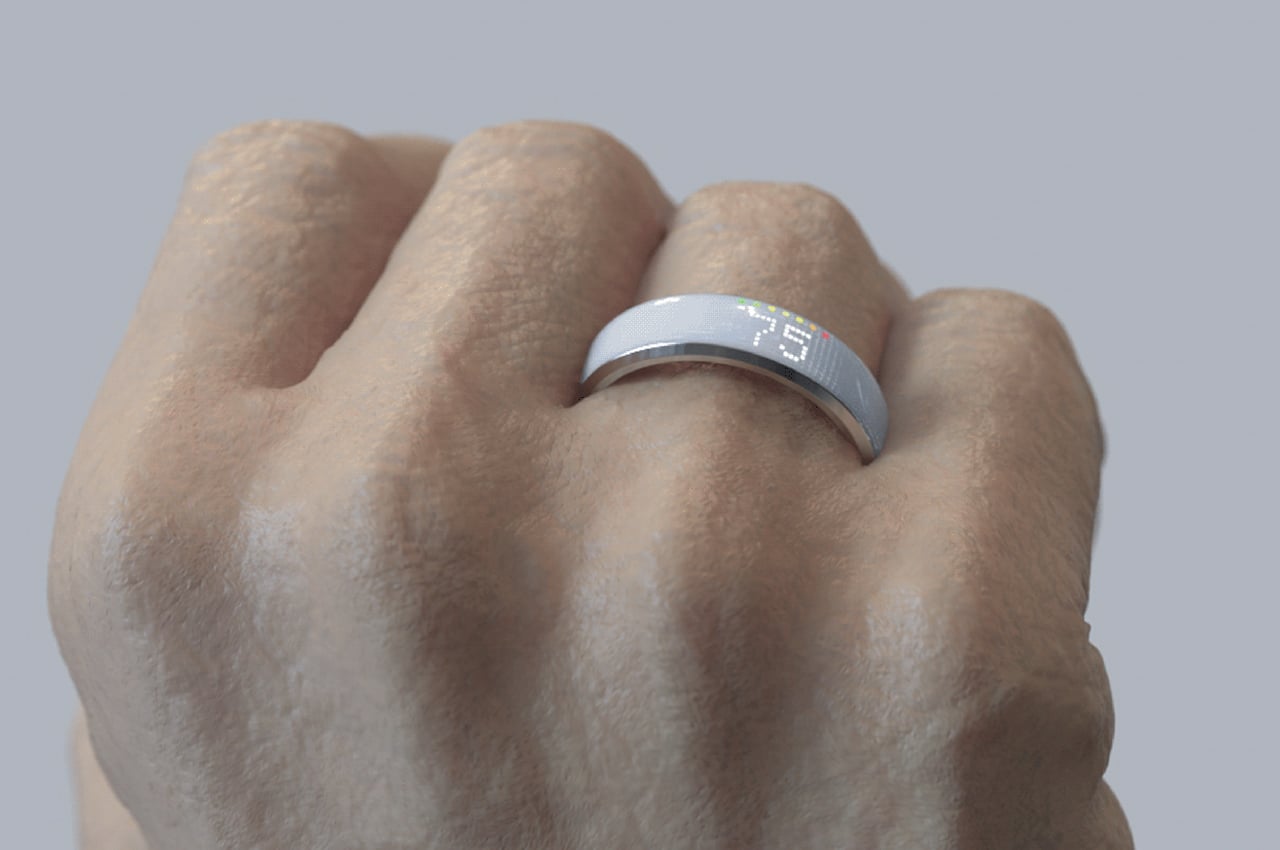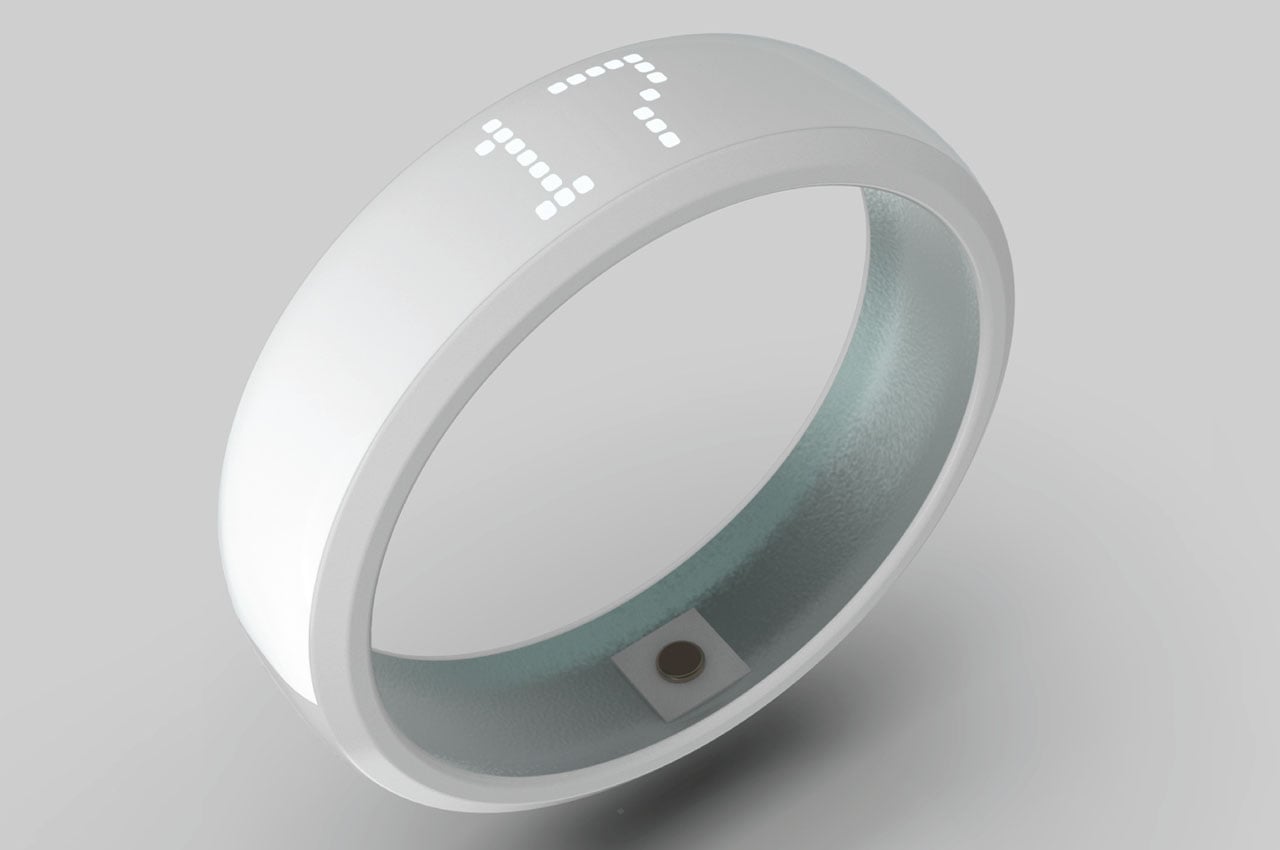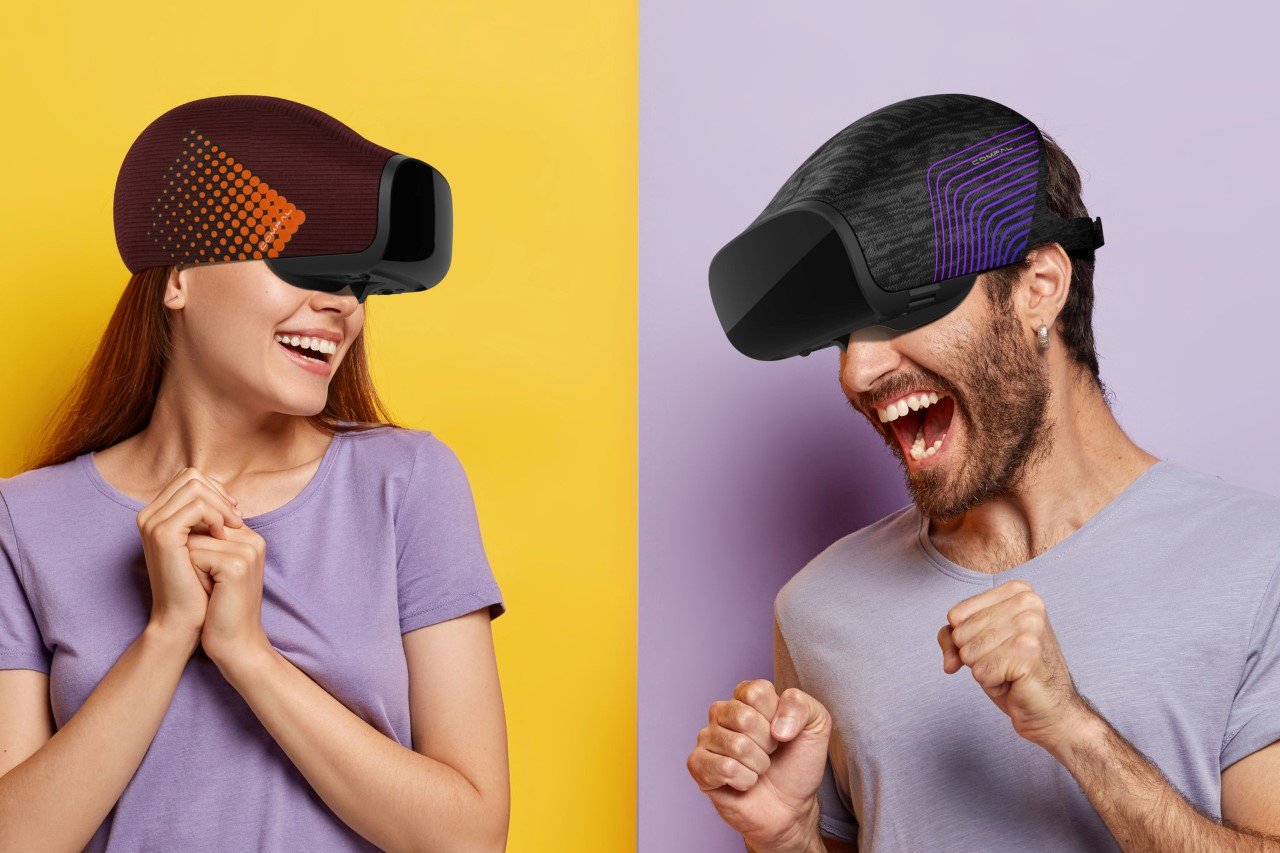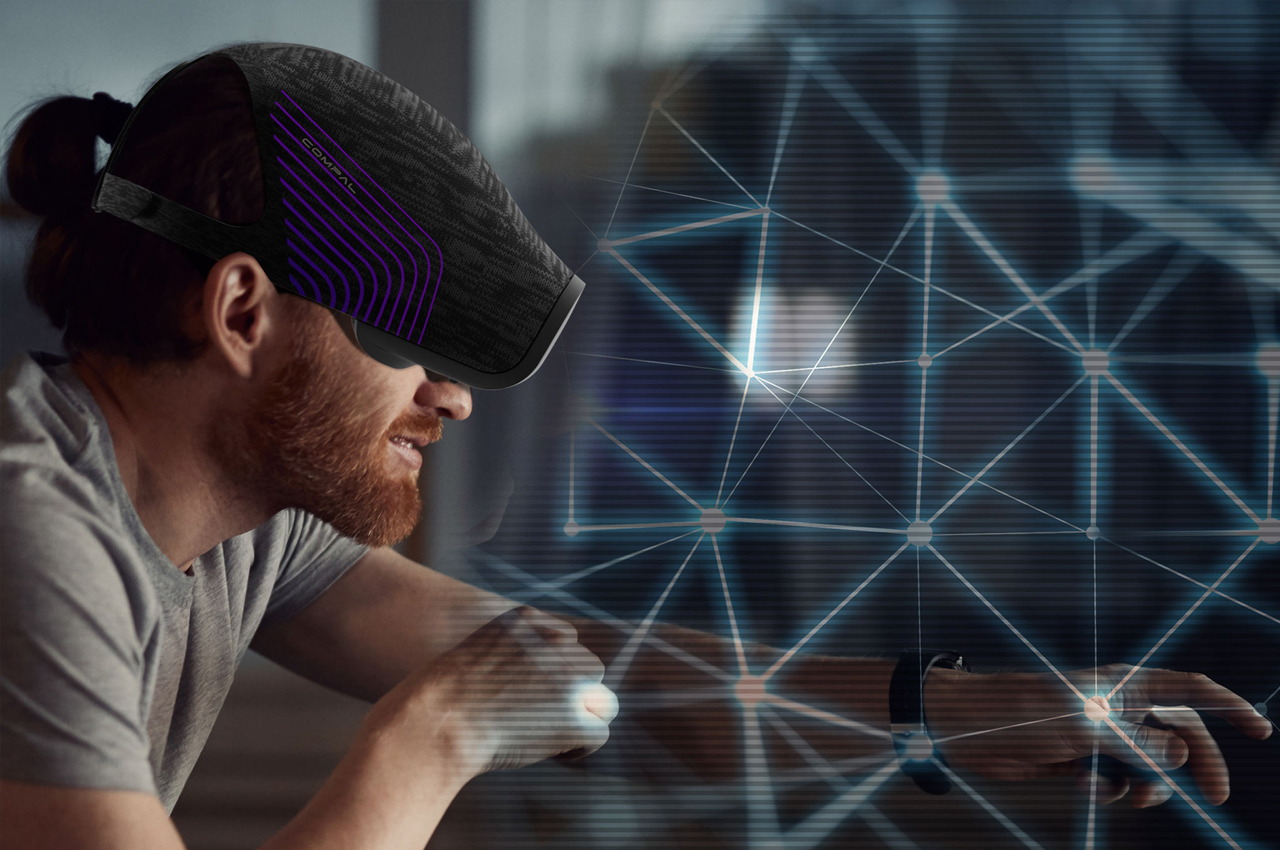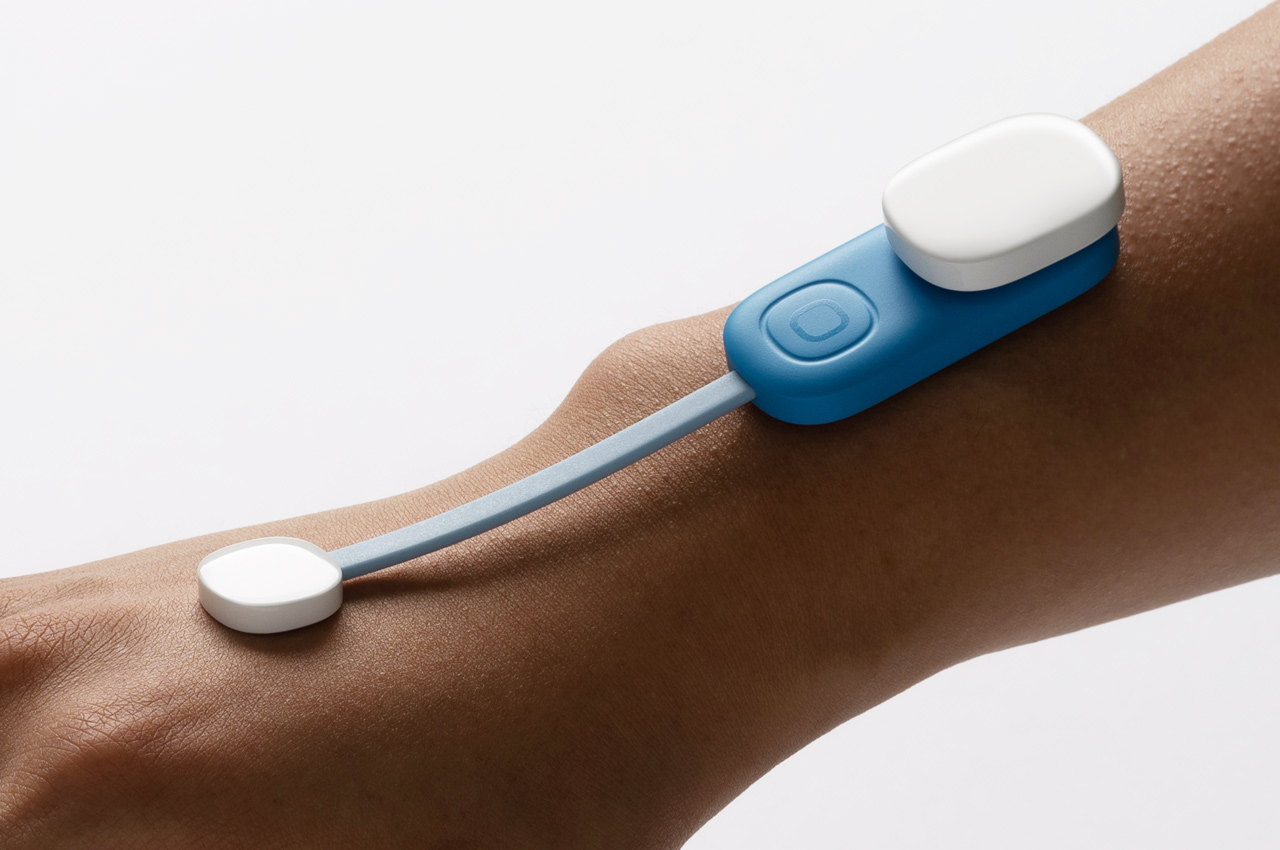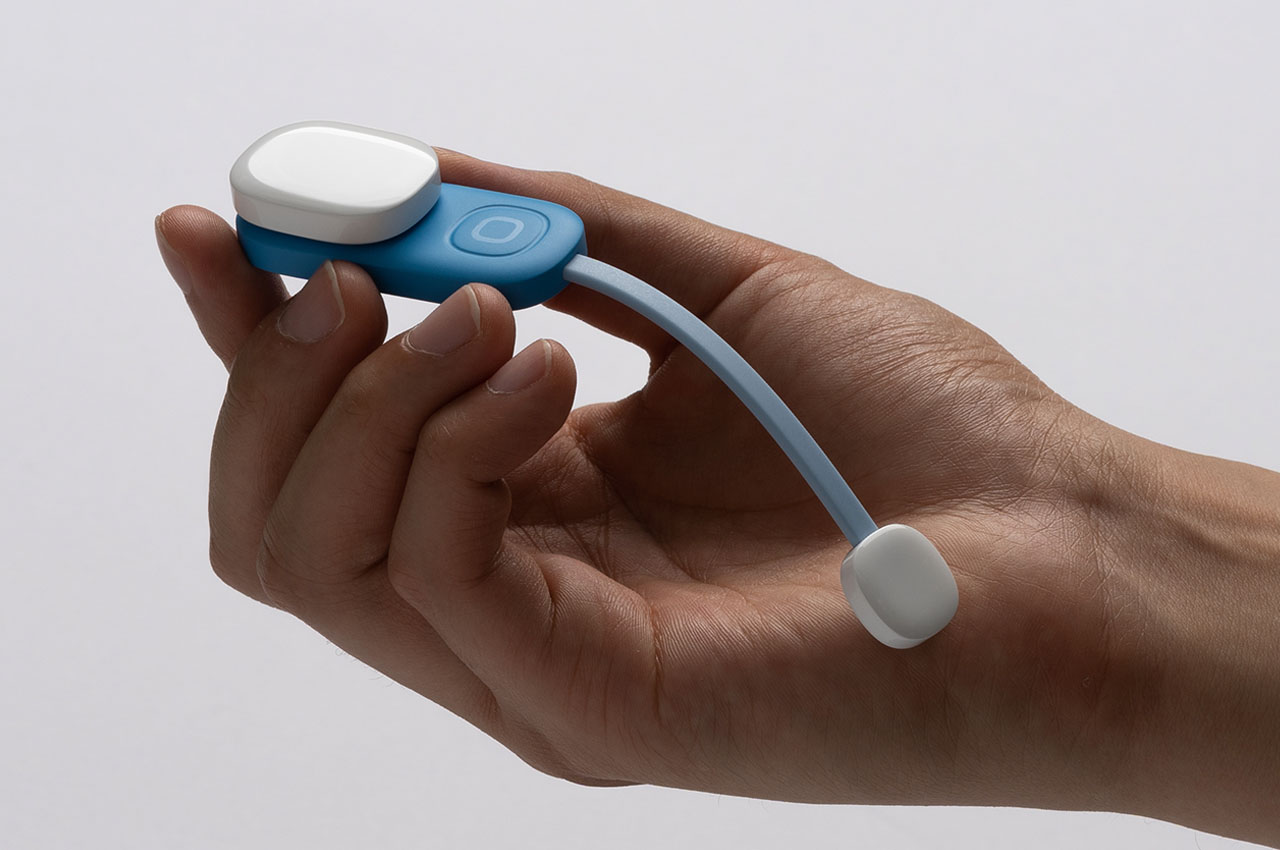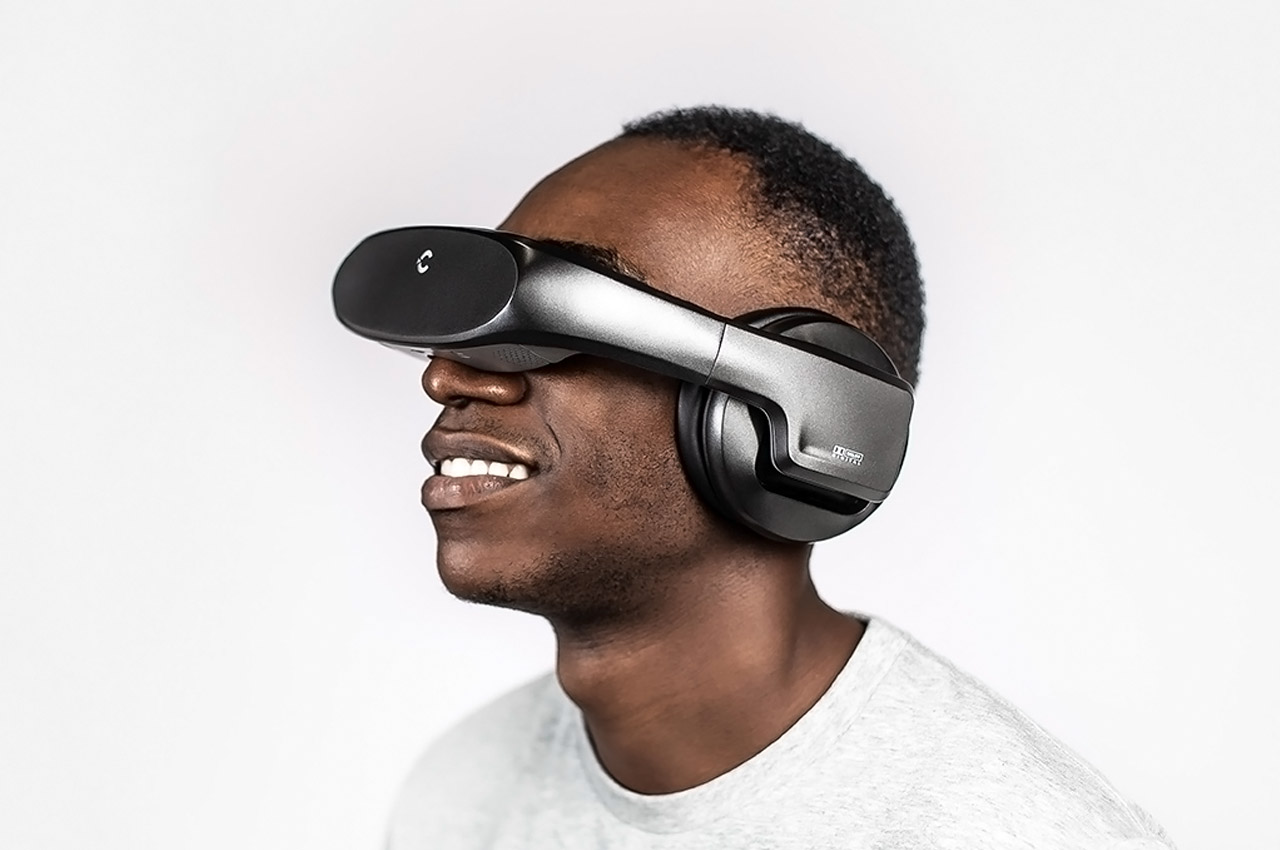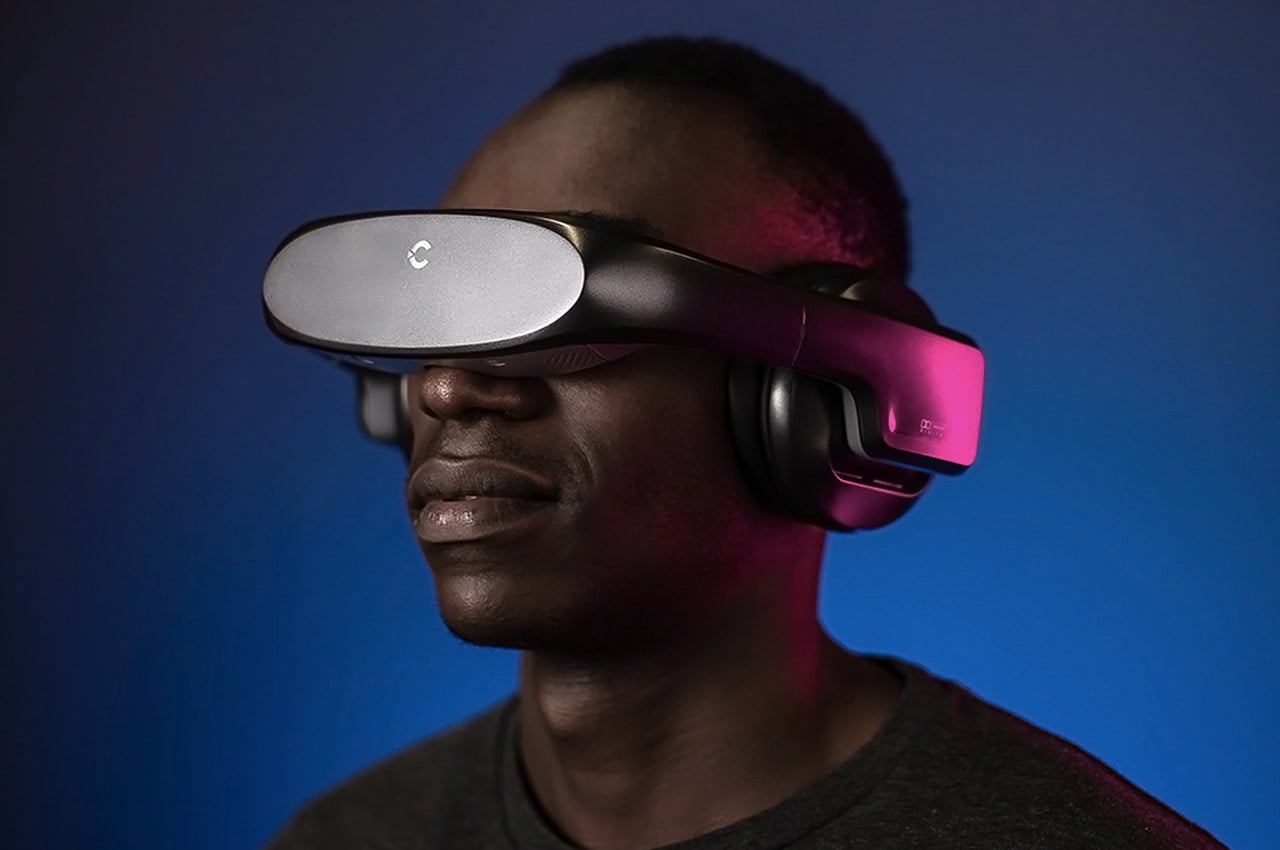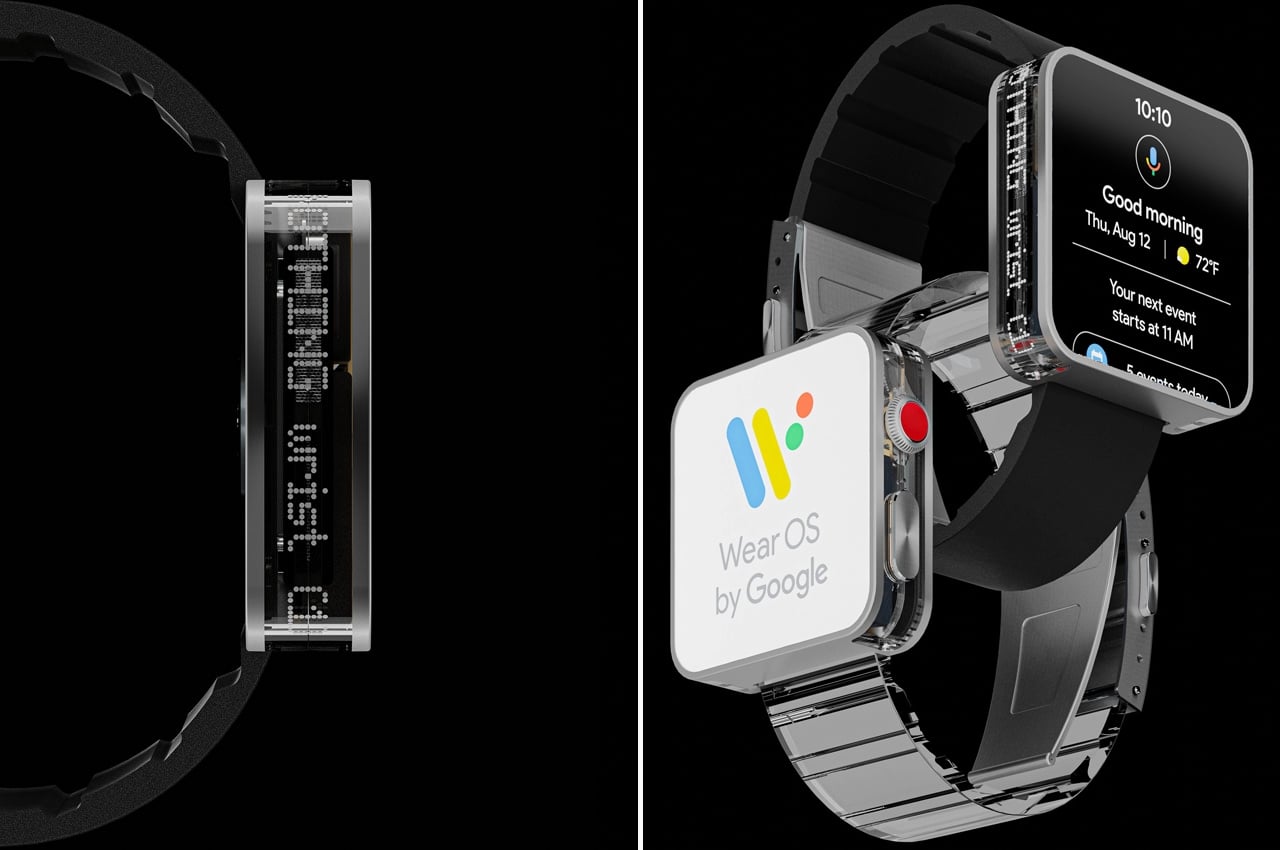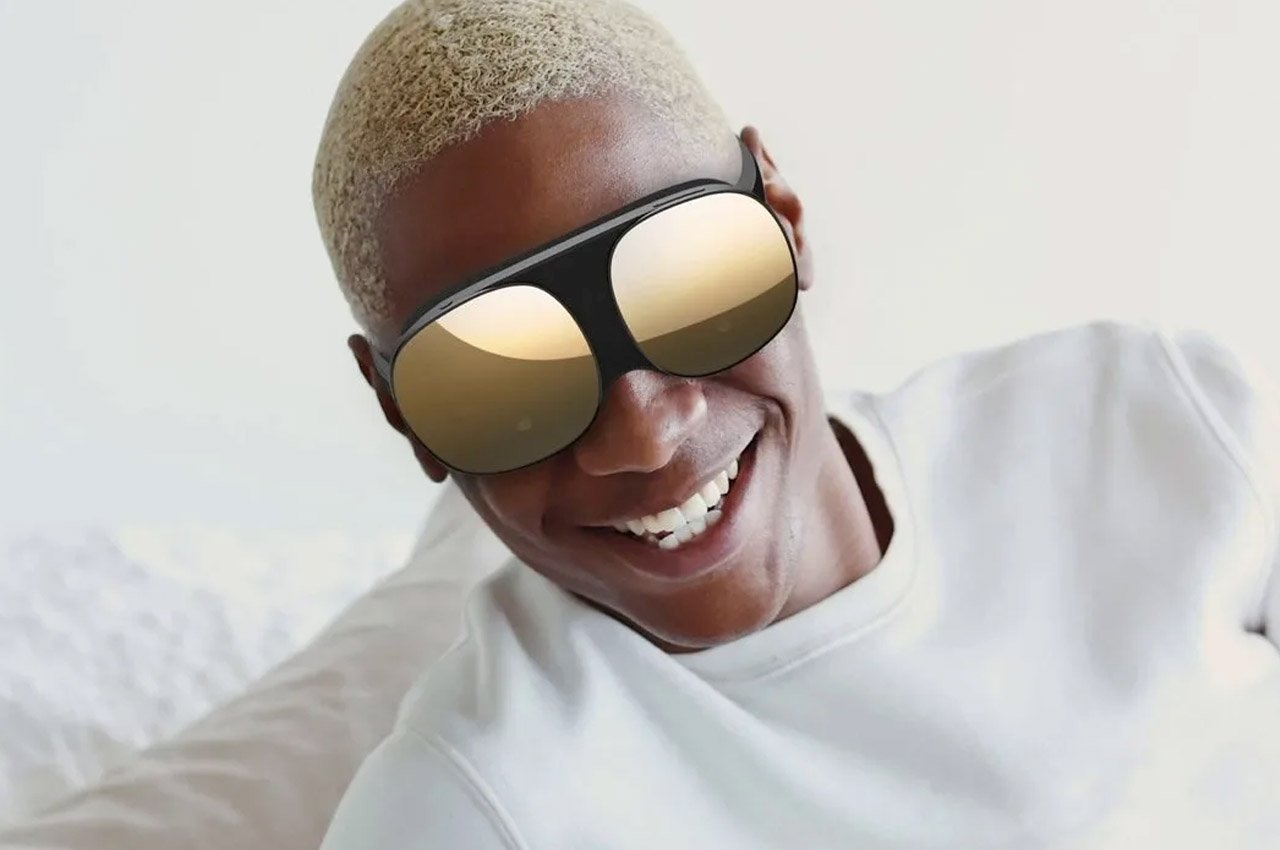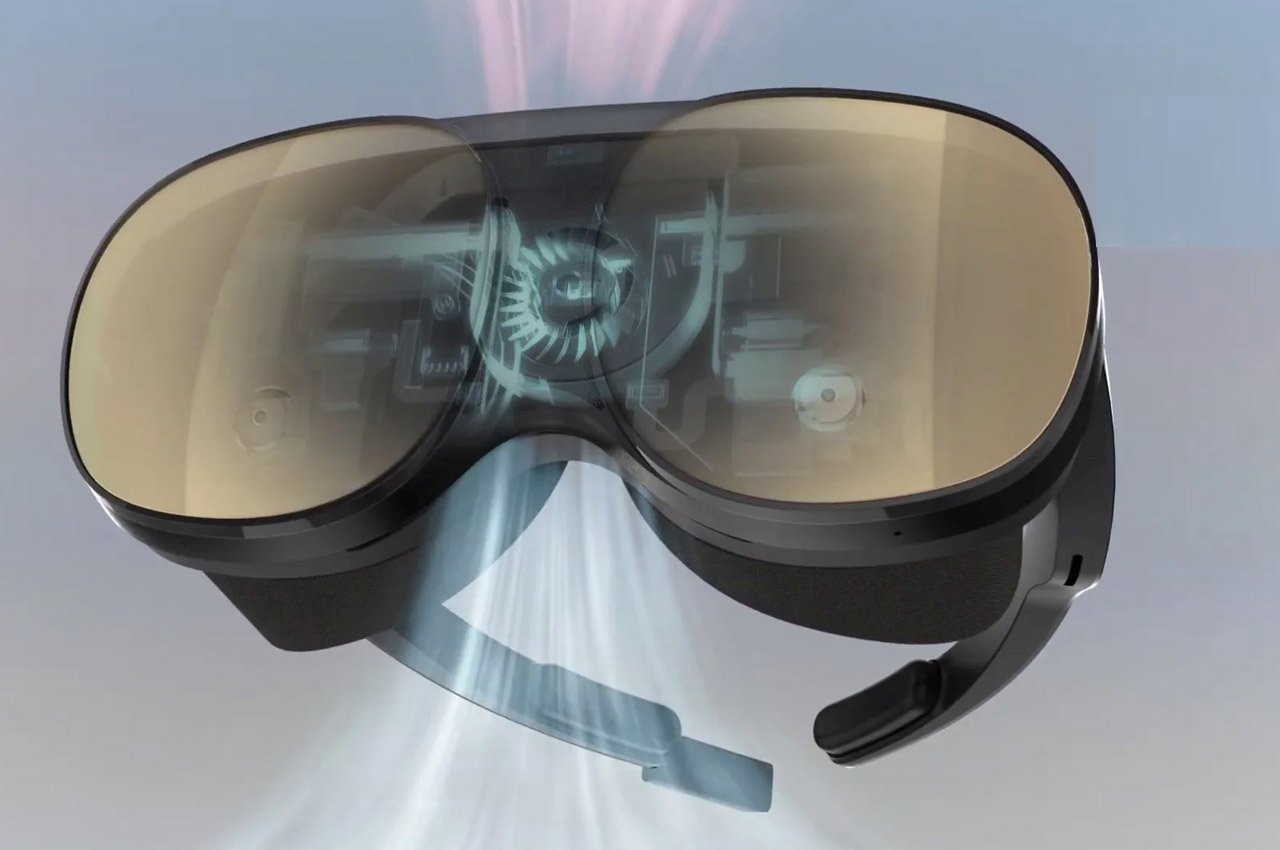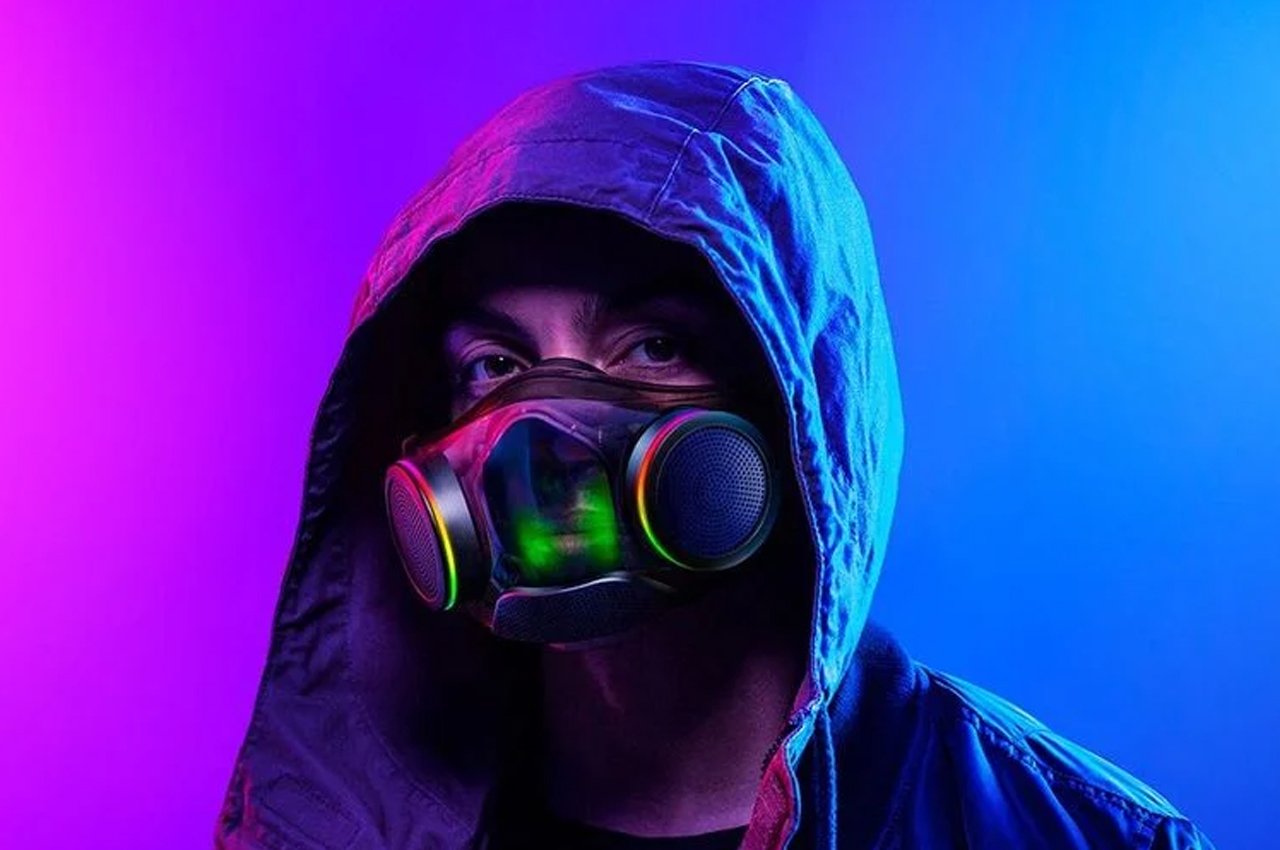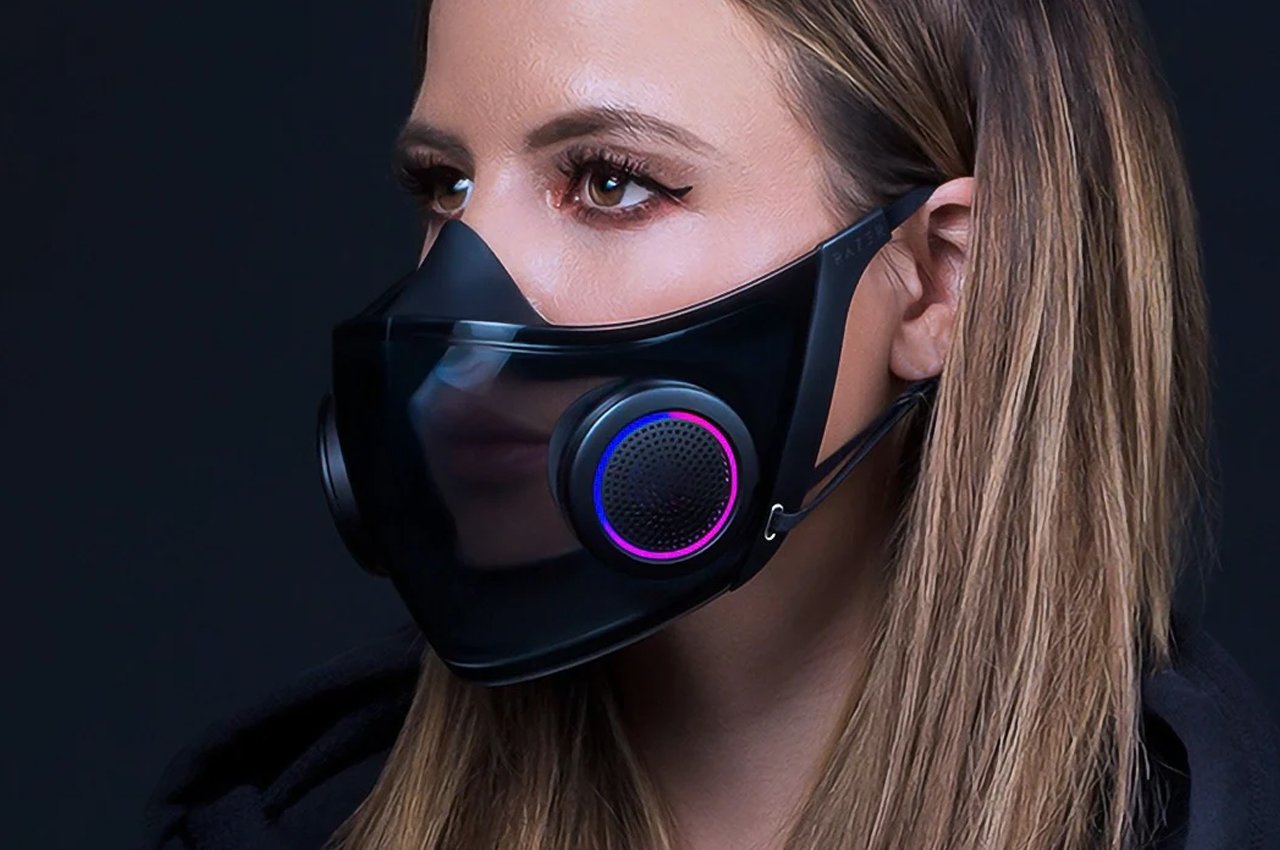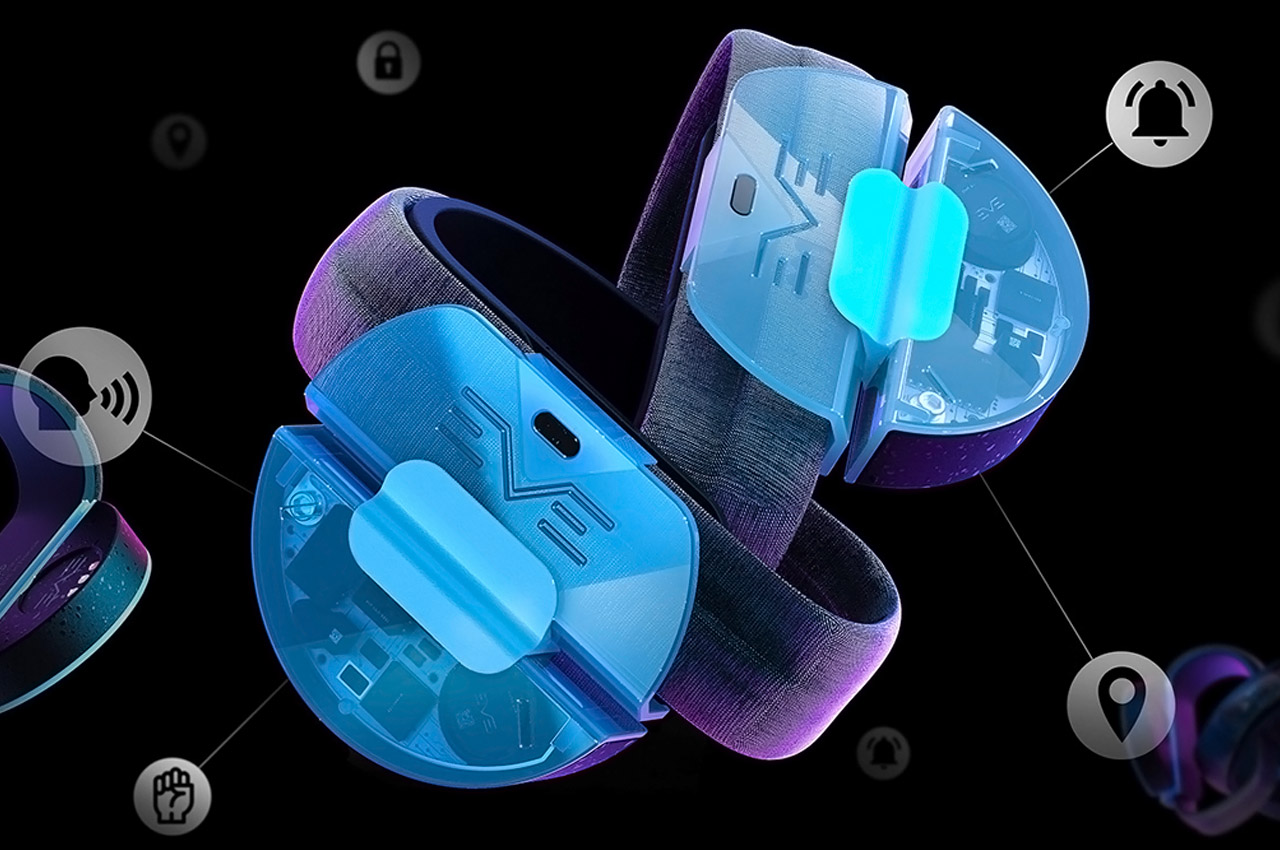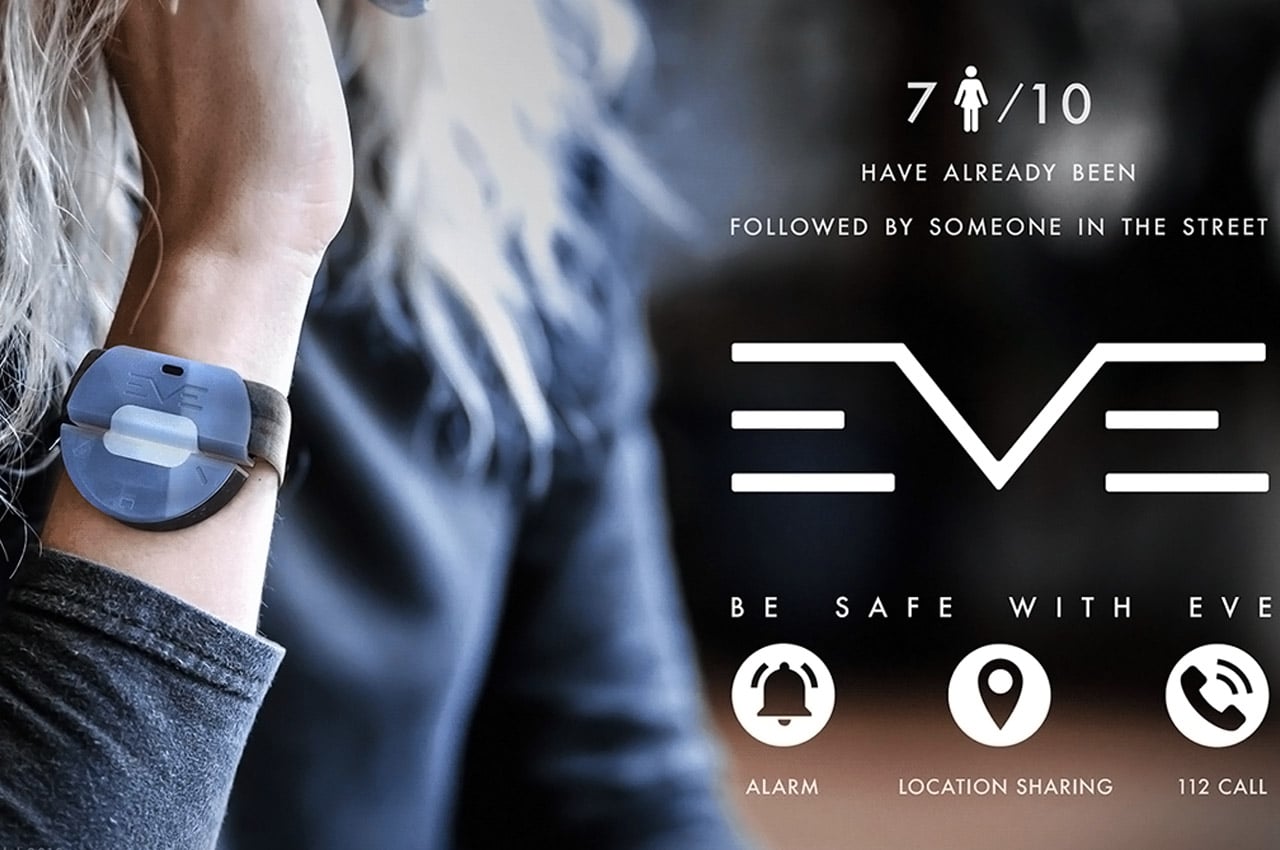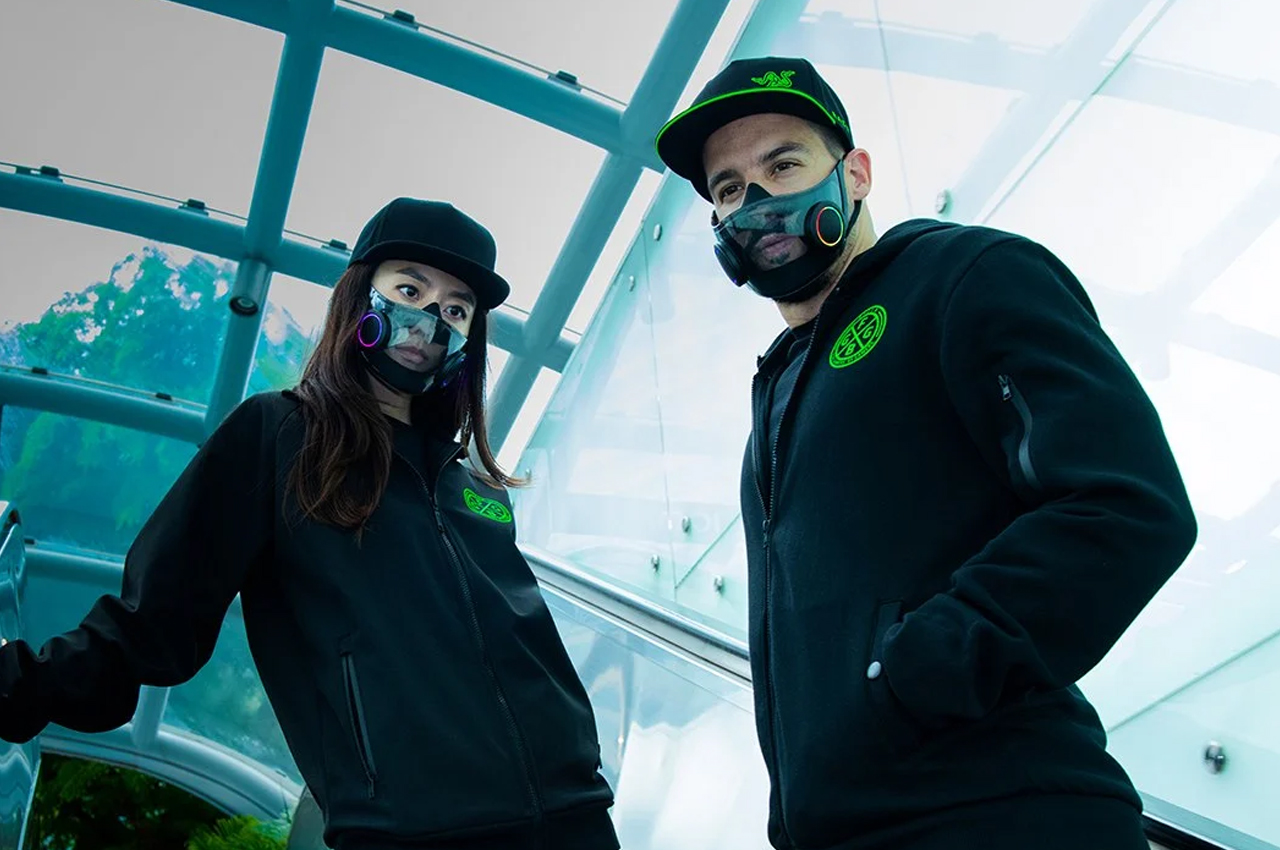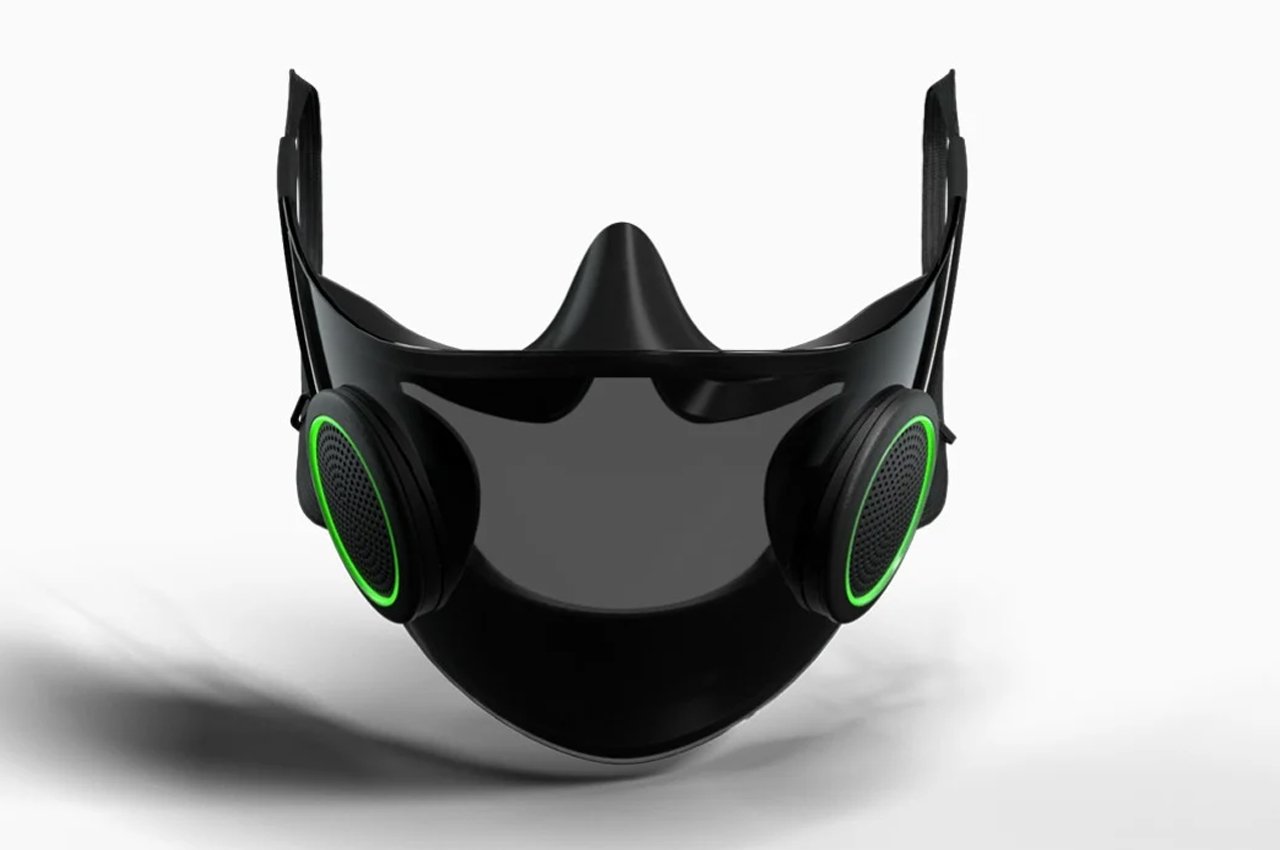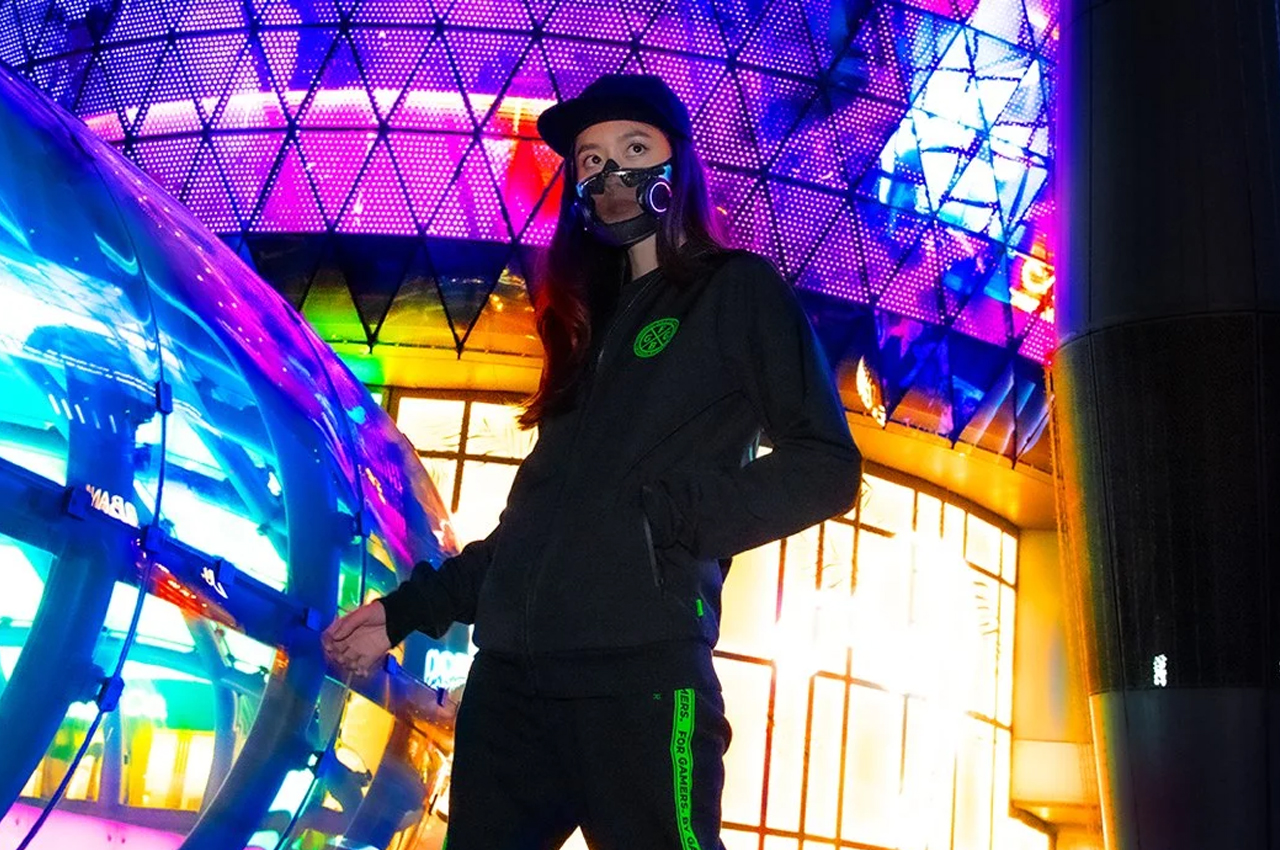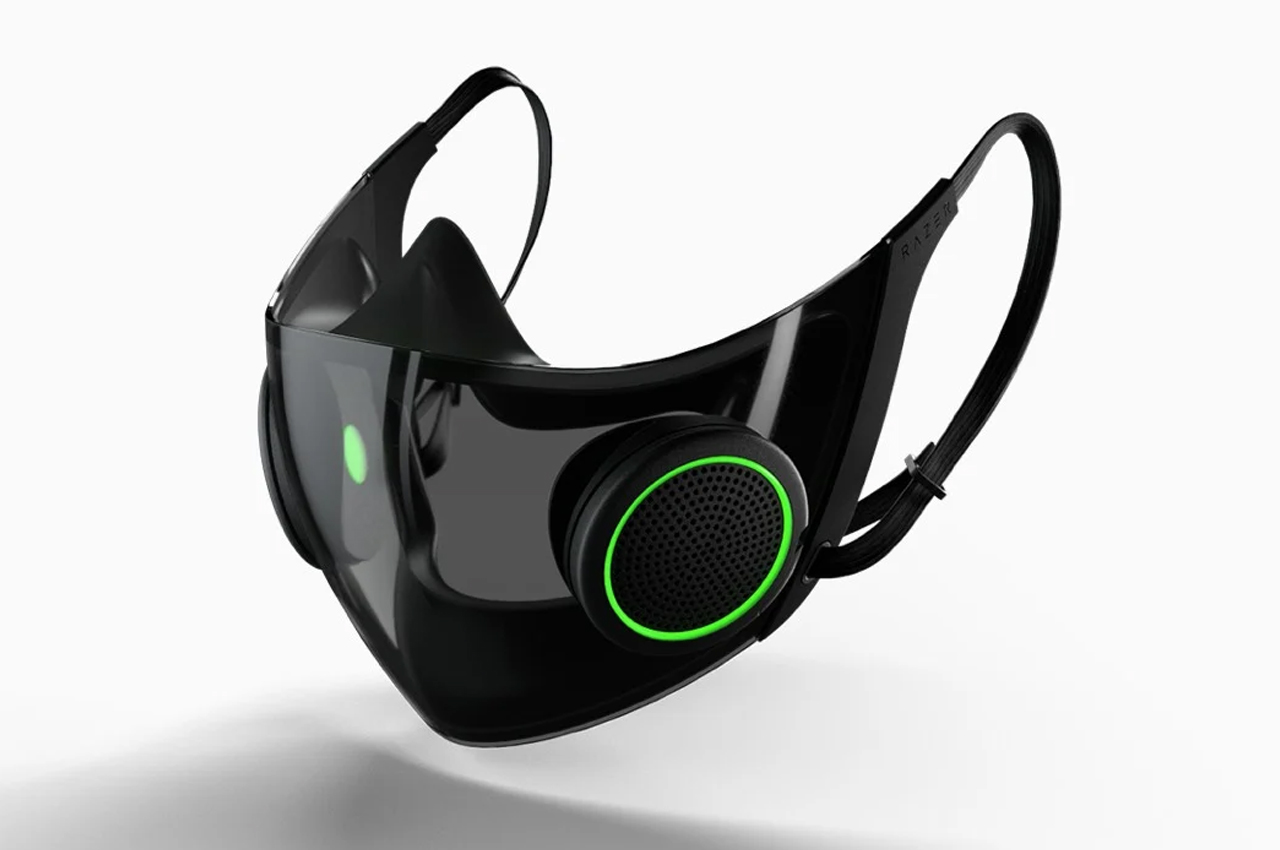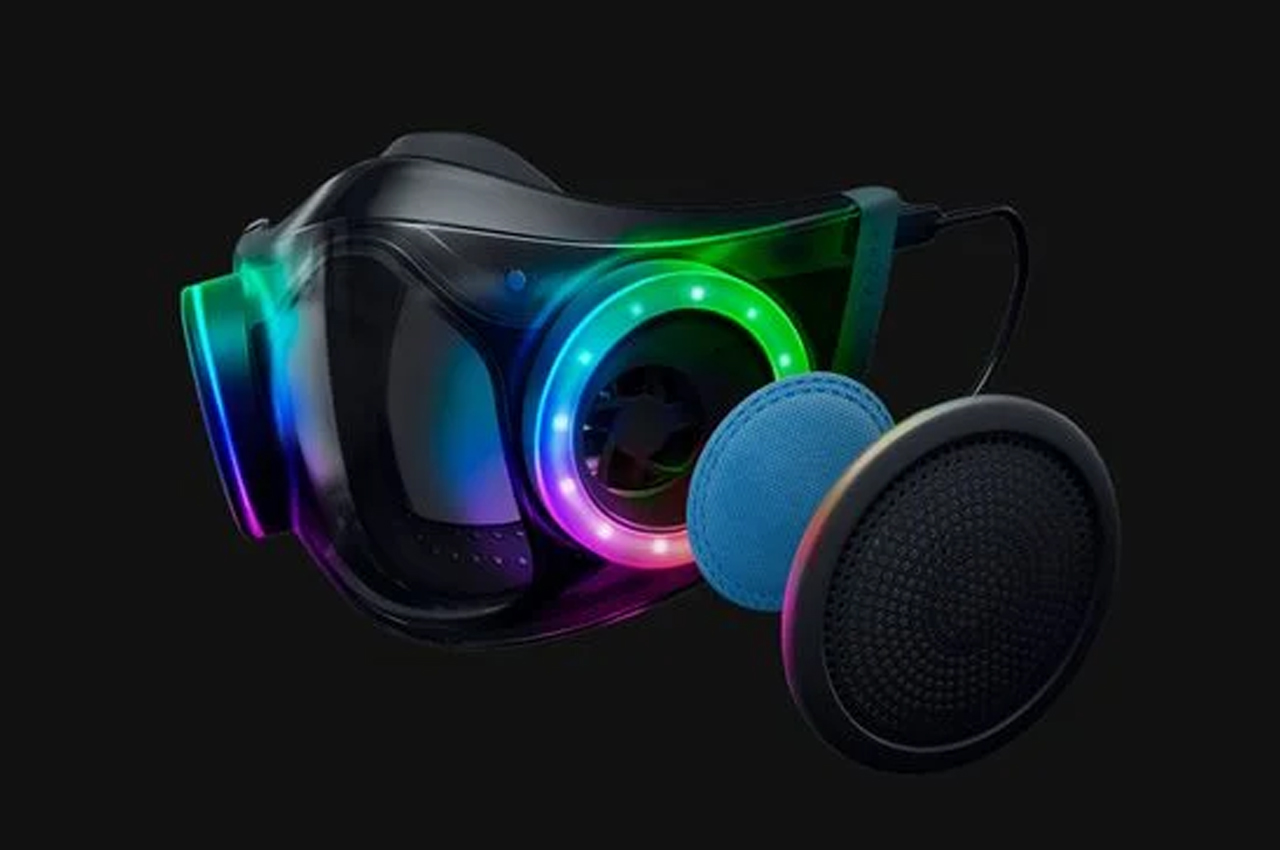If you’re old enough to remember the Livestrong craze, you’ll attest to the fact that it had a much more widespread cultural impact than the Apple Watch ever did. Promoting millions of sales as well as spawning millions of cheap copies, the Livestrong band was perhaps one of the largest awareness initiatives of our time, raising awareness for cancer and providing support for cancer survivors. Cut to 2021, and the Livestrong band’s been replaced by step-trackers, fitness bracelets, and smartwatches… but there’s a problem. Not many of them compare to how much of a fashion statement those bands were.
Designed to meld the worlds of fashion and fitness, the WHOOP 4.0 band sports a minimalist, sans-screen design that echoes the fashion sensibilities of the Livestrong band. With a design that highlights the fitness tracker’s woven fabric band, the WHOOP 4.0 does two jobs remarkably well – it expertly tracks your fitness stats, and looks good while doing it.
Designer: Aruliden for WHOOP
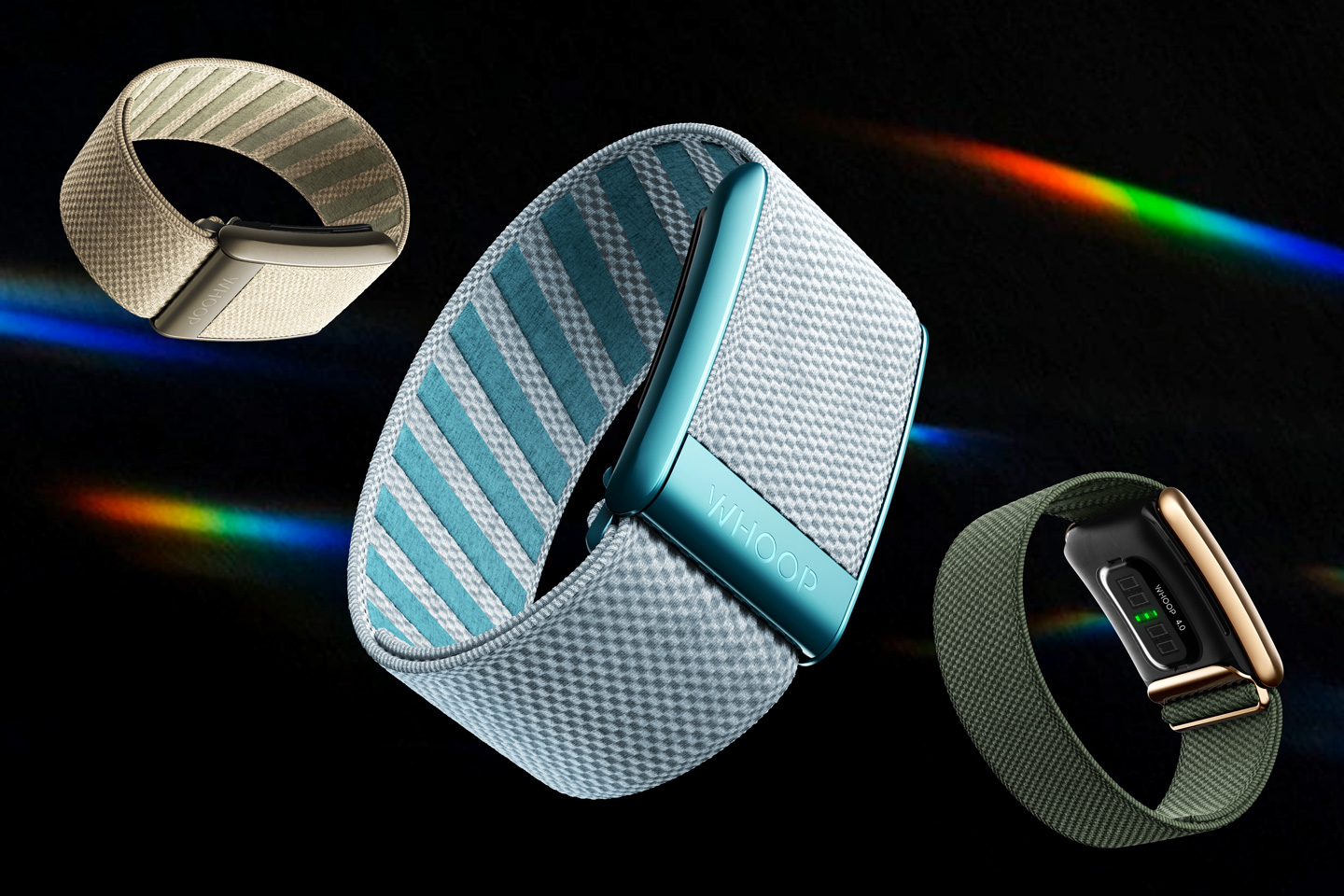
Having garnered the support of world-class sportspeople like LeBron James among other Olympic athletes, WHOOP has revolutionized human fitness and performance through its combination of tracking physiological data and providing real-time effective coaching to help reduce injury and boost performance. Currently in its 4th edition, the band, created by design studio Aruliden for WHOOP, sports a smaller, smarter, more streamlined design that features the tracking device itself, along with an interchangeable fabric band that lets you simply and easily swap bands to suit your fashion needs or match your outfit.

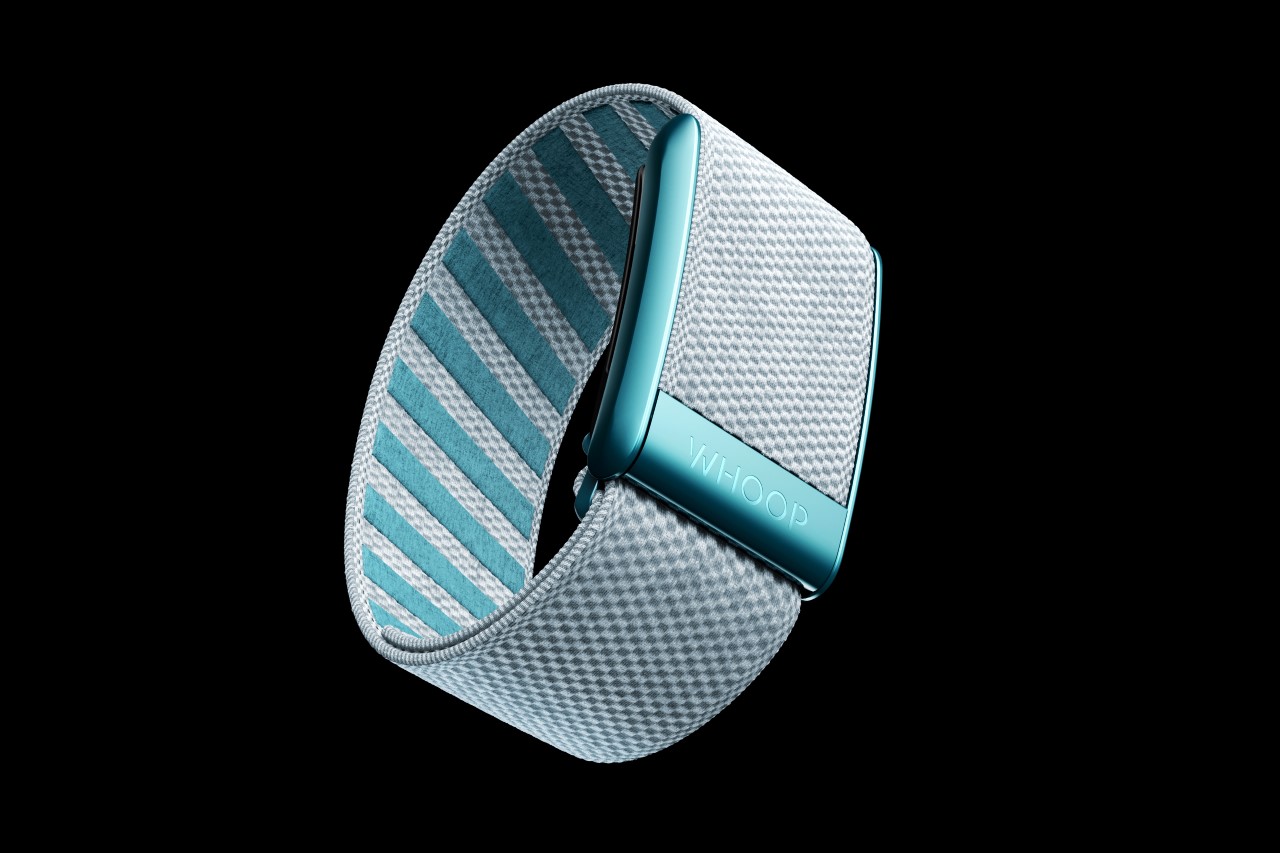
What really sets the WHOOP 4.0 aside is its fashion-friendly design. The product does away with the silicone and plastic constructions seen on most bands, opting instead for a slick wraparound woven fabric that clamps in place using a metal buckle, with the tracker underneath. The tracker sits sandwiched right between the fabric and your body, doing what it needs to do, while staying effectively hidden from view.
“Our innovative design for WHOOP rethought the archetype of the wearable category,” mentions the Aruliden team. All of the team’s design decisions around the WHOOP 4.0 are focused towards combining fashion and tech, while keeping them separated. For starters, the band ditches the screen altogether, immediately setting itself apart from its tech-focused competition. The lack of a screen, of buttons, or even of the tracker itself allows the WHOOP 4.0 to comfortably sit in the category of a fashion accessory, while quietly and effectively doing the job of a state-of-the-art fitness, sleep, and recovery tracker.
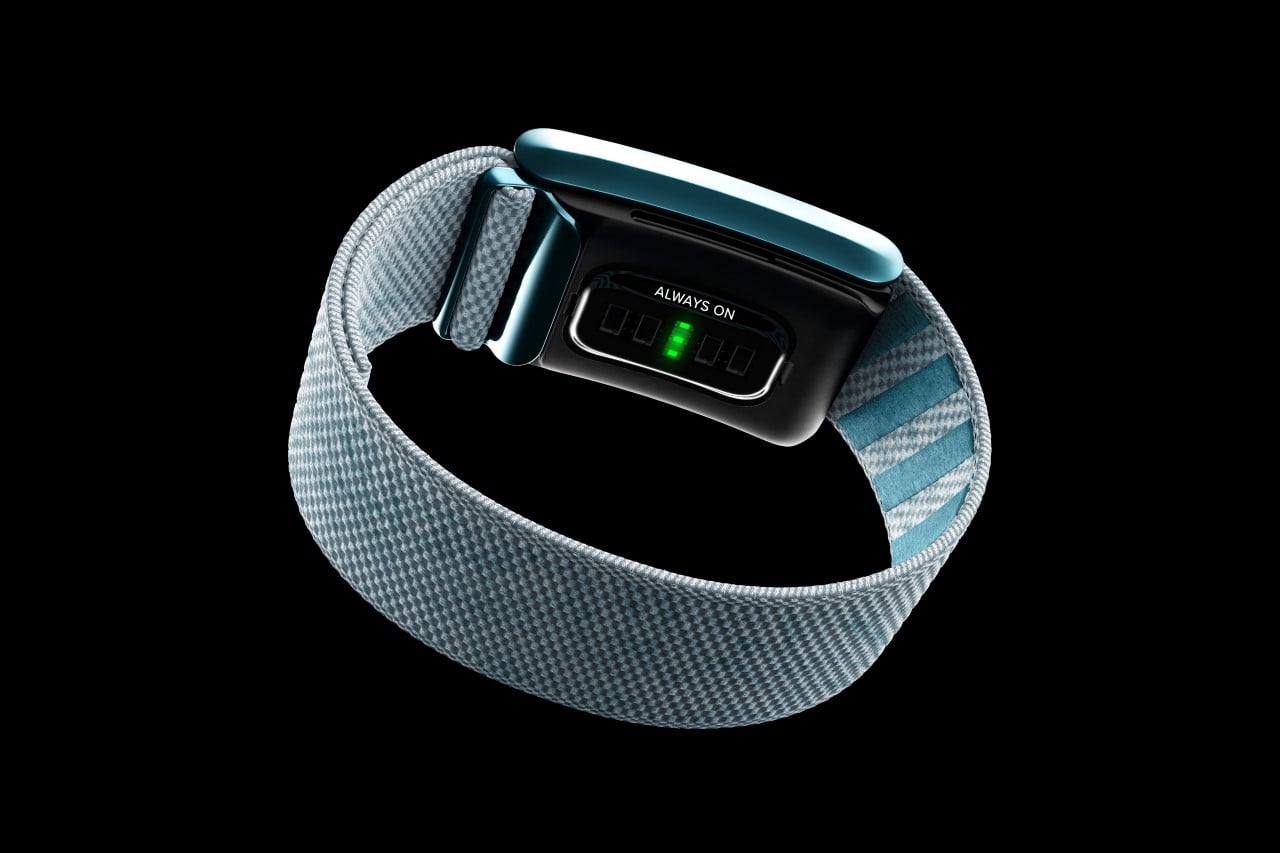
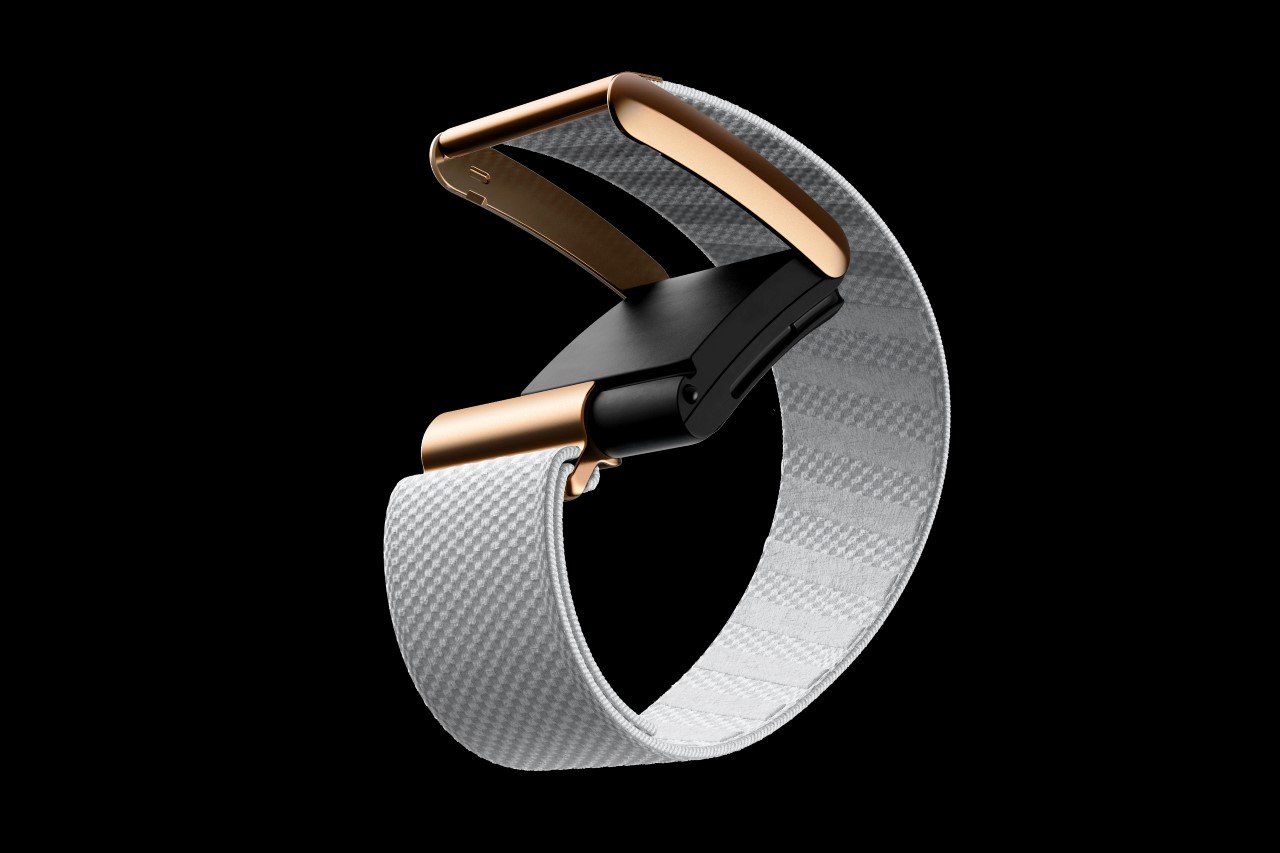
Sitting in a housing that’s 33% smaller than its predecessor, the WHOOP 4.0 comes with a variety of new features. Its tinier, smarter design allowed Aruliden to even develop the WHOOP Body ecosystem of accessories that let you attach the WHOOP 4.0 hardware device to any part of your body. The new technology within the WHOOP 4.0 device leverages an upgraded sensor configuration for optimal accuracy, and WHOOP’s Any-Wear Technology includes a first-of-its-kind line of smart apparel which enables members to wear their WHOOP 4.0 on multiple locations across the body. The smart apparel collection is available in two collections: the Training Collection comes in sports bras, compression tops, leggings, shorts, and athletic boxers while the Intimates Collection has bralettes and everyday boxers.
Technology includes a first-of-its-kind line of smart apparel which enables members to wear their WHOOP 4.0 on multiple locations across the body. The smart apparel collection is available in two collections: the Training Collection comes in sports bras, compression tops, leggings, shorts, and athletic boxers while the Intimates Collection has bralettes and everyday boxers.
“We’ve always aspired to develop wearable technology that is either cool or invisible. With the launch of WHOOP 4.0 and WHOOP Body, we have accomplished both goals and are now setting the standard for the future of our industry”, said Will Ahmed, WHOOP Founder & CEO.
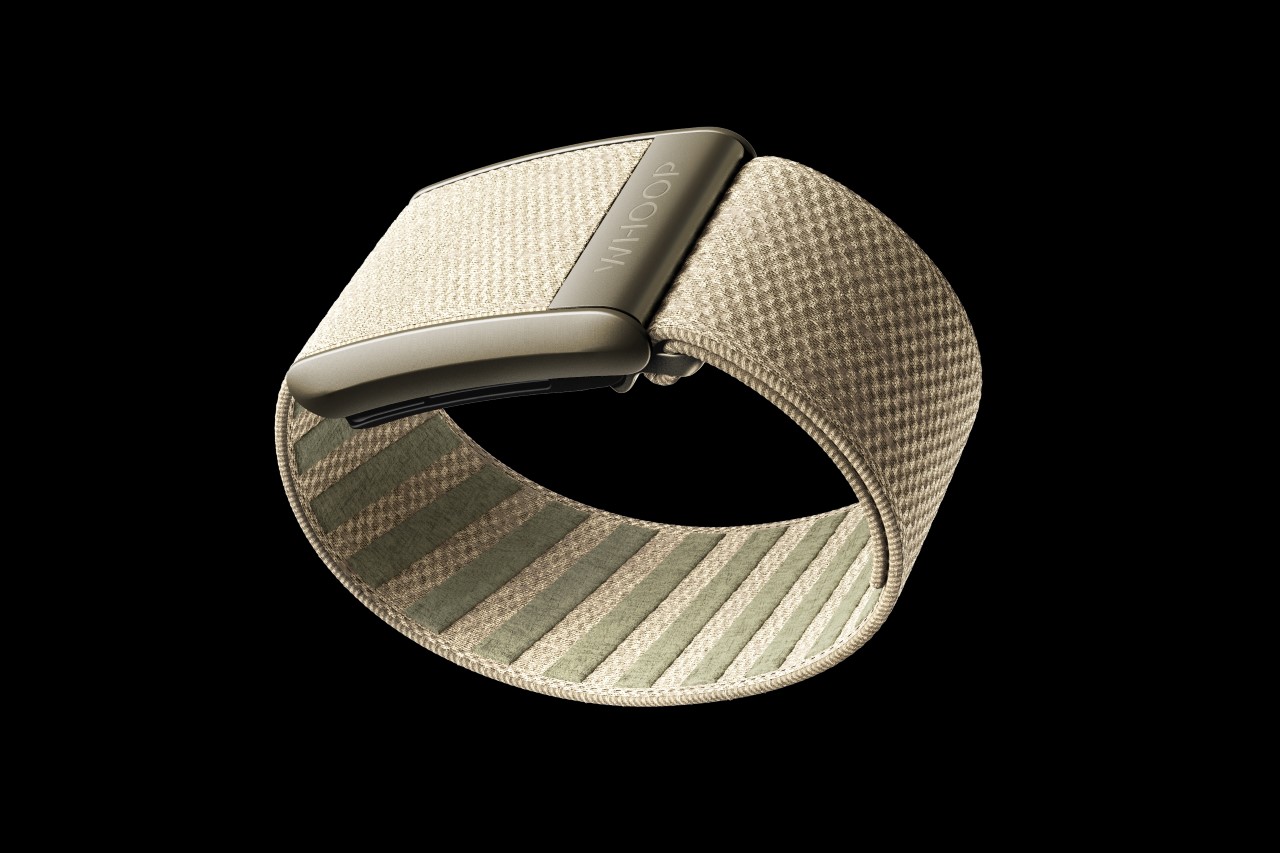
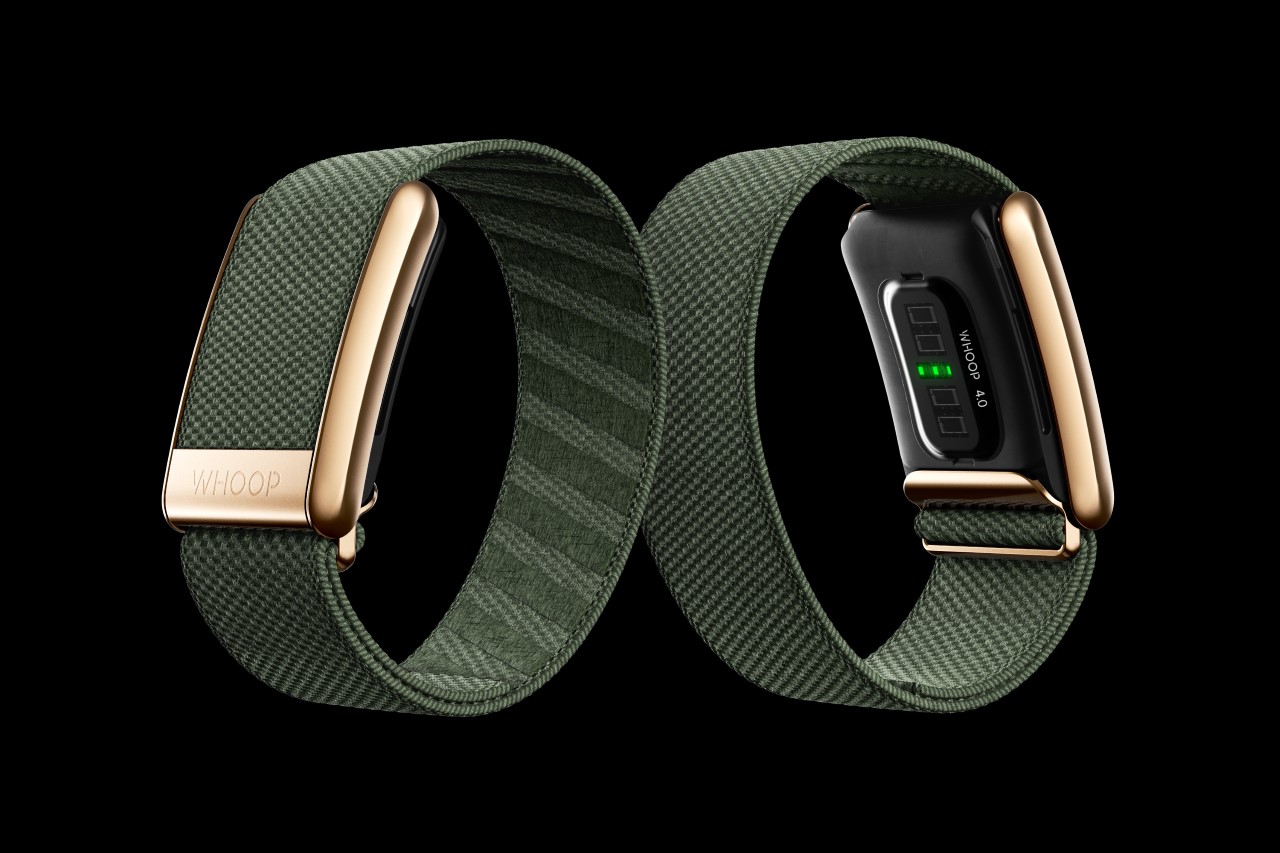
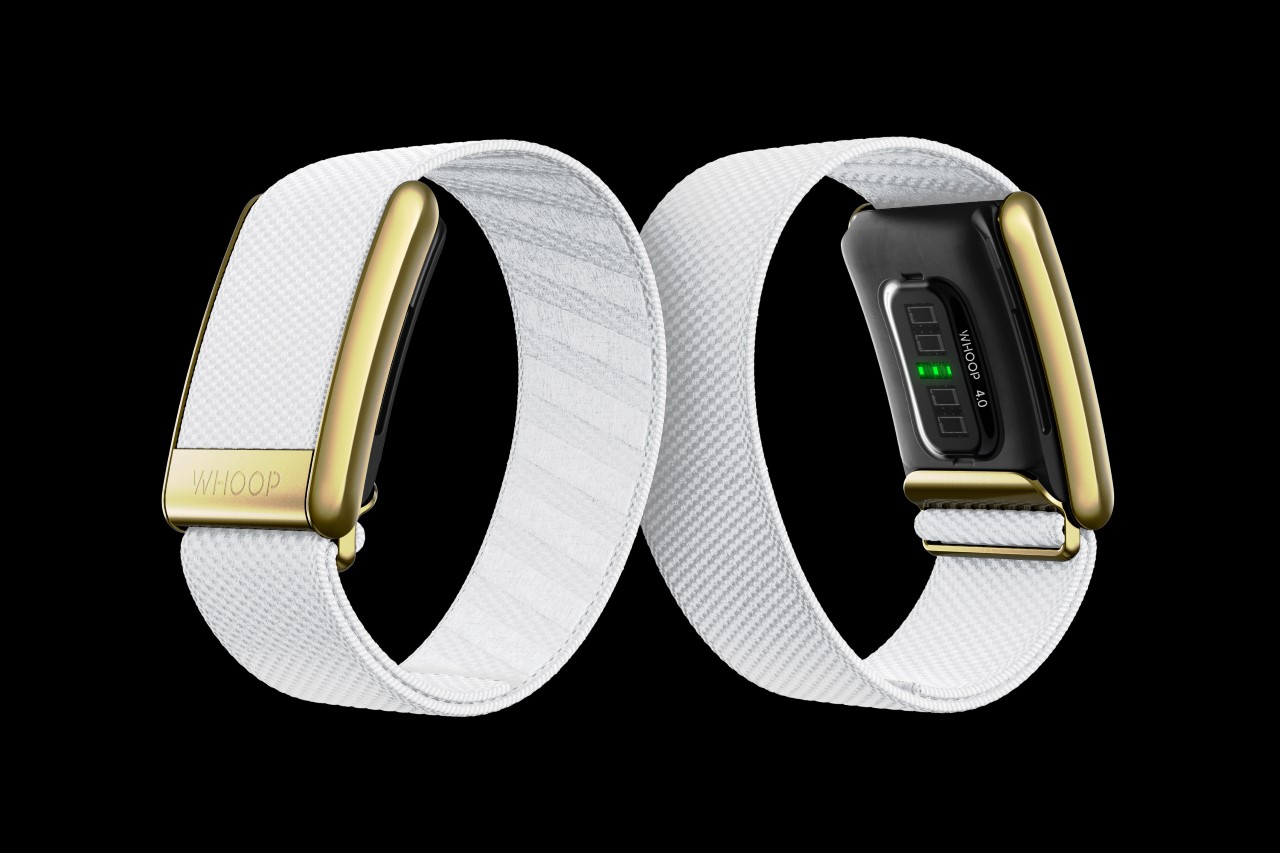
WHOOP 4.0 features include:
Upgraded Sensor Configuration: The active sensor area now balances green and infrared lights with five LEDs, four photodiodes, and advanced algorithms to provide more accurate heart rate measurements
33% Smaller Size: WHOOP 4.0 is 33% smaller than WHOOP 3.0 with a five-day battery life
New Feature – Sleep Coach with Haptic Alerts:WHOOP 4.0 is engineered with haptic alerts that members can set to wake them up through gentle vibrations at the optimal time based on their sleep needs and cycles
New Feature – Pulse Oximeter: The upgraded hardware is equipped to calculate blood oxygen levels (SPO2) to help members unlock daily health insights
New Feature – Skin Temperature Sensor: WHOOP 4.0 can now measure skin temperature and provide members another layer of knowledge about their bodies
New Feature – Health Monitor: Members can now track live heart rate, skin temperature, blood oxygen, resting heart rate, and heart rate variability in one view. The Health Monitor also allows members to easily download and export 30 or 180-day trends of these metrics into a PDF that can be shared with a coach, trainer, PT, PCP, or physician
WHOOP Battery Pack 4.0: The upgraded, waterproof battery pack lets members charge on the go and double-tap to view battery level
Next Generation Battery Technology: WHOOP 4.0 is the first product in the world powered with Sila’s silicon anode battery materials. Engineered with cell configuration improvements and long cycle life, the new battery delivers 17% higher energy density than WHOOP 3.0, facilitating a reimagined industrial design that also unlocks WHOOP Body.
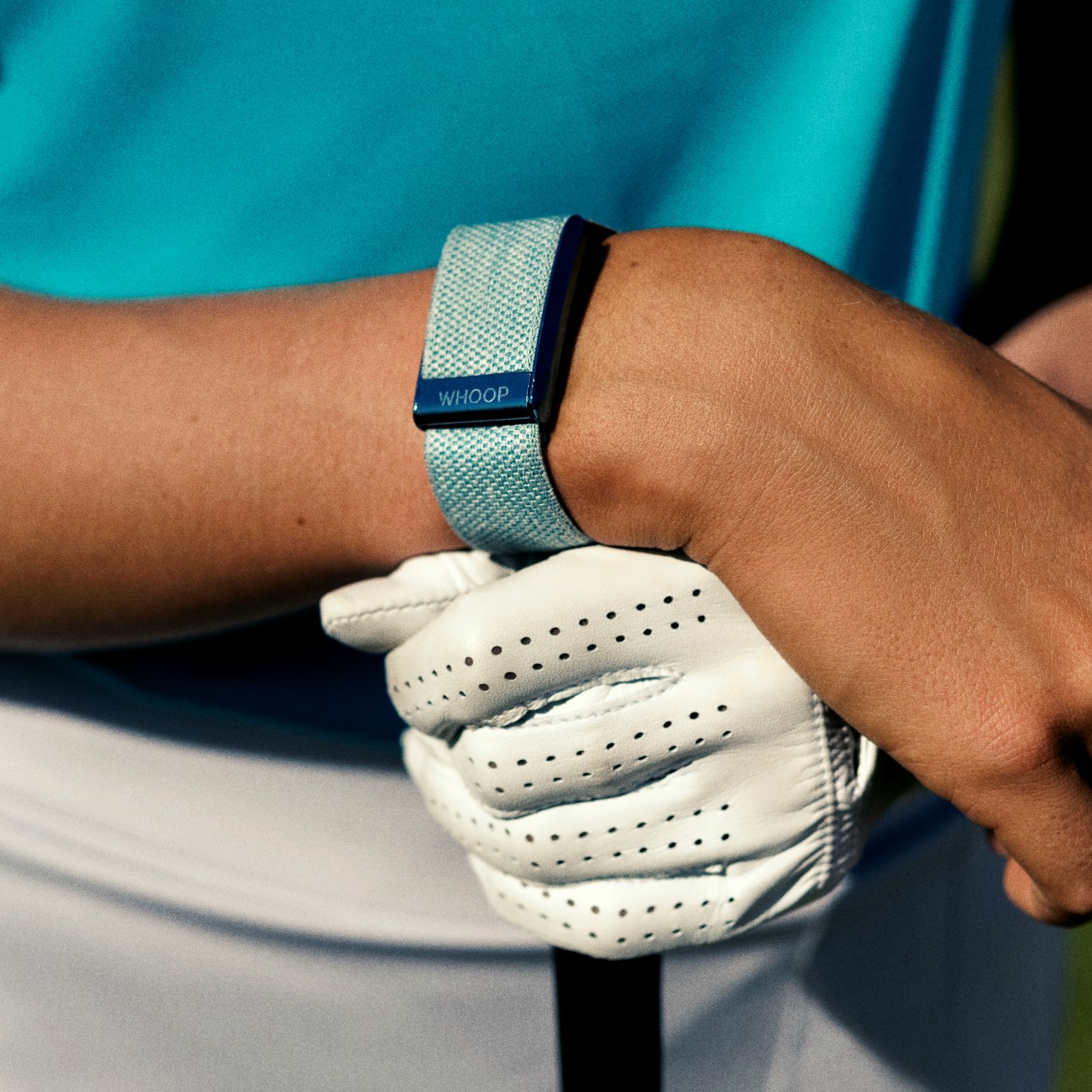
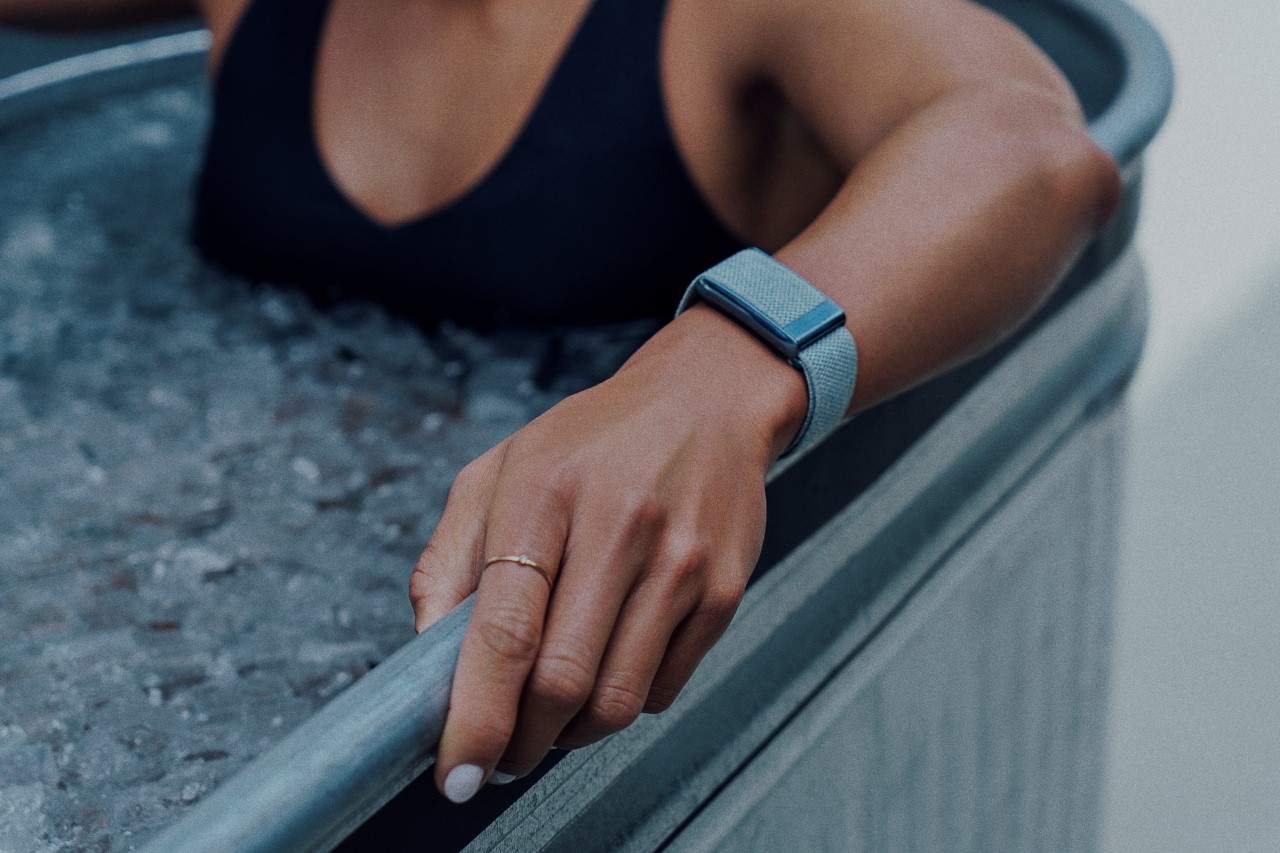
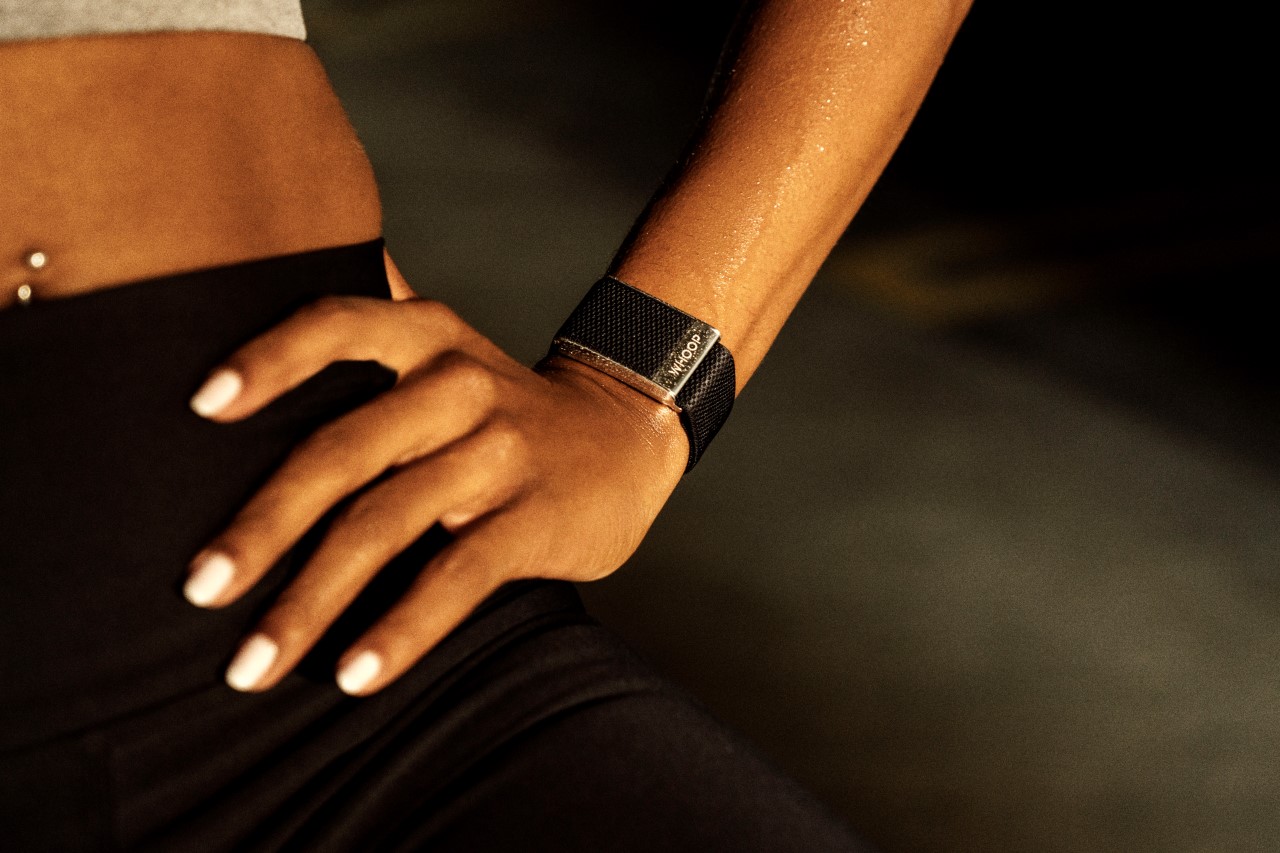
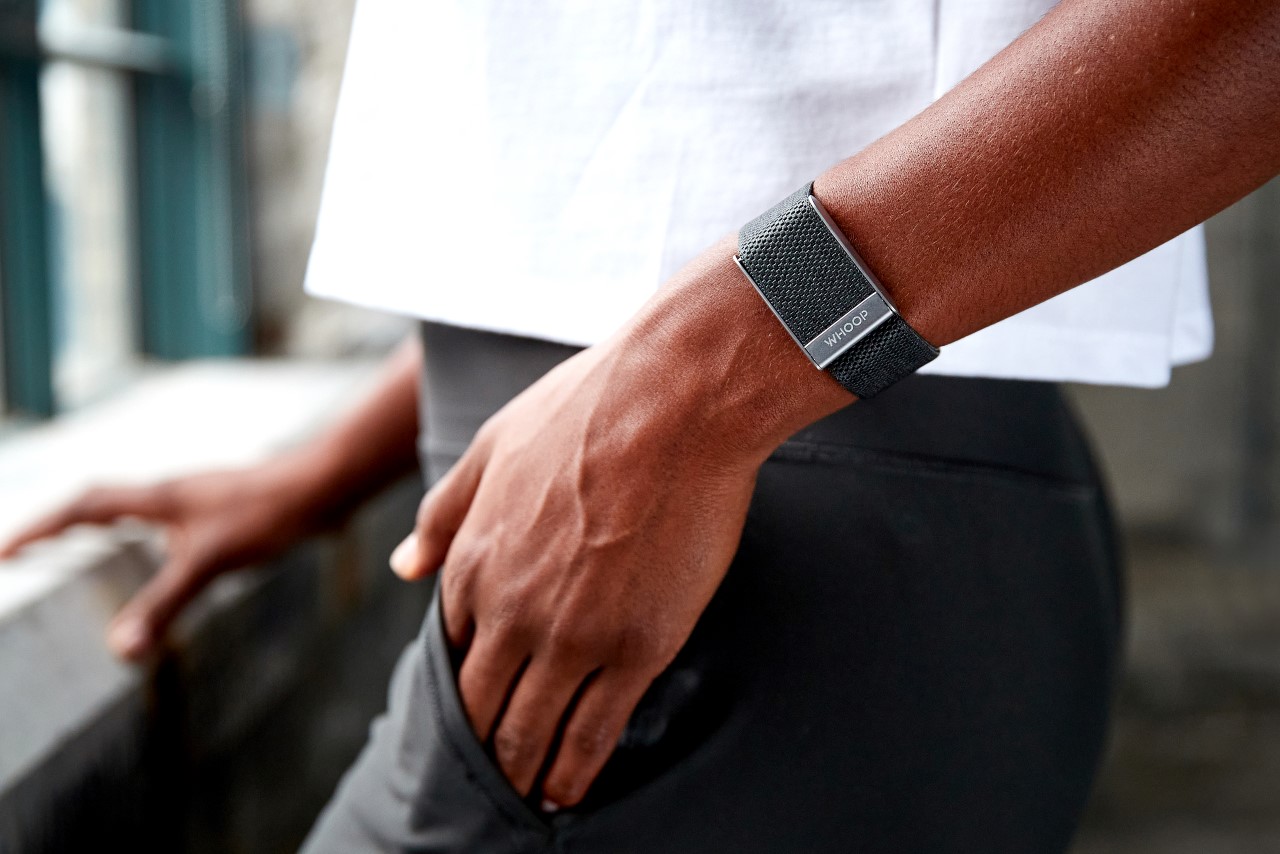
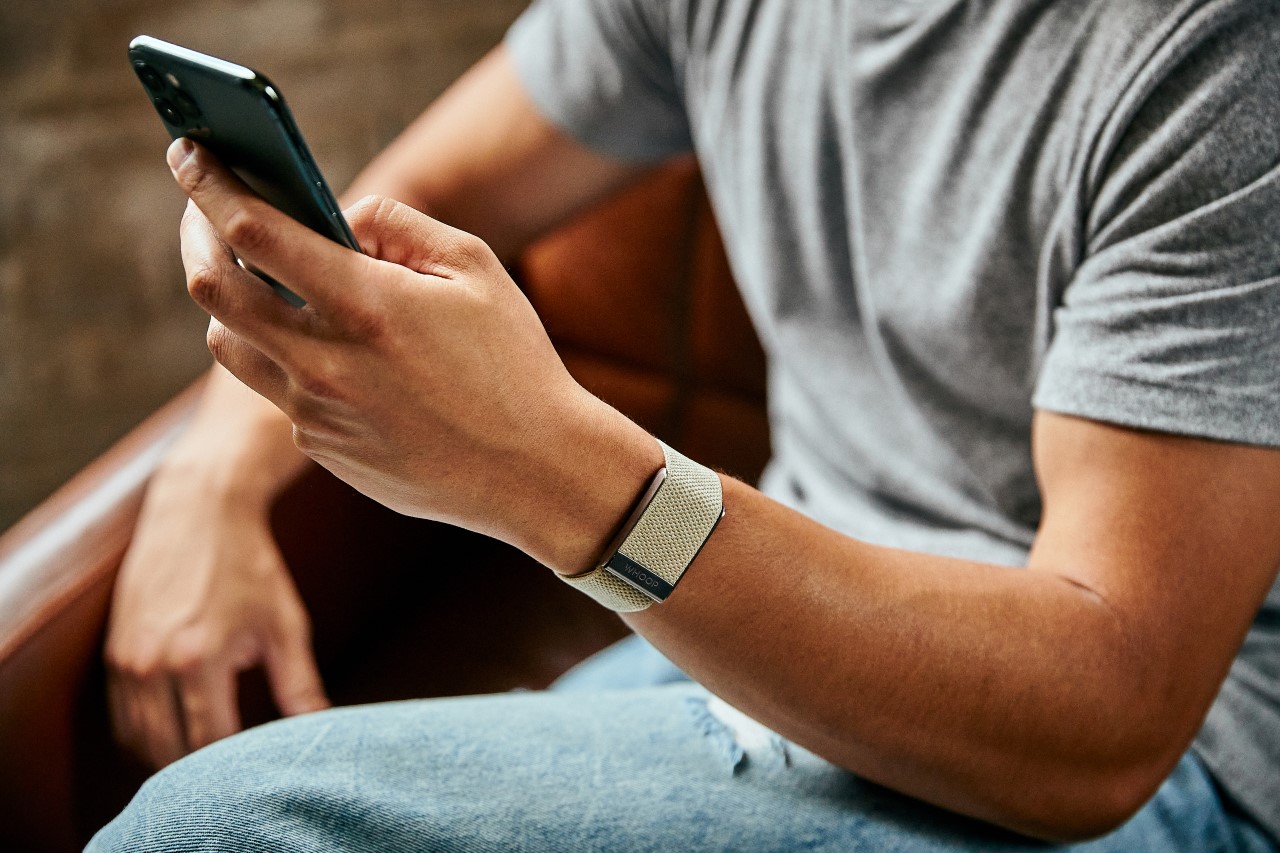
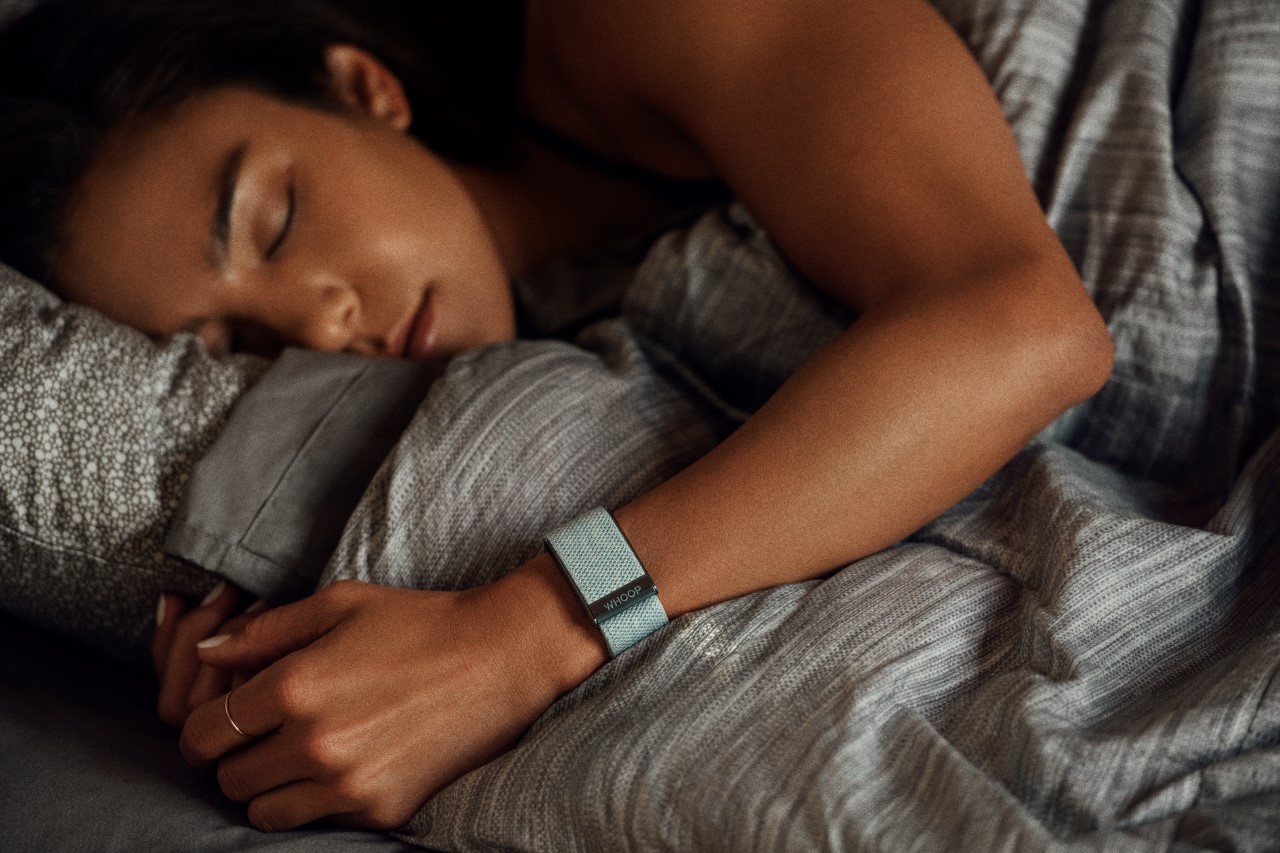

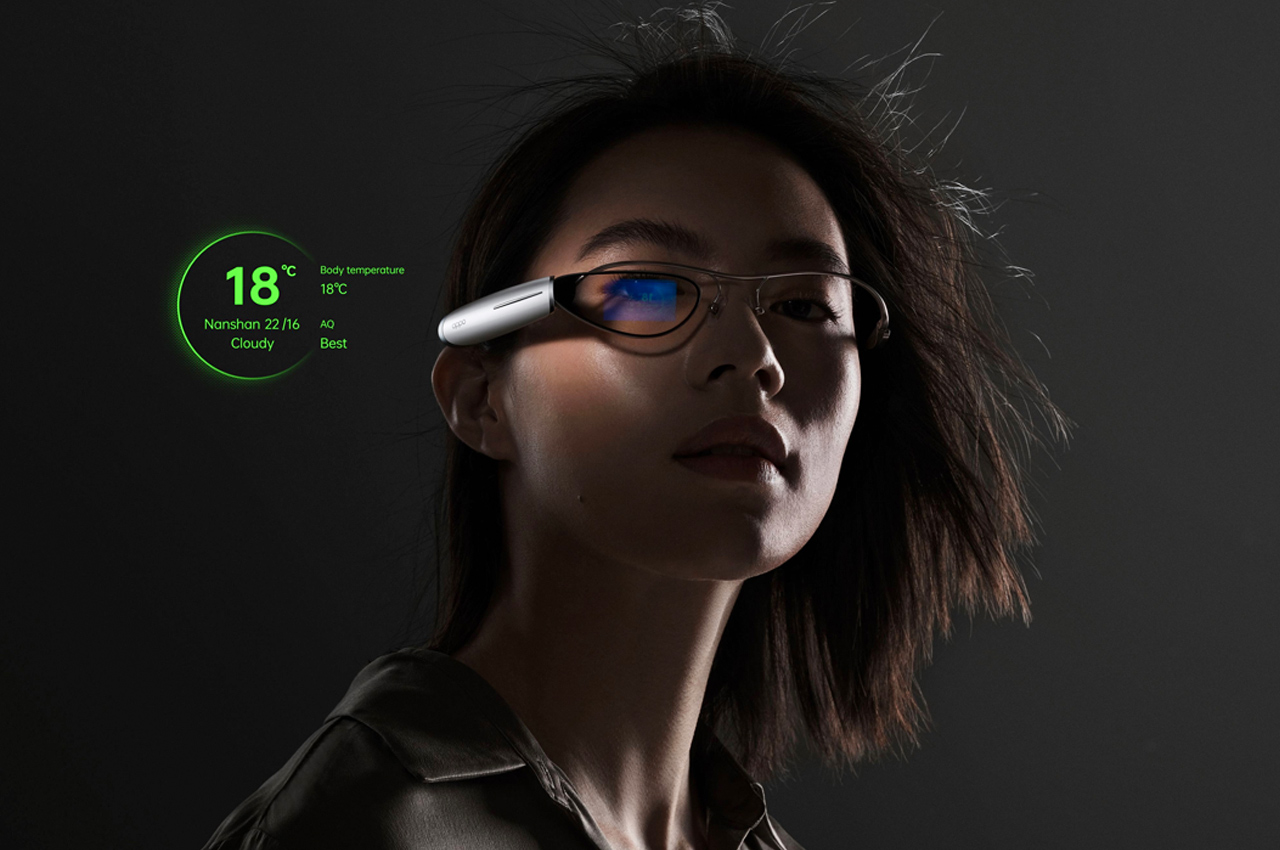
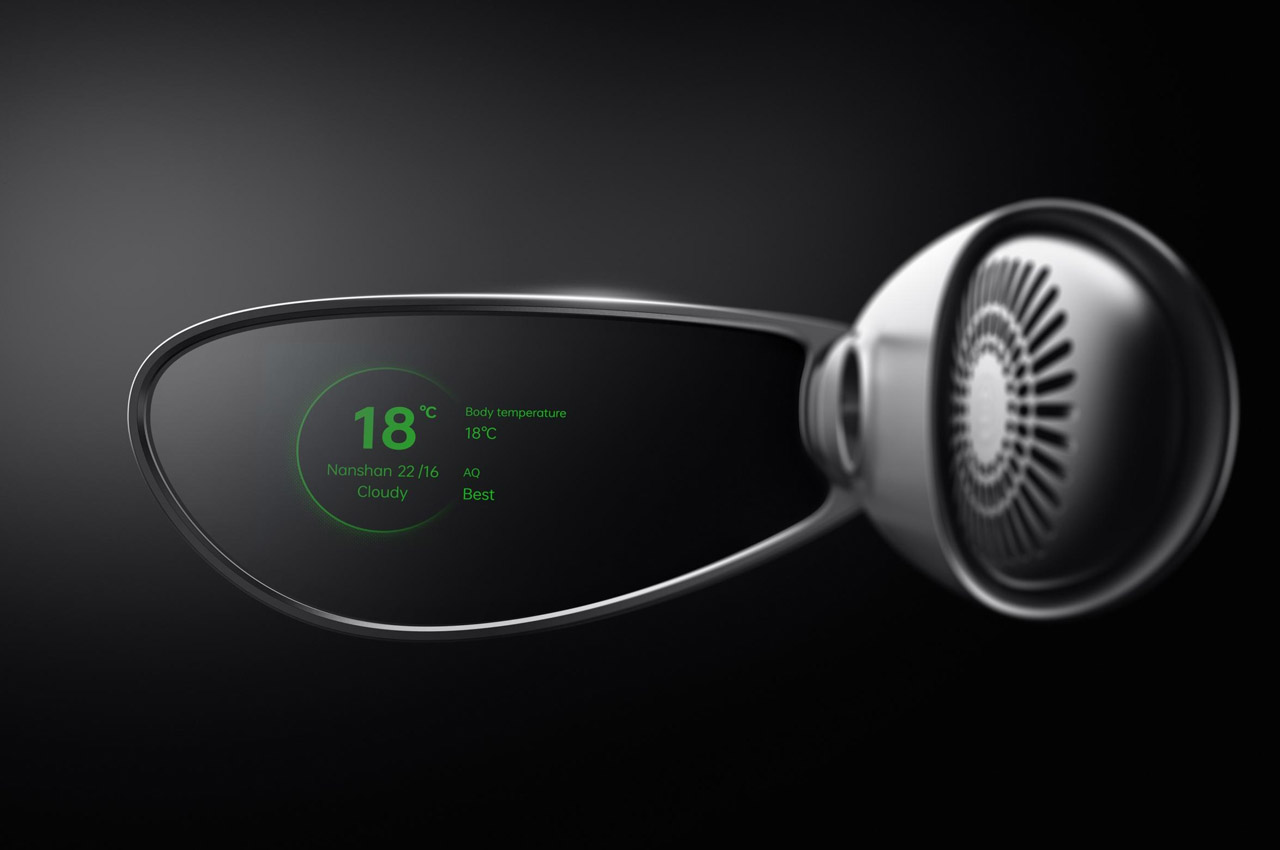
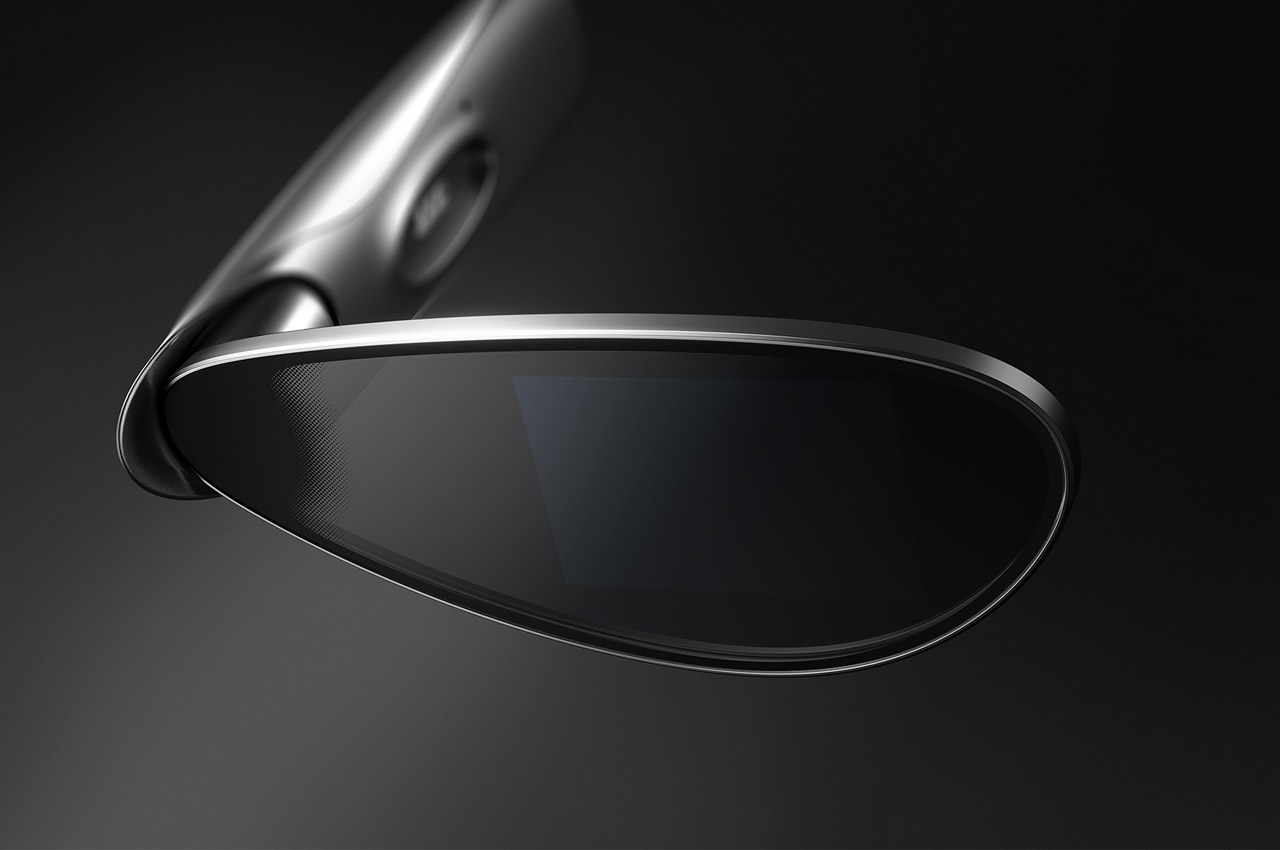
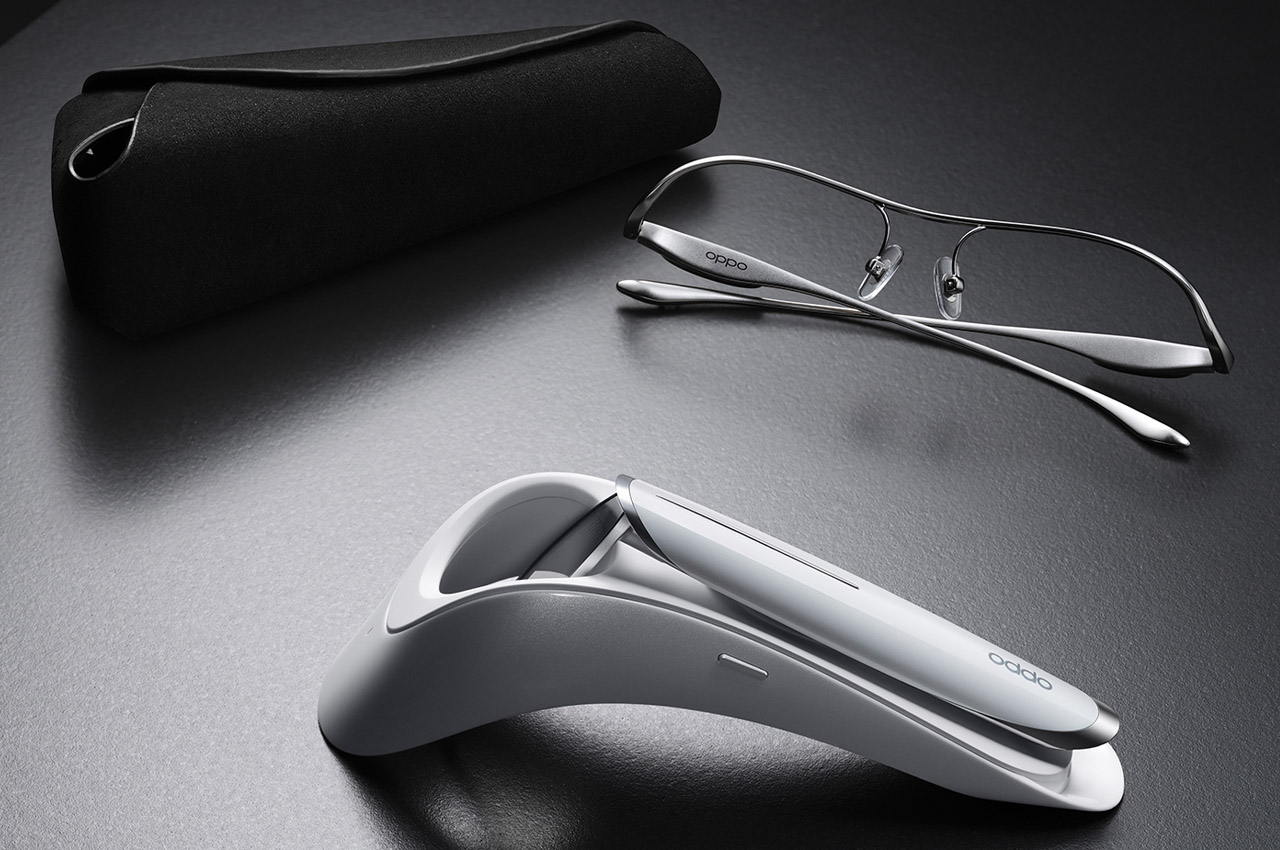
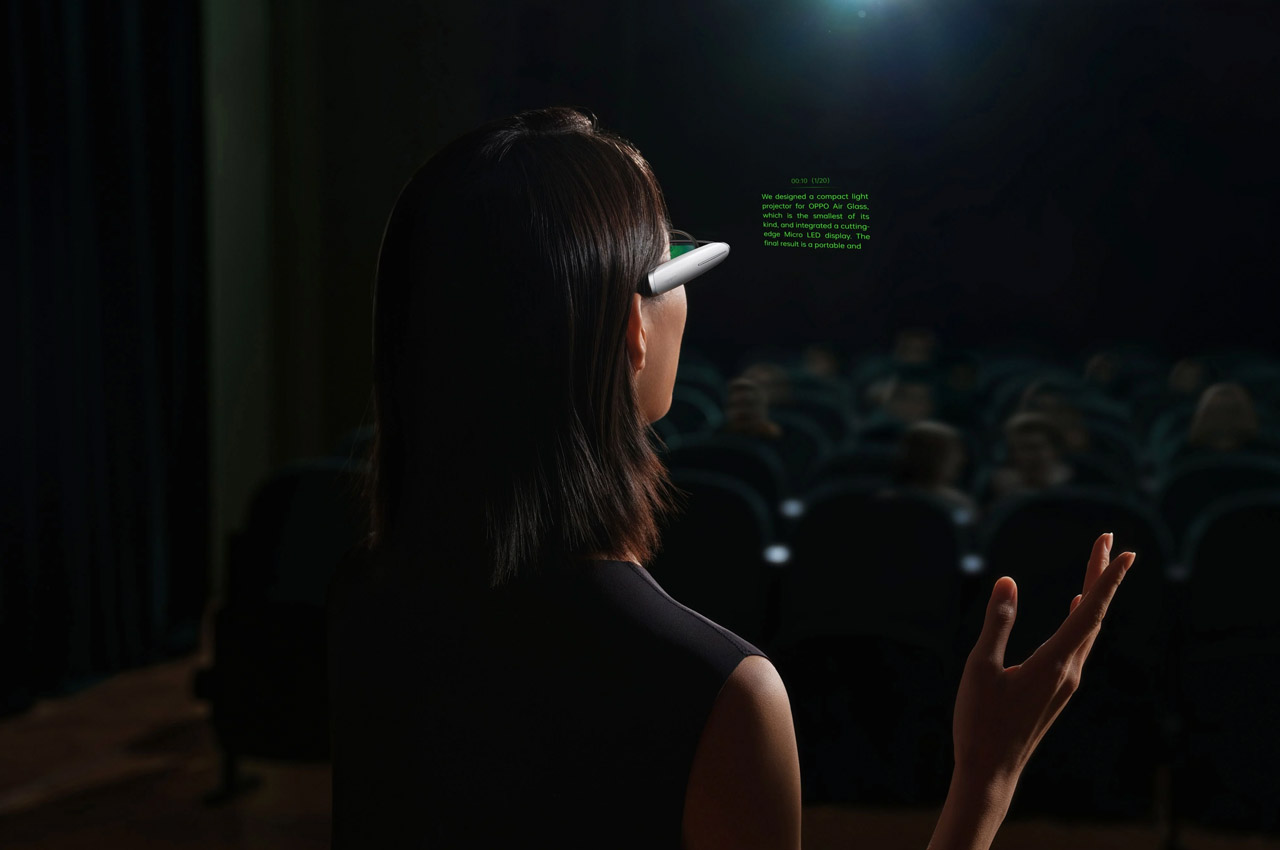
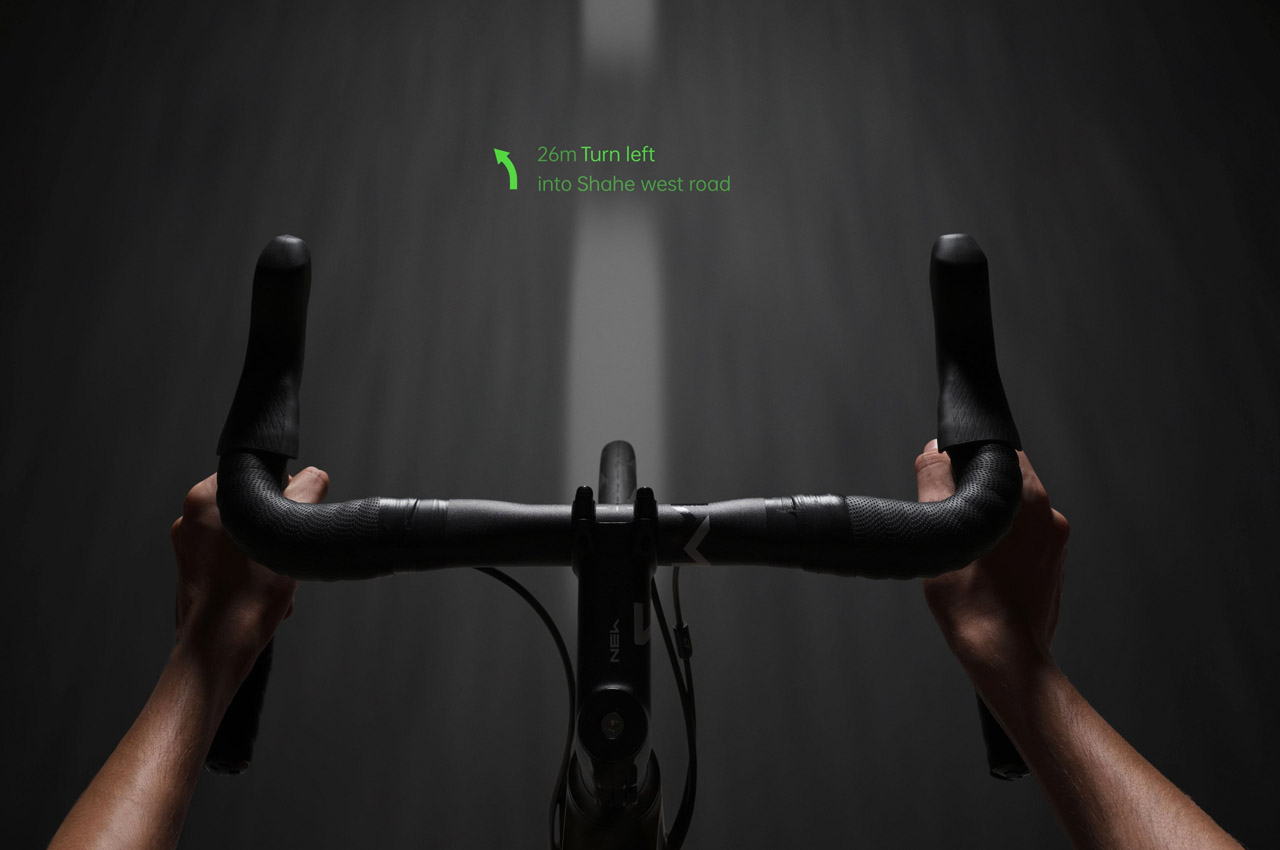
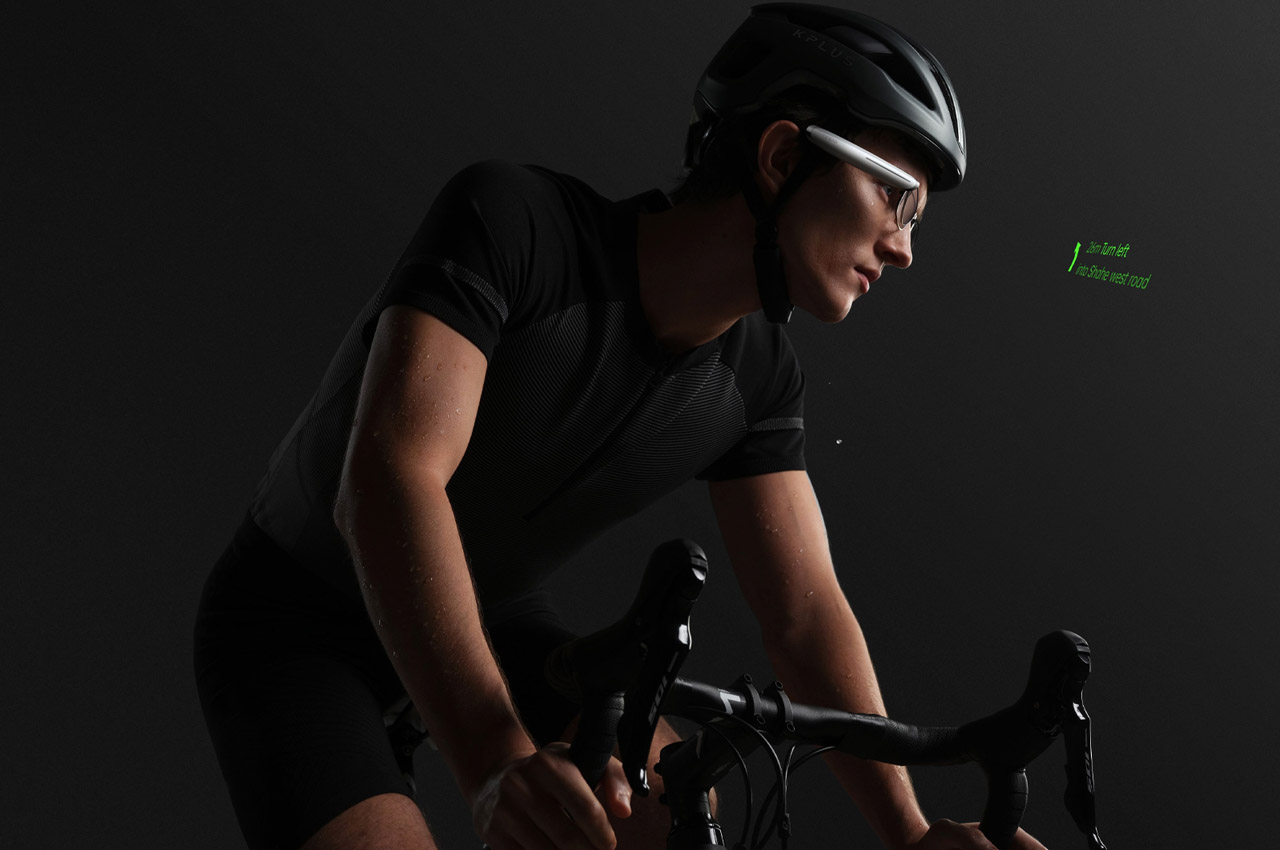
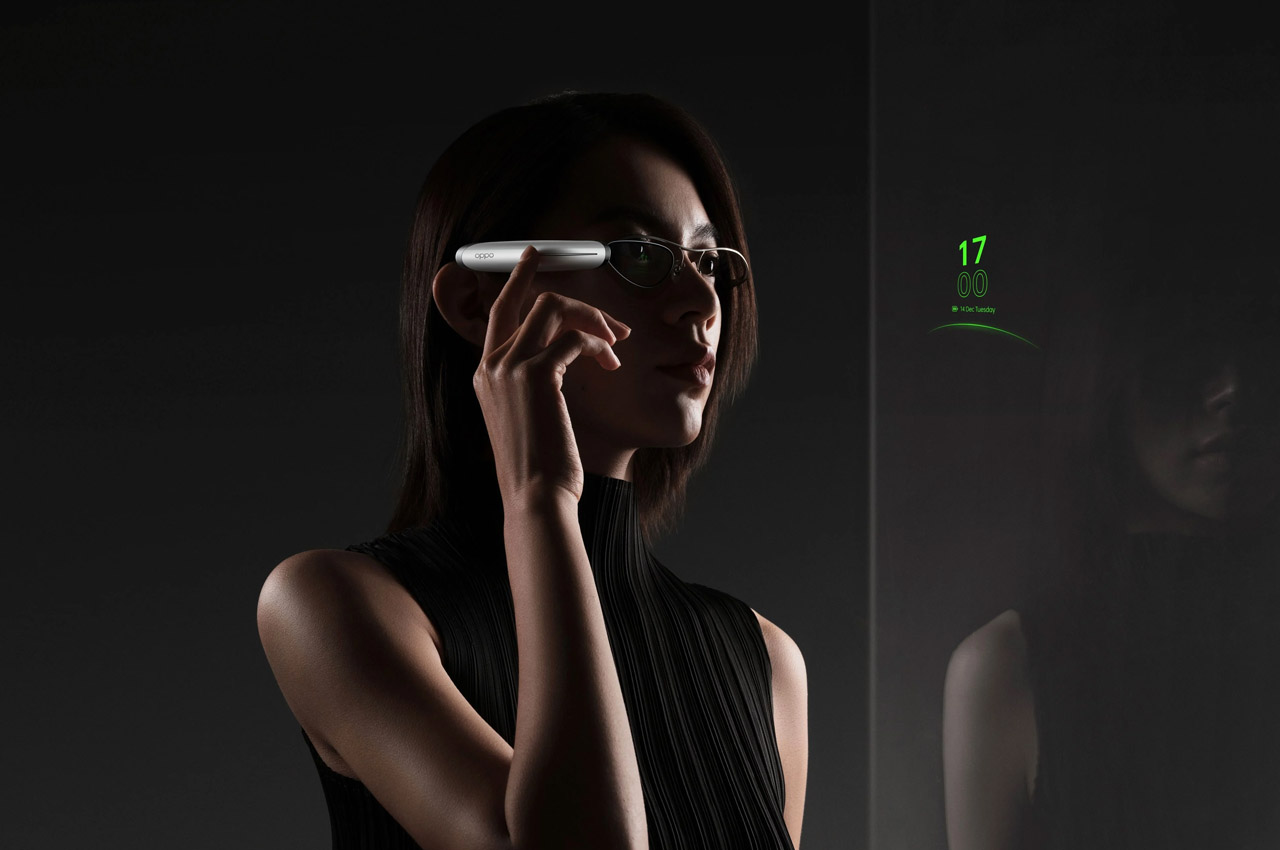
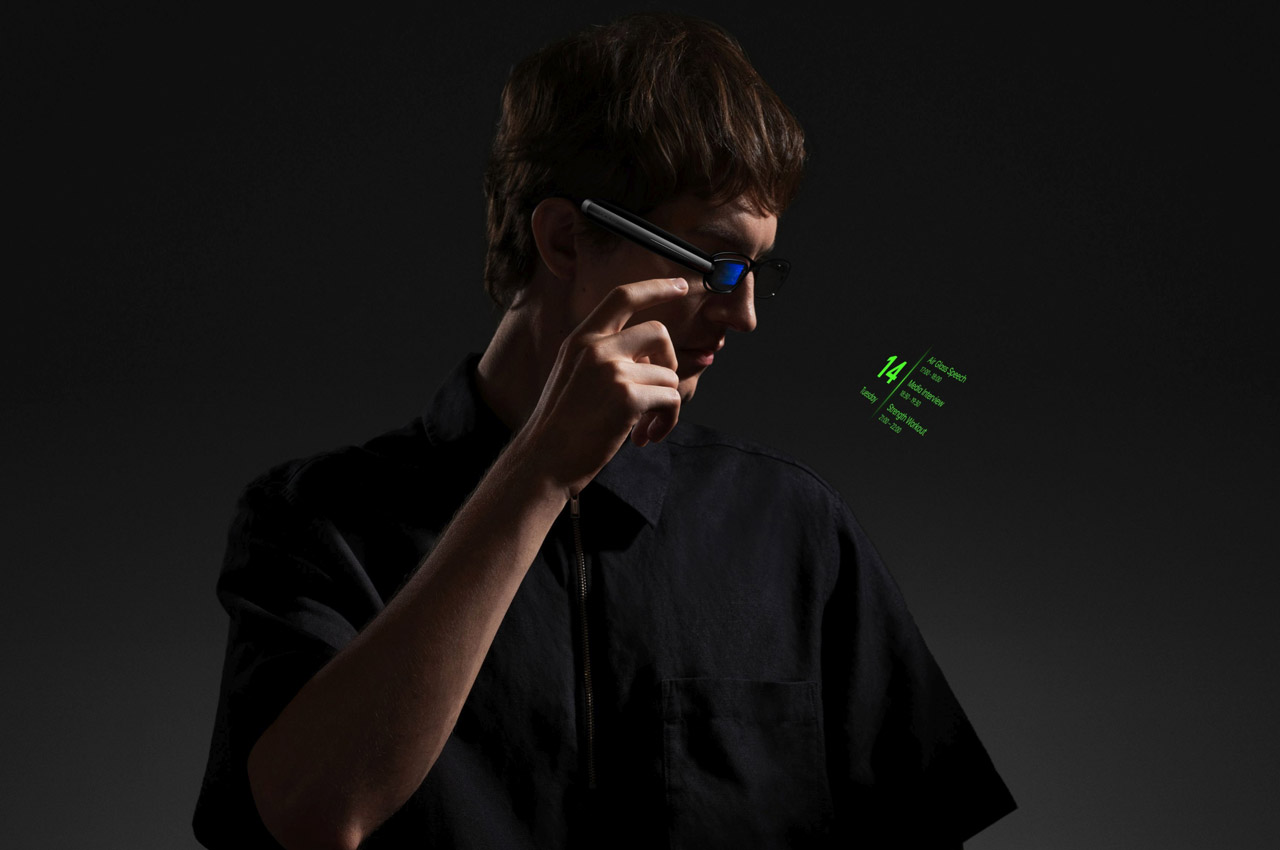
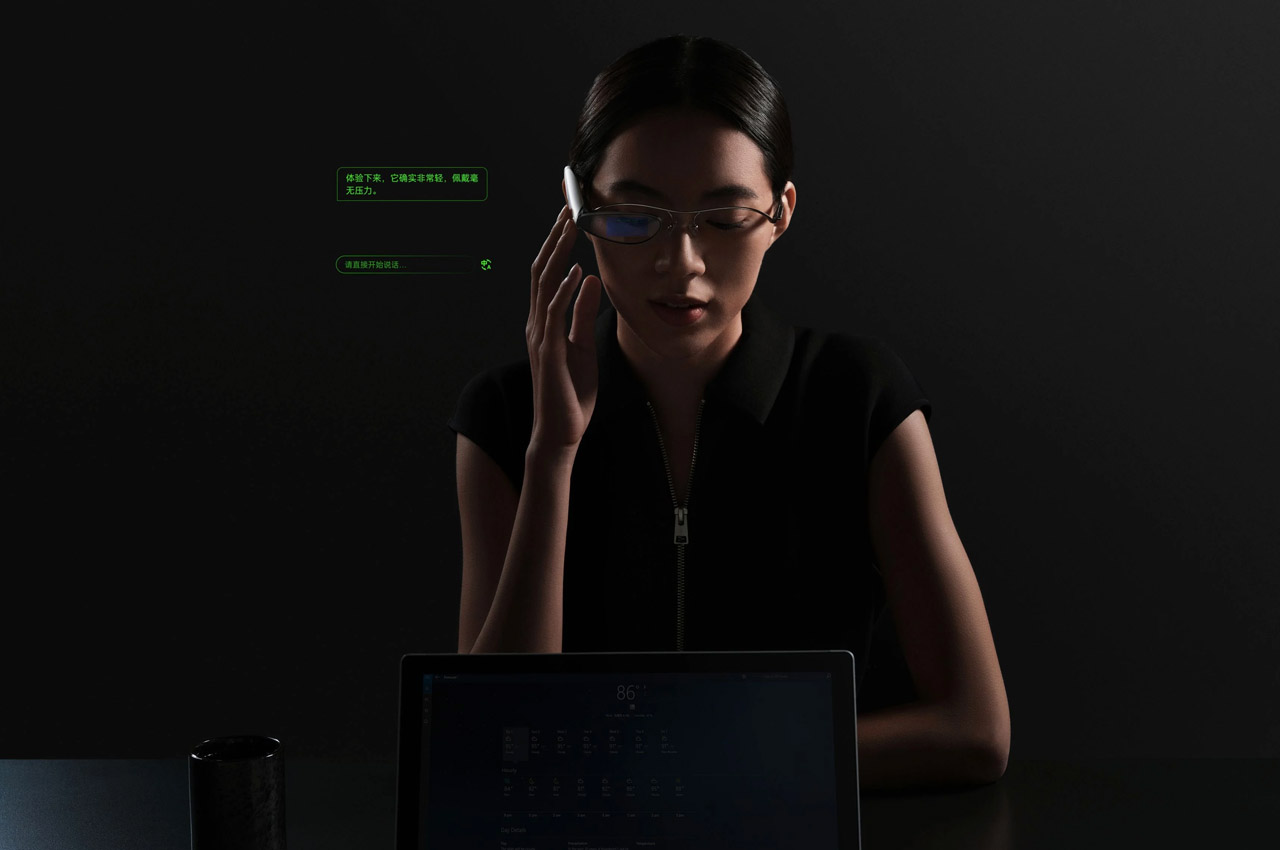
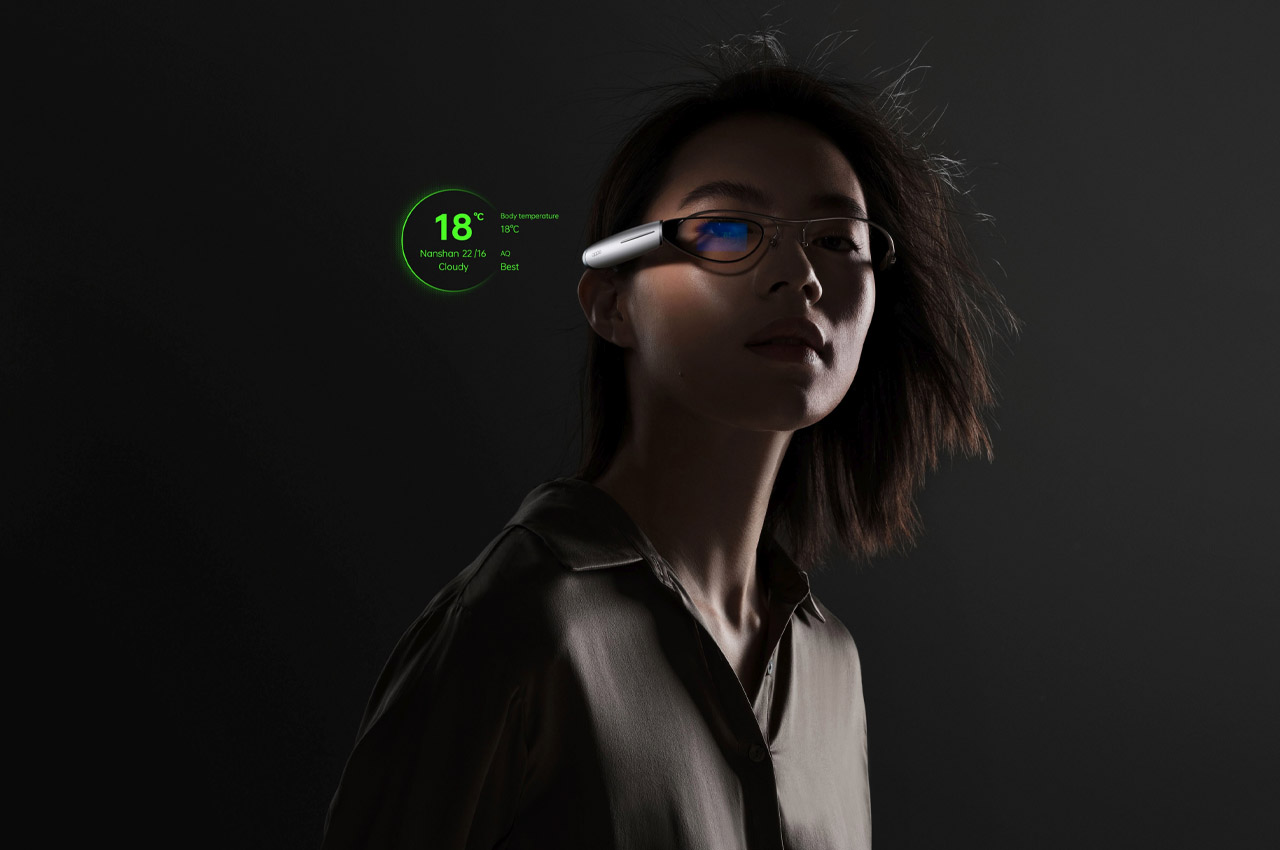
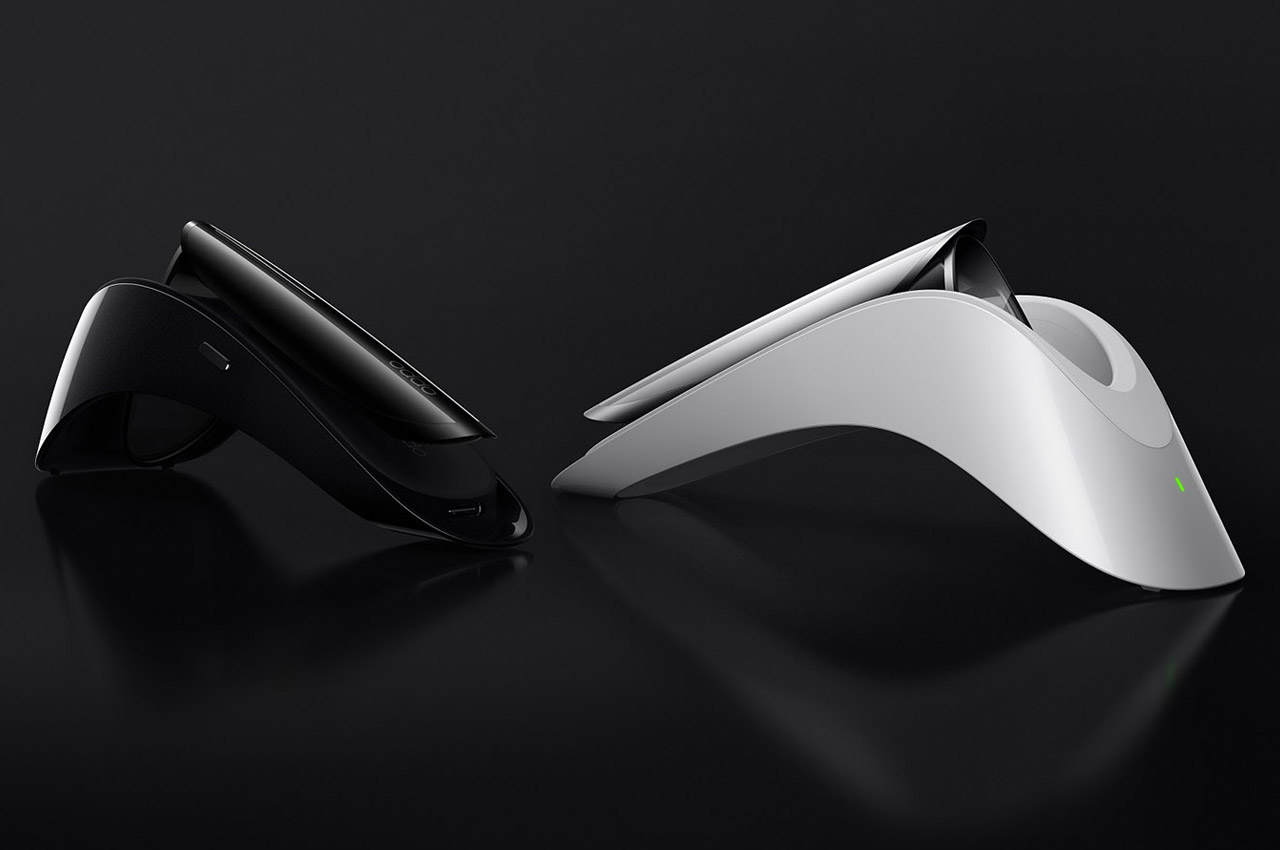
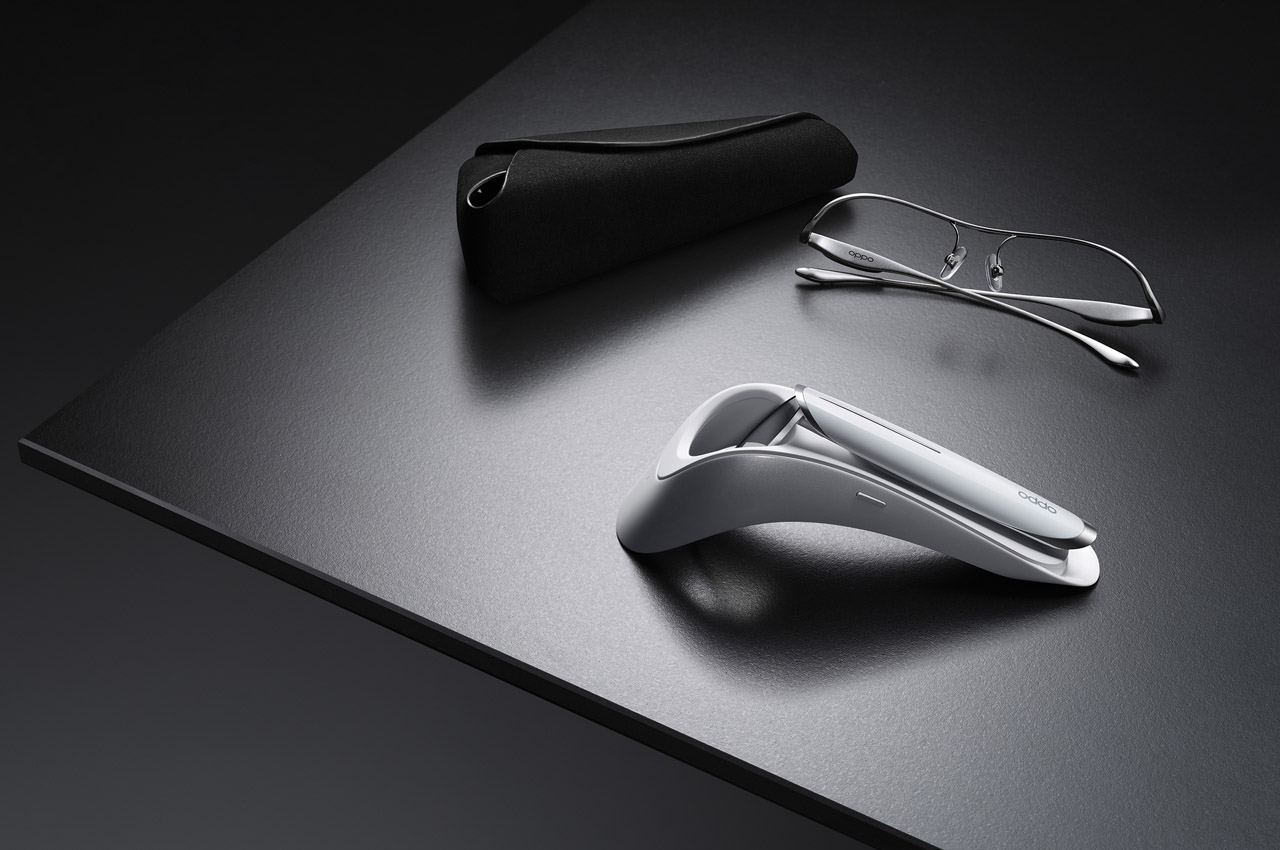
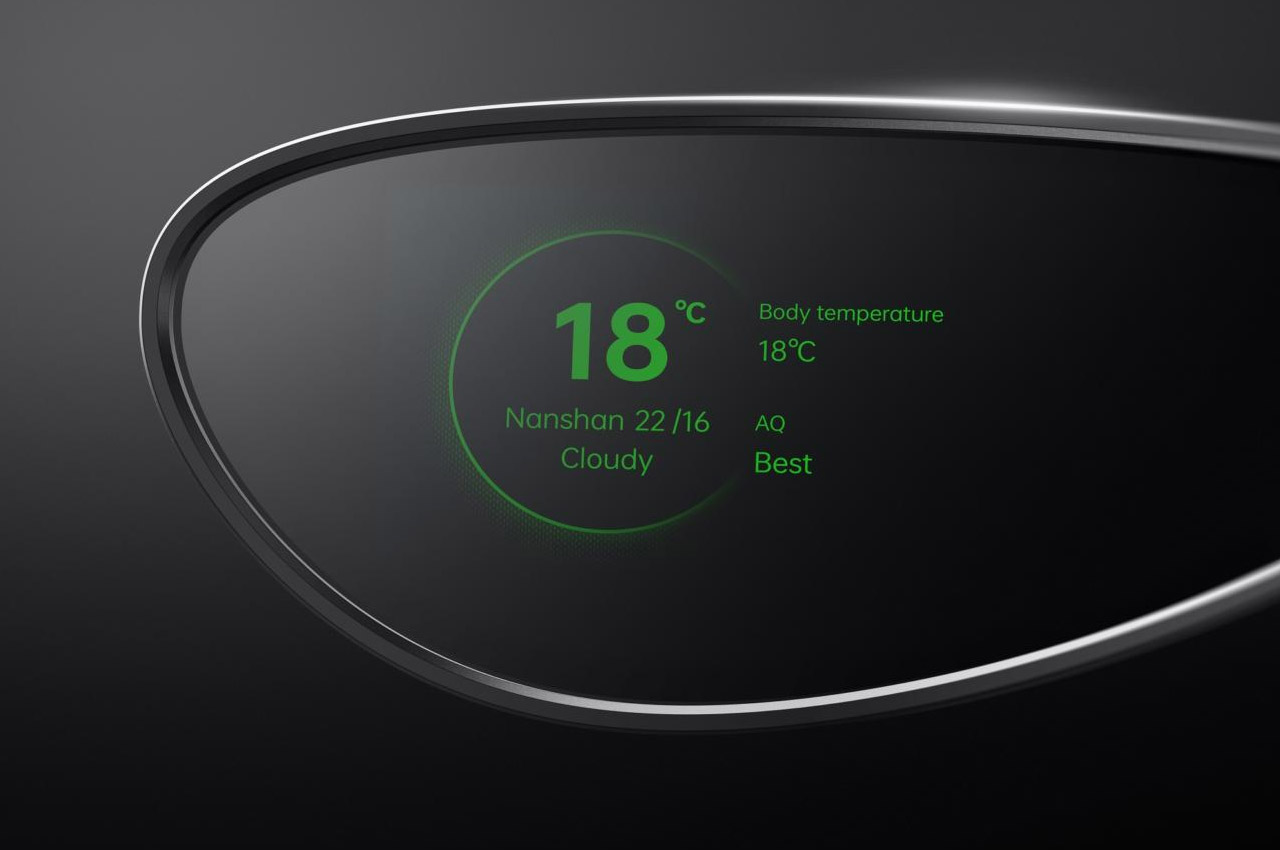
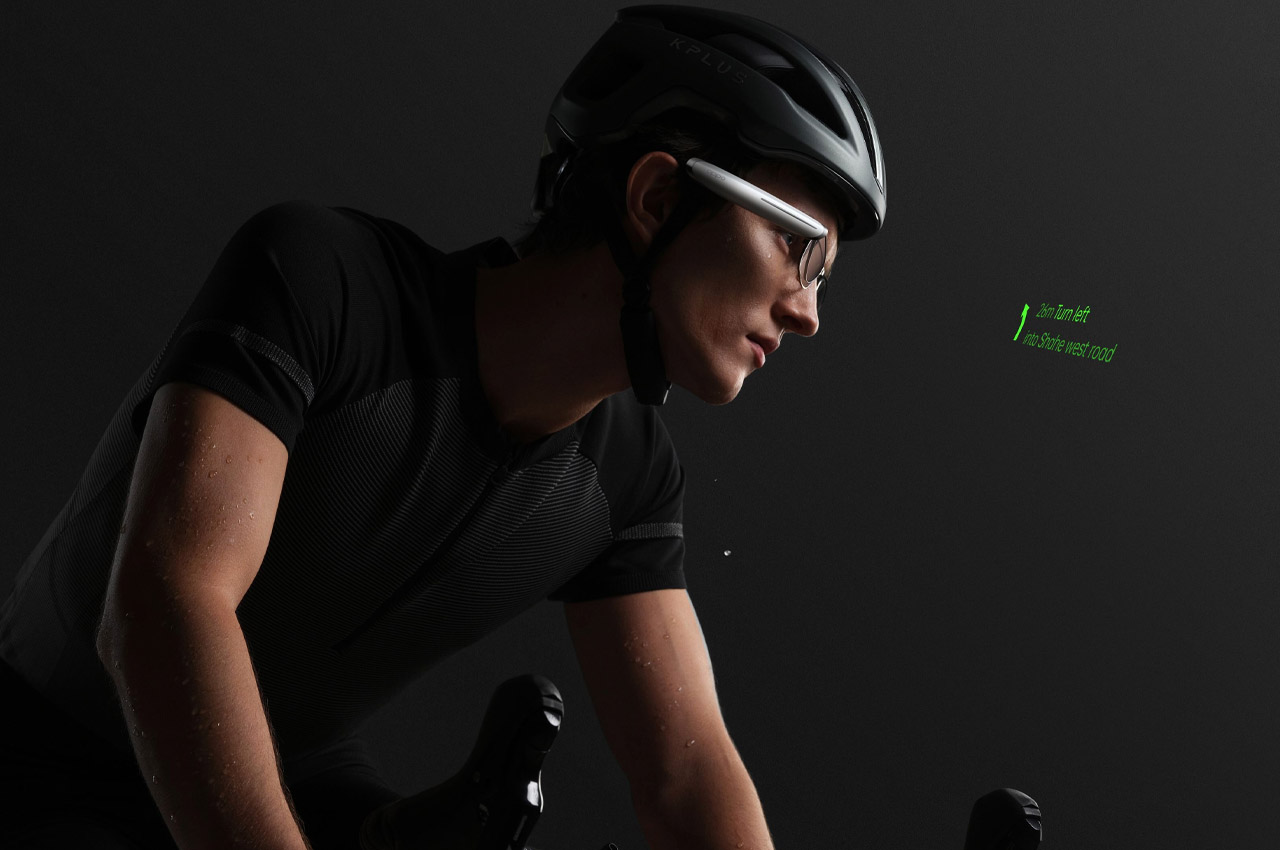
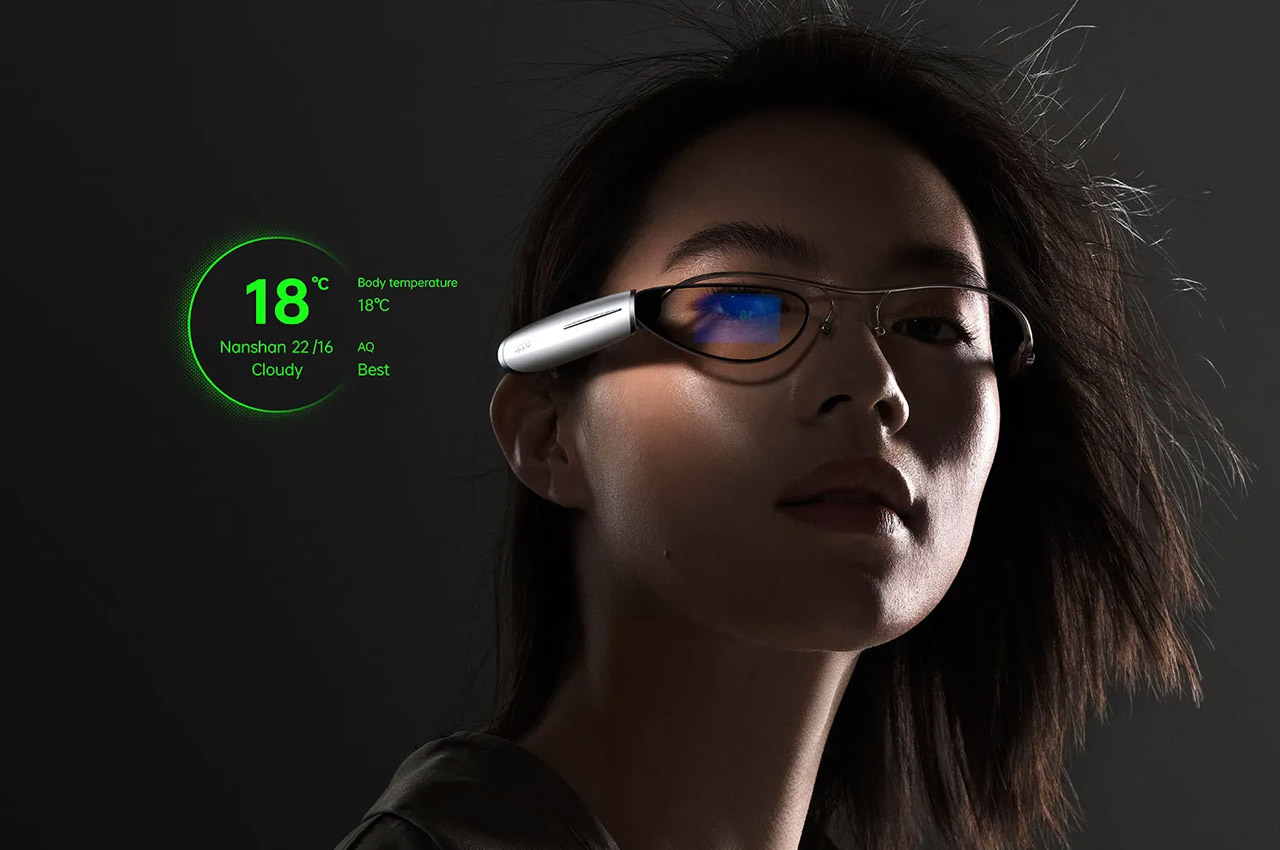
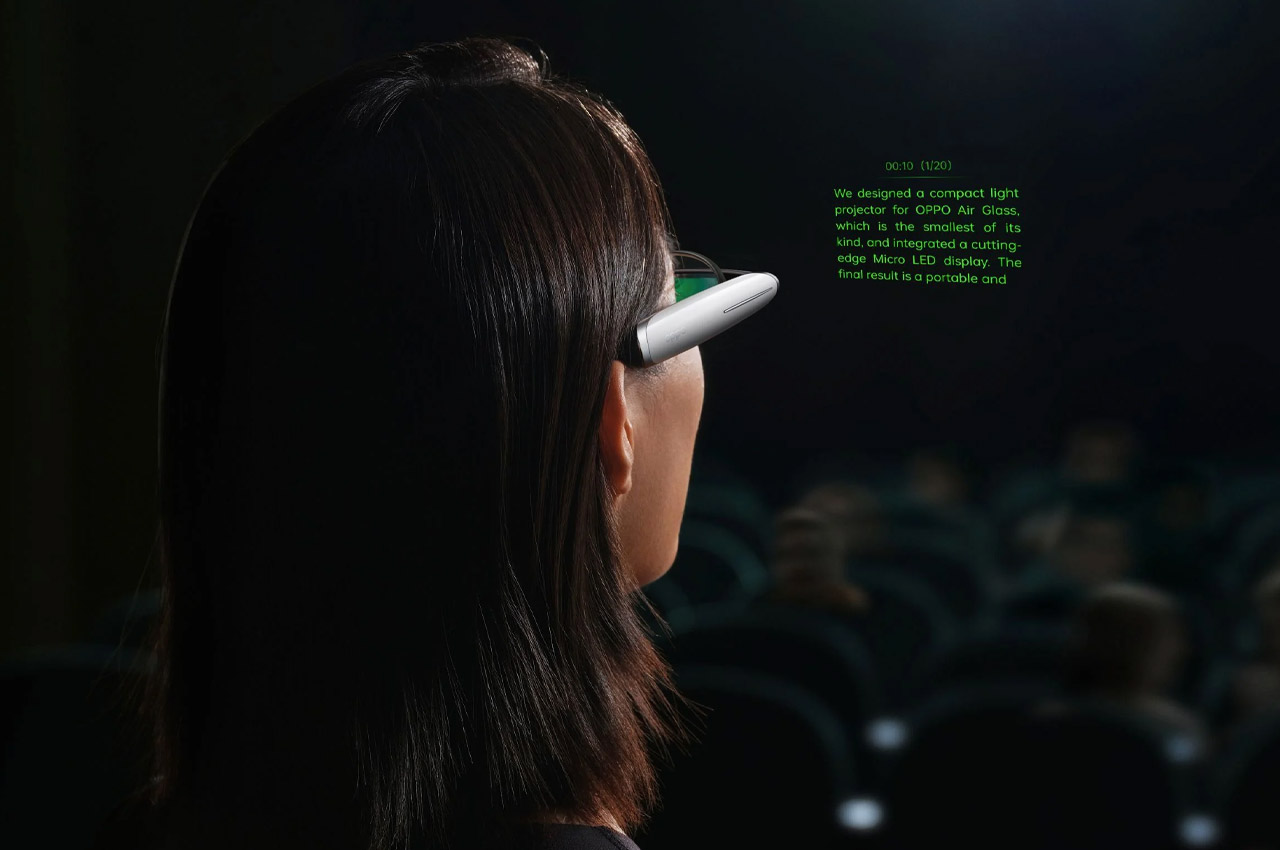
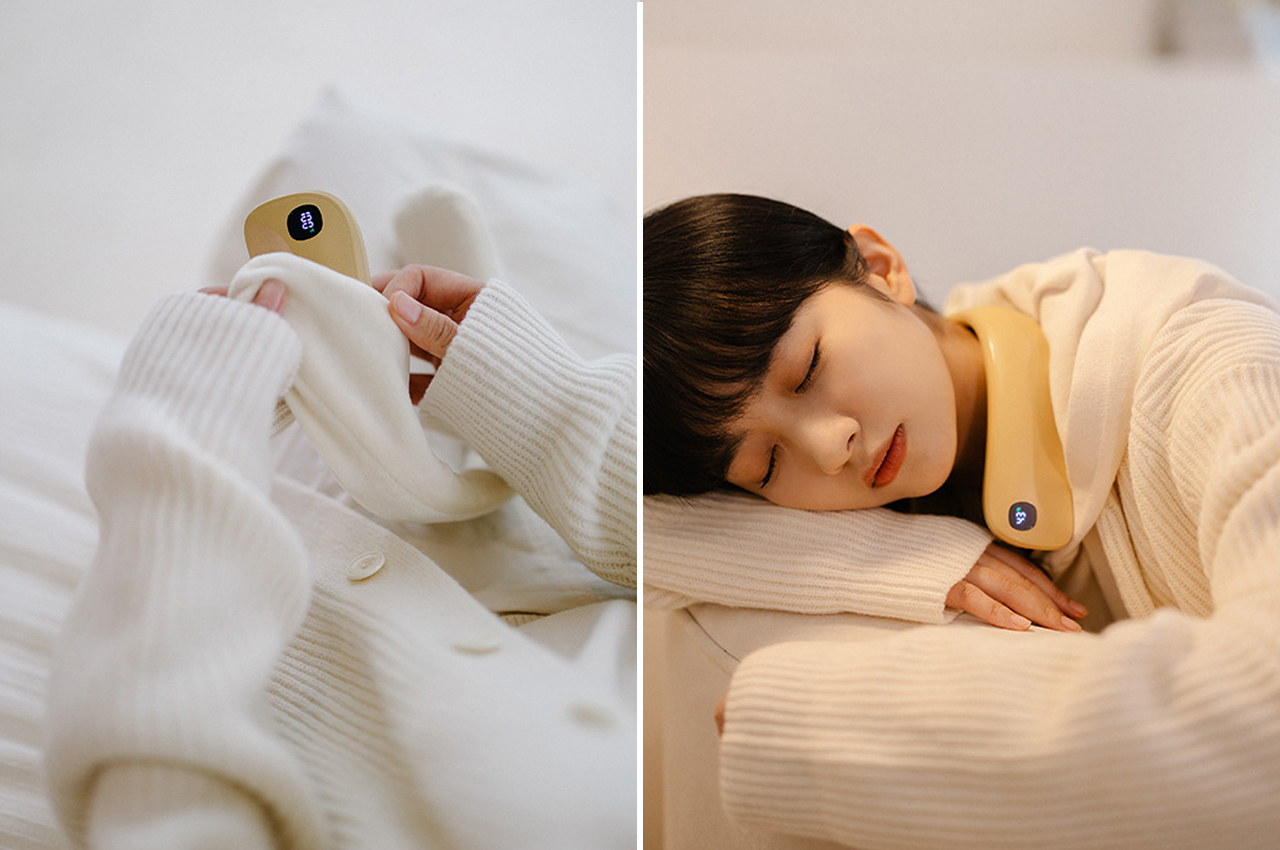


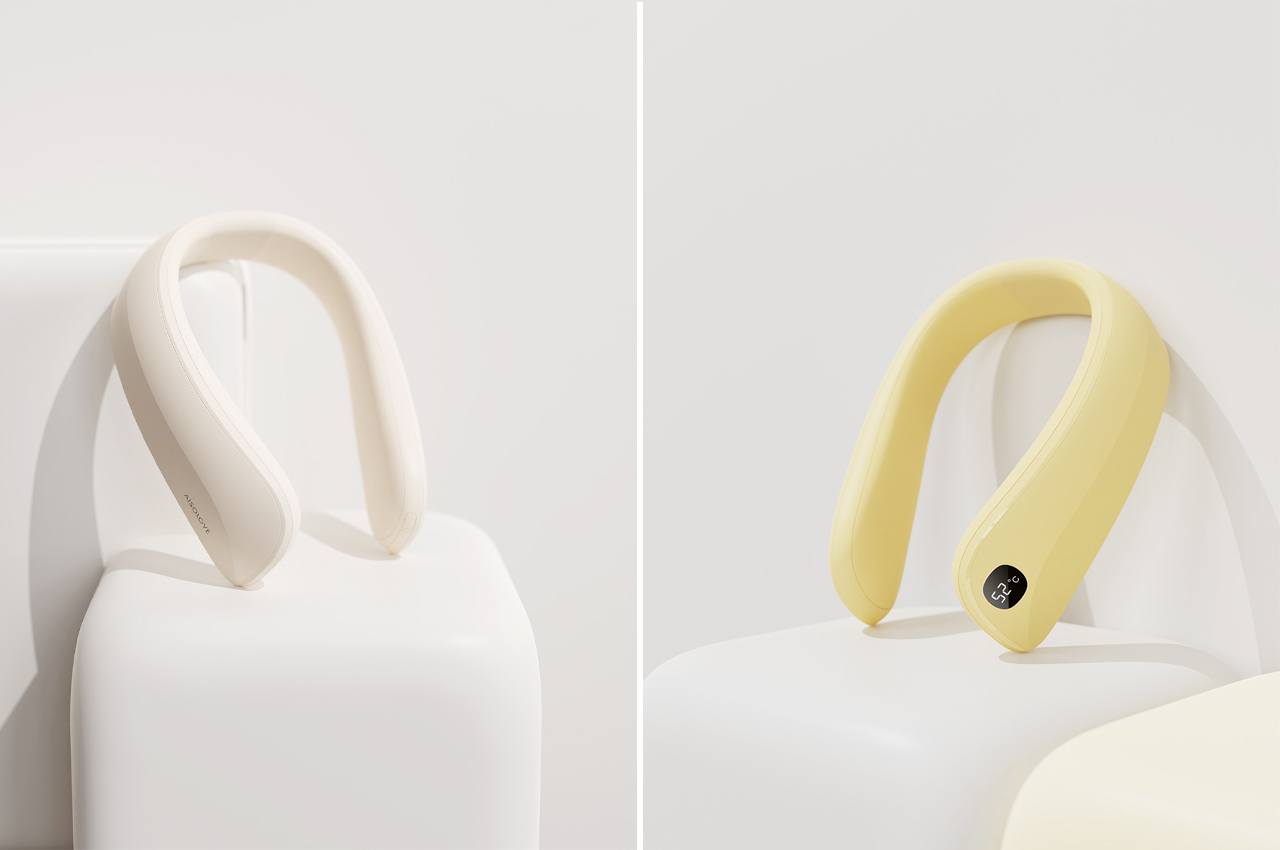
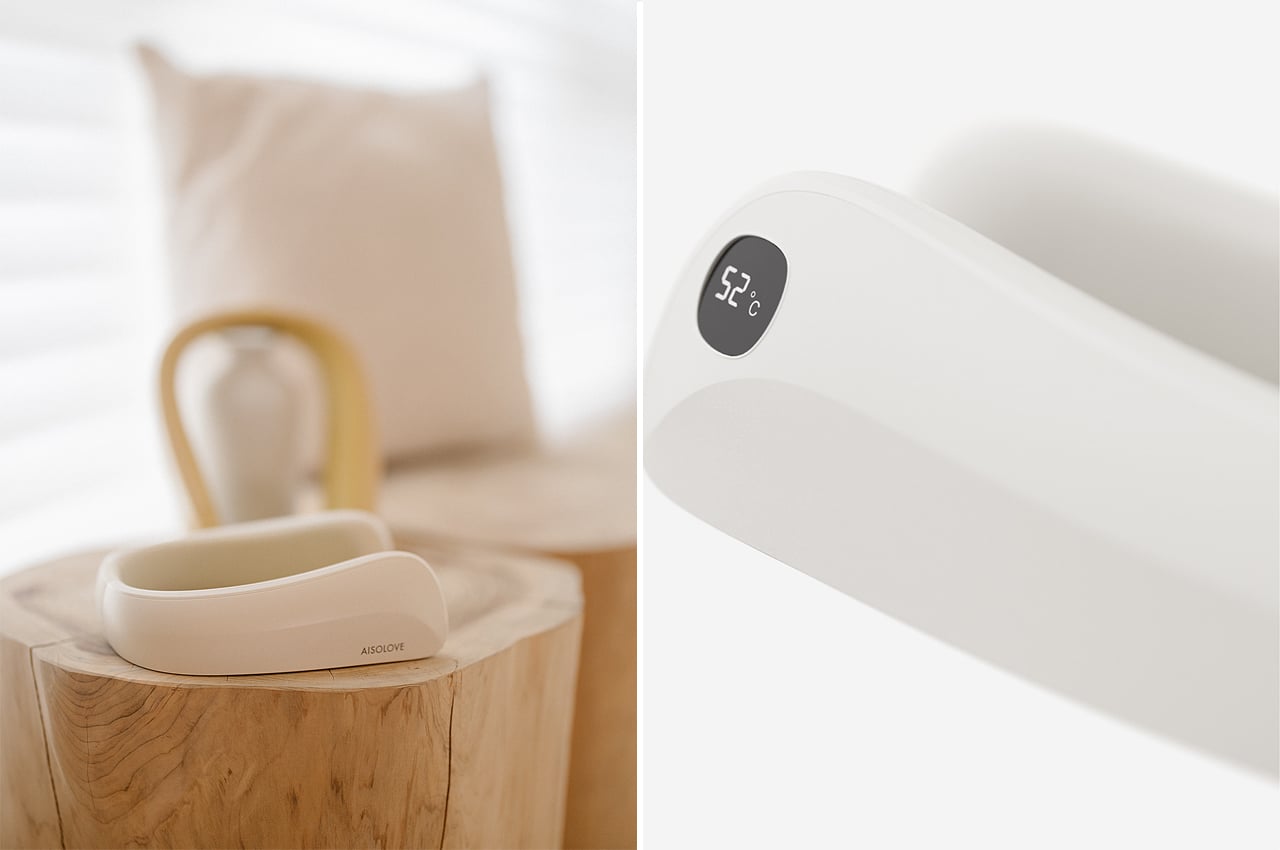
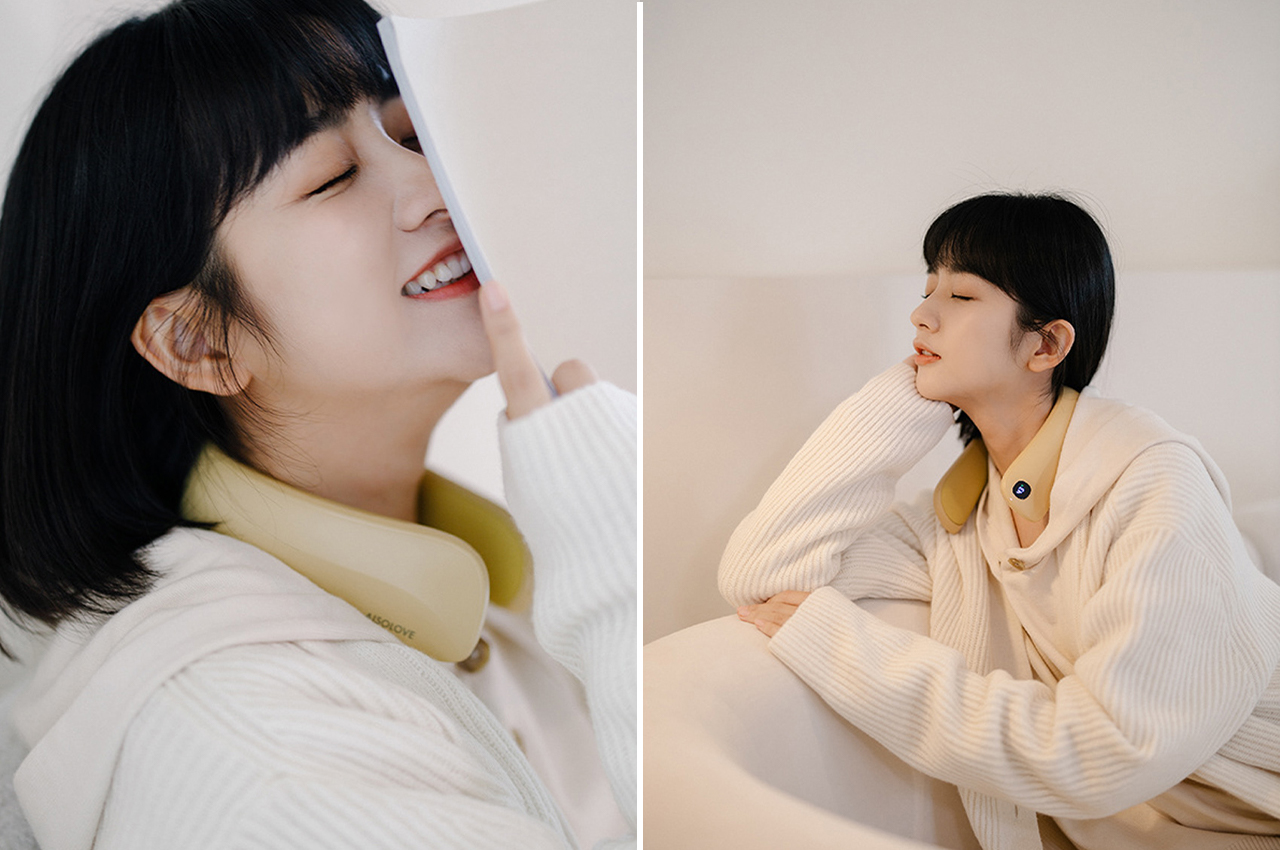
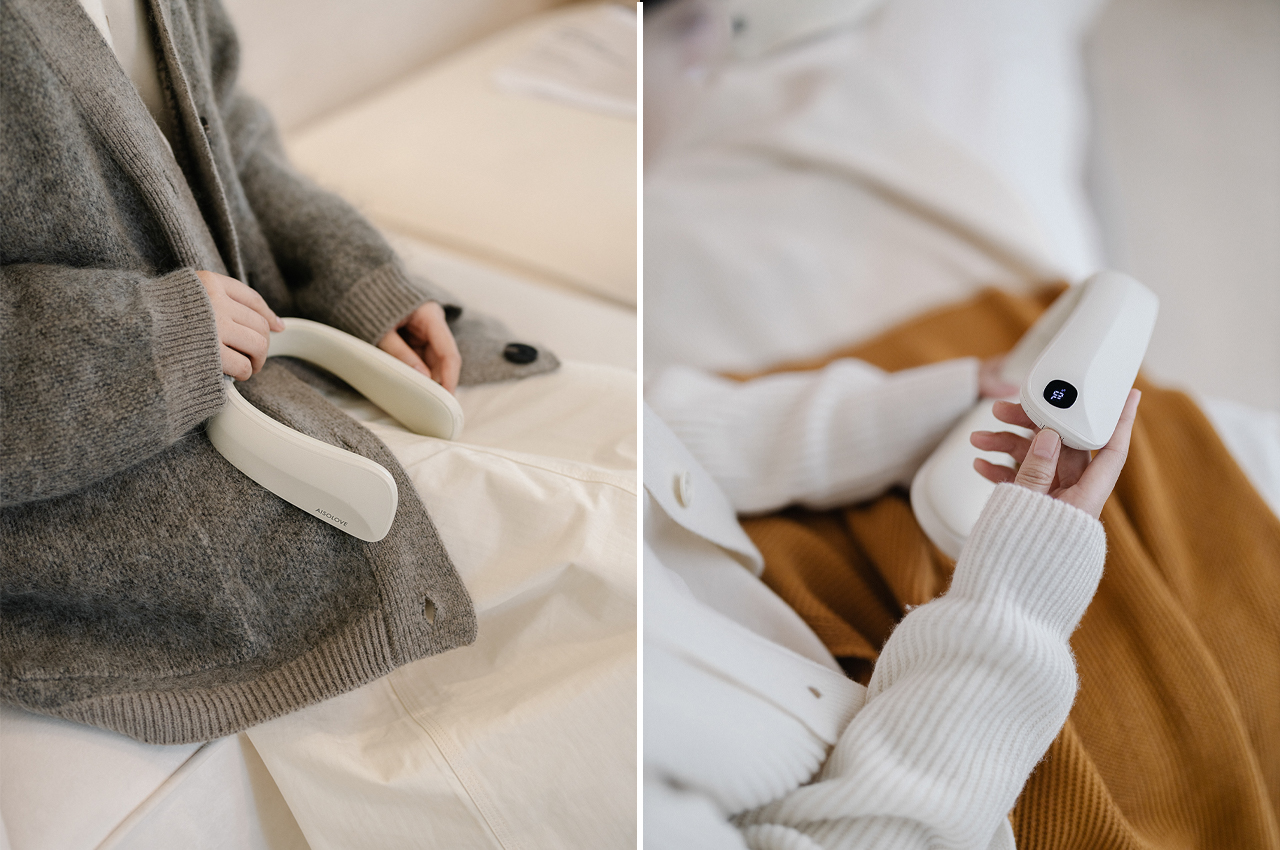
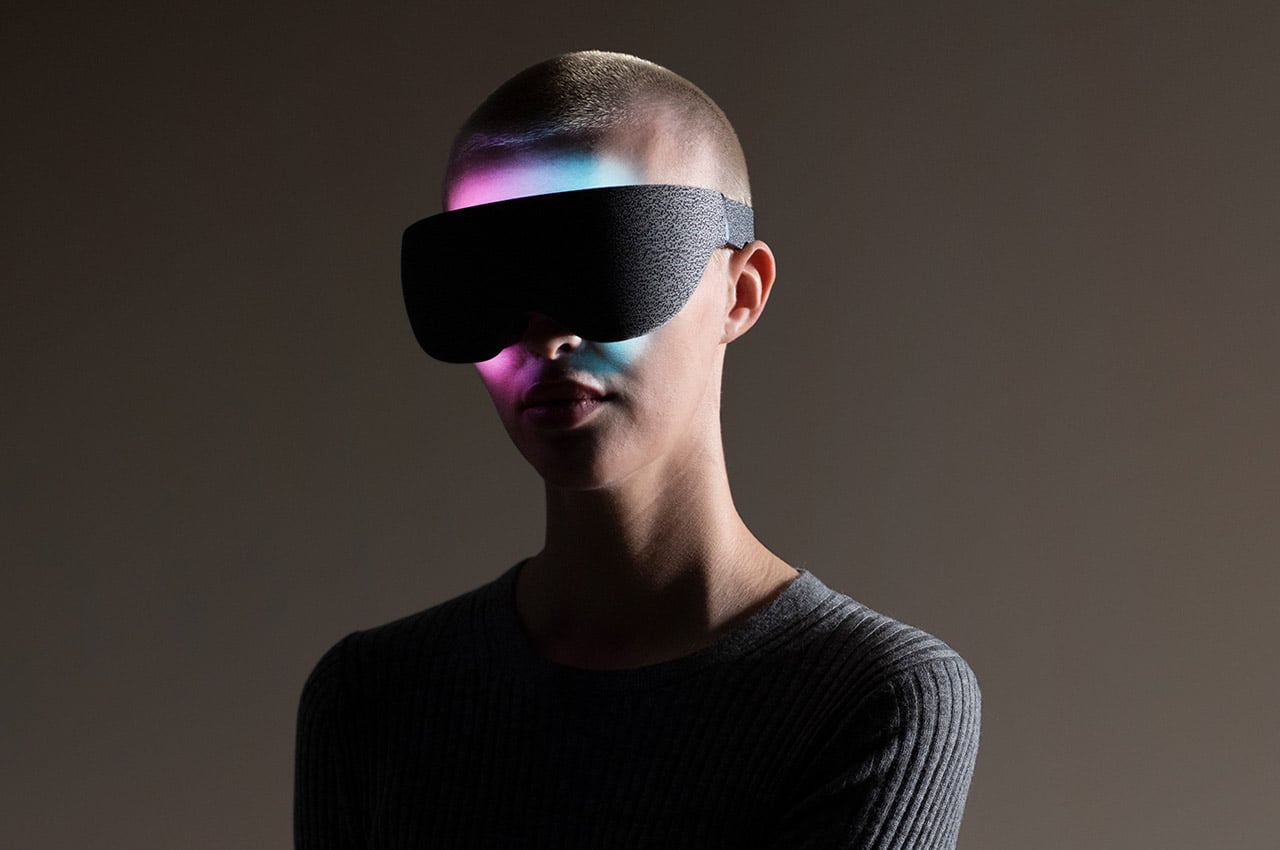
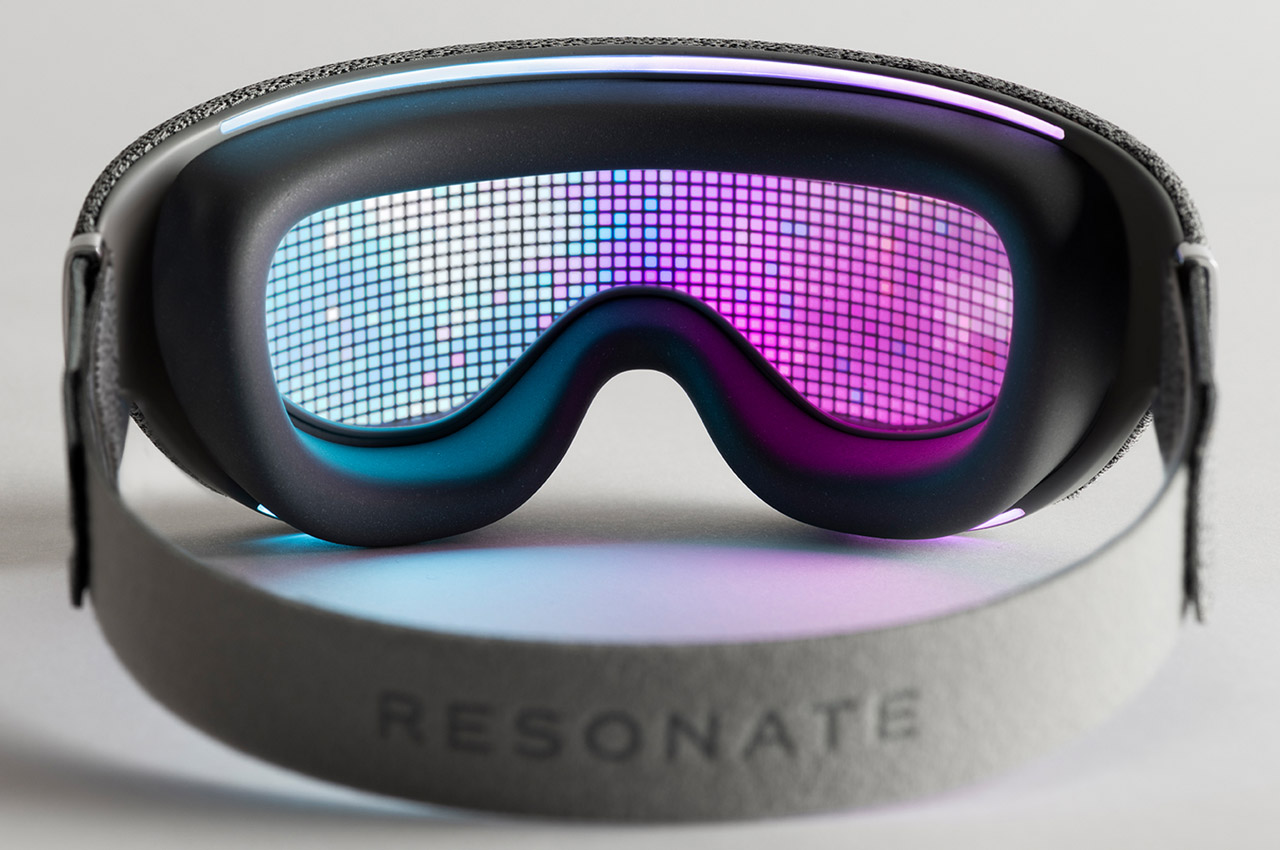
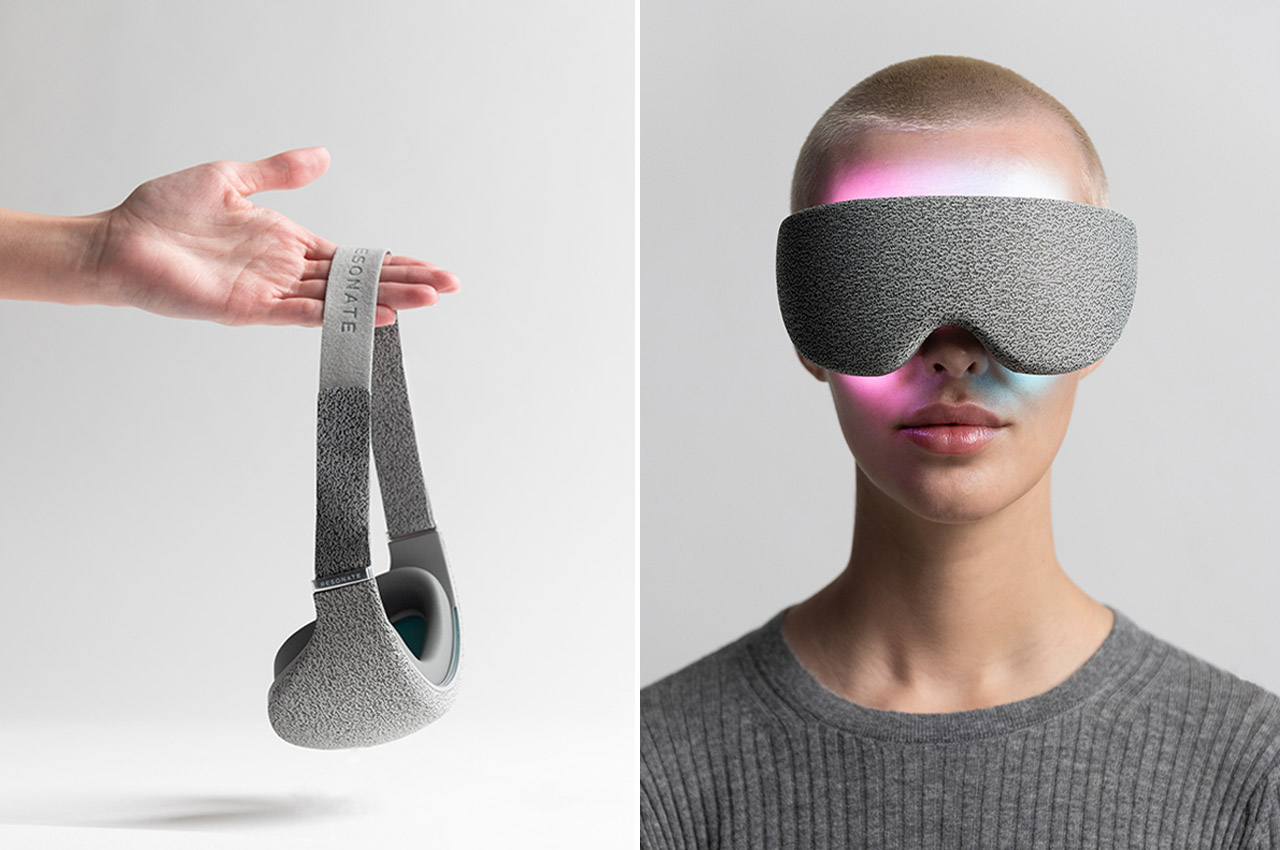
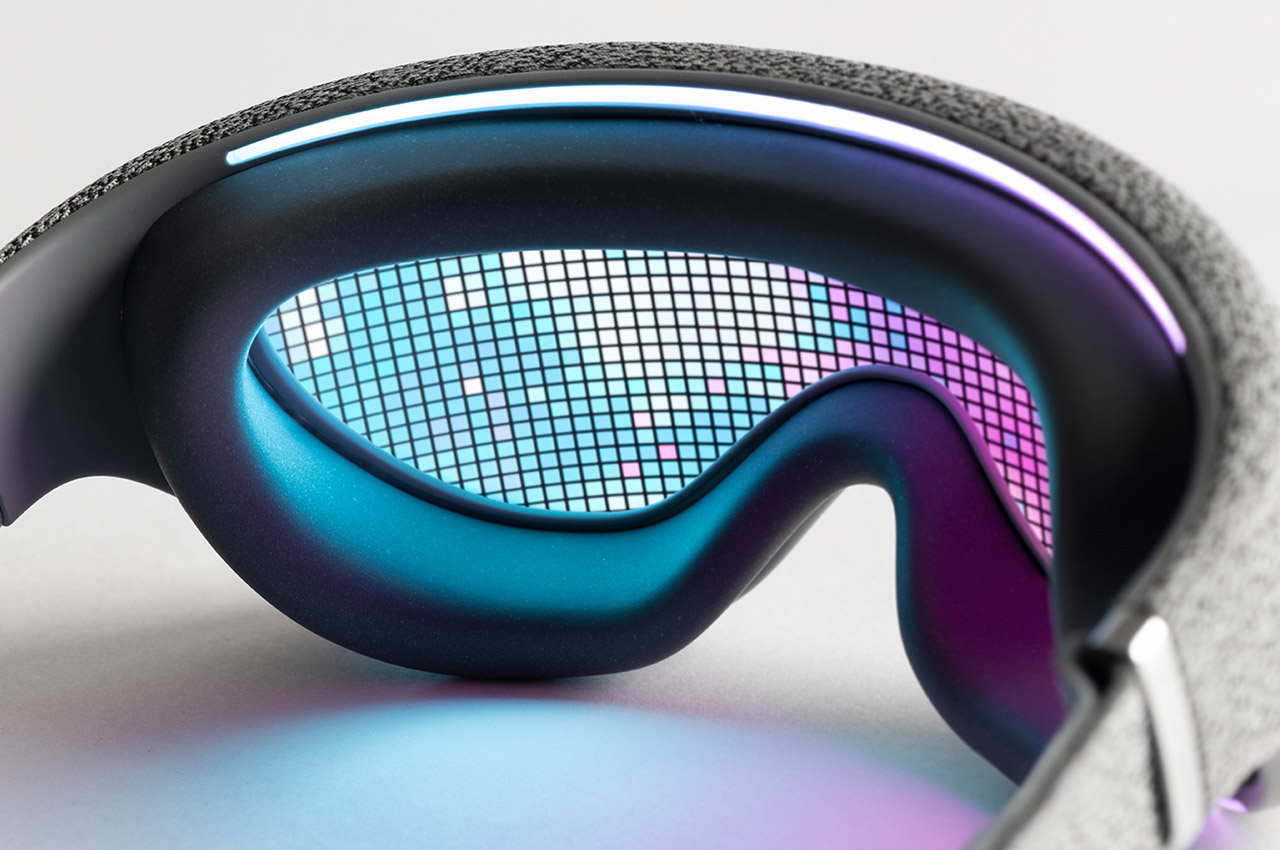
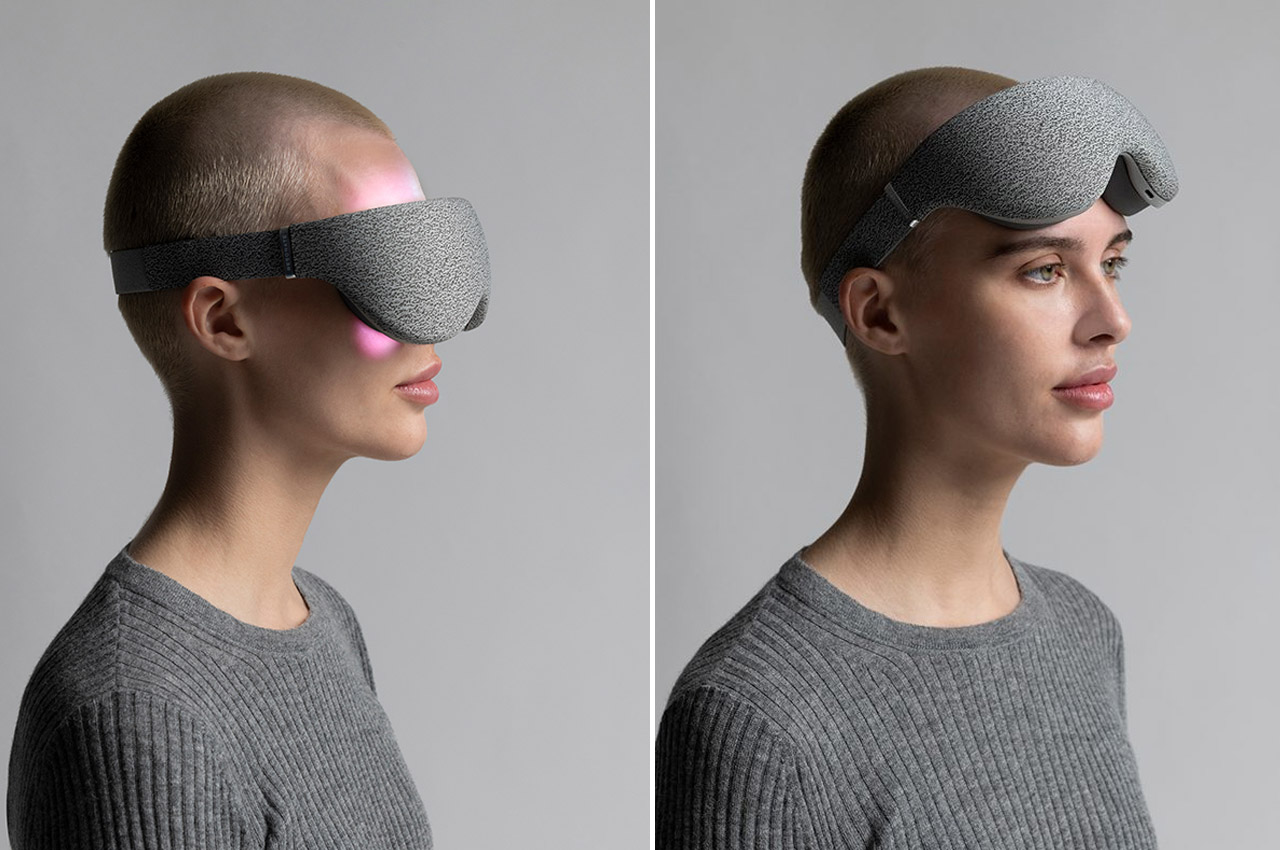
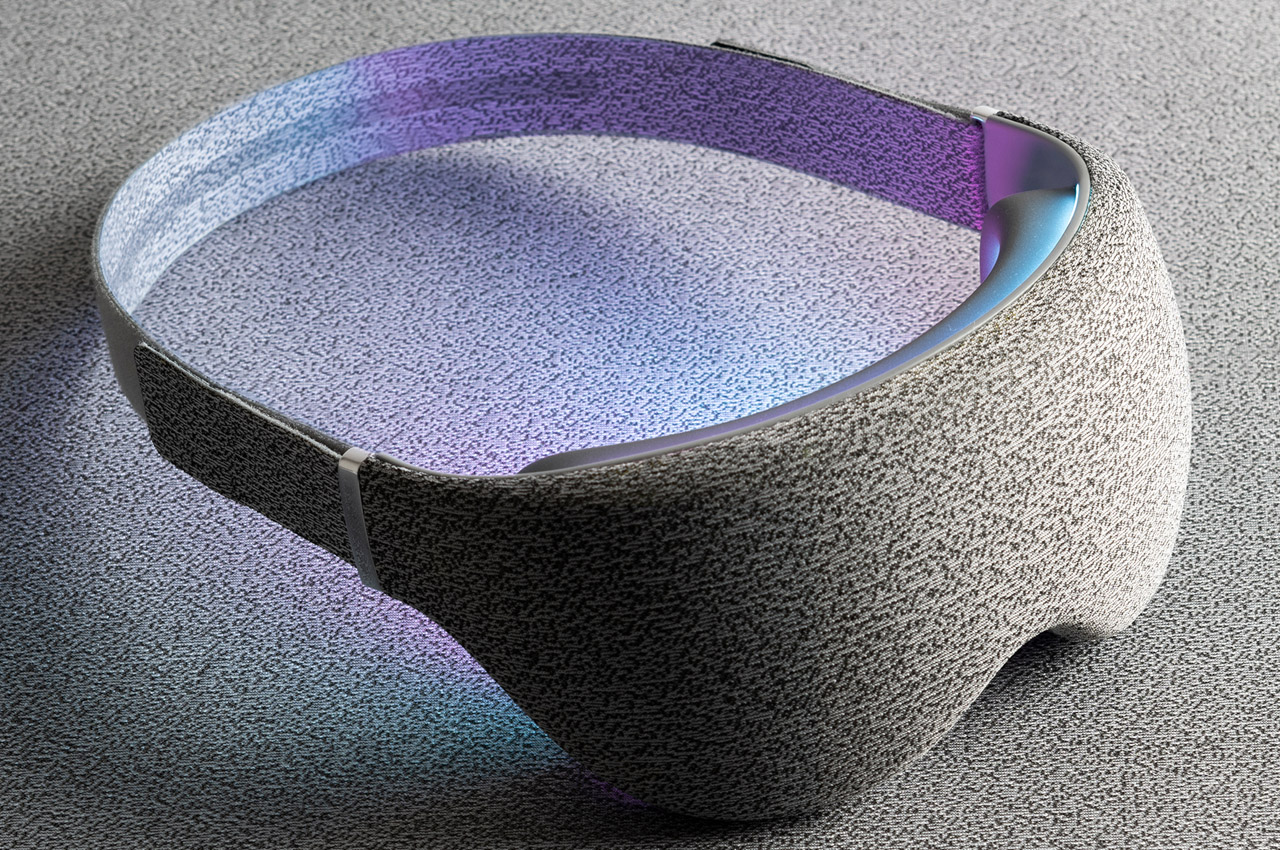
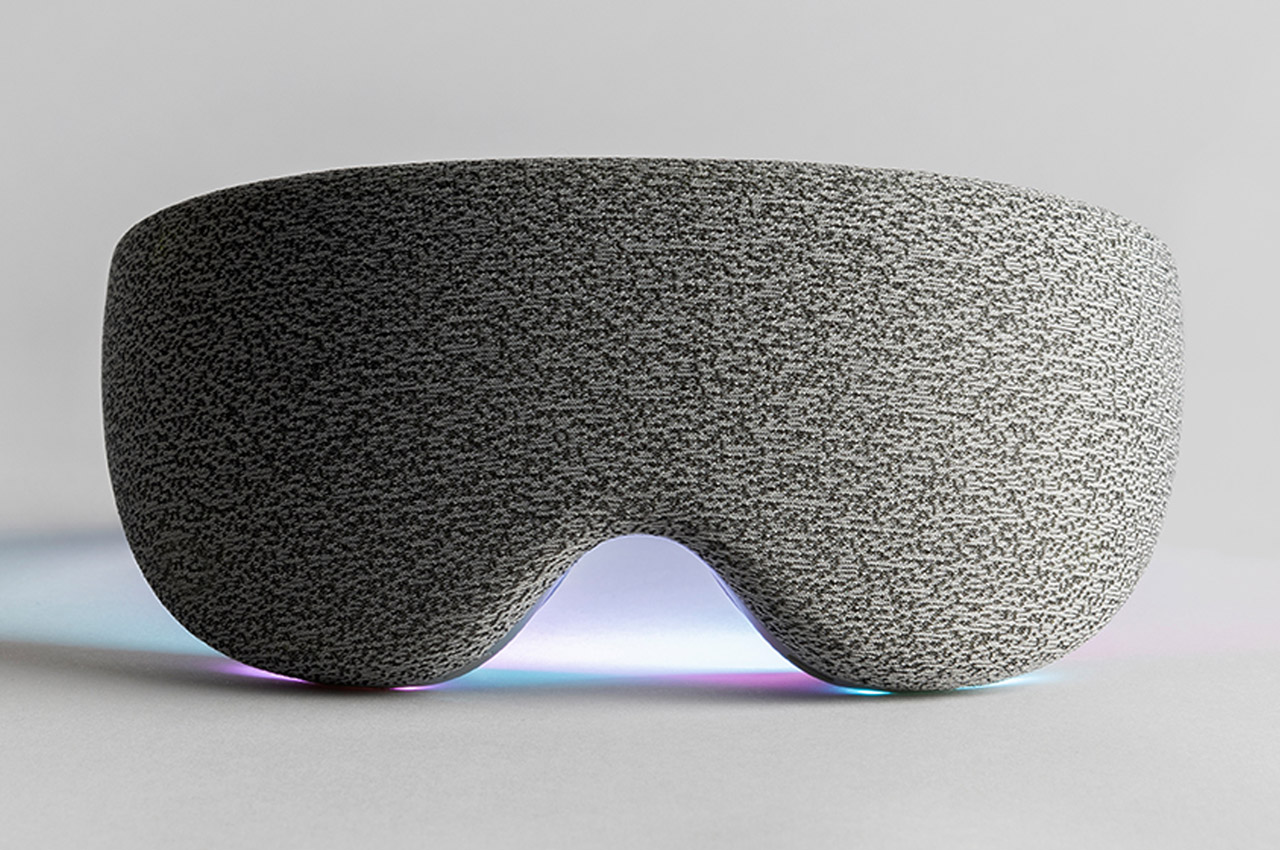
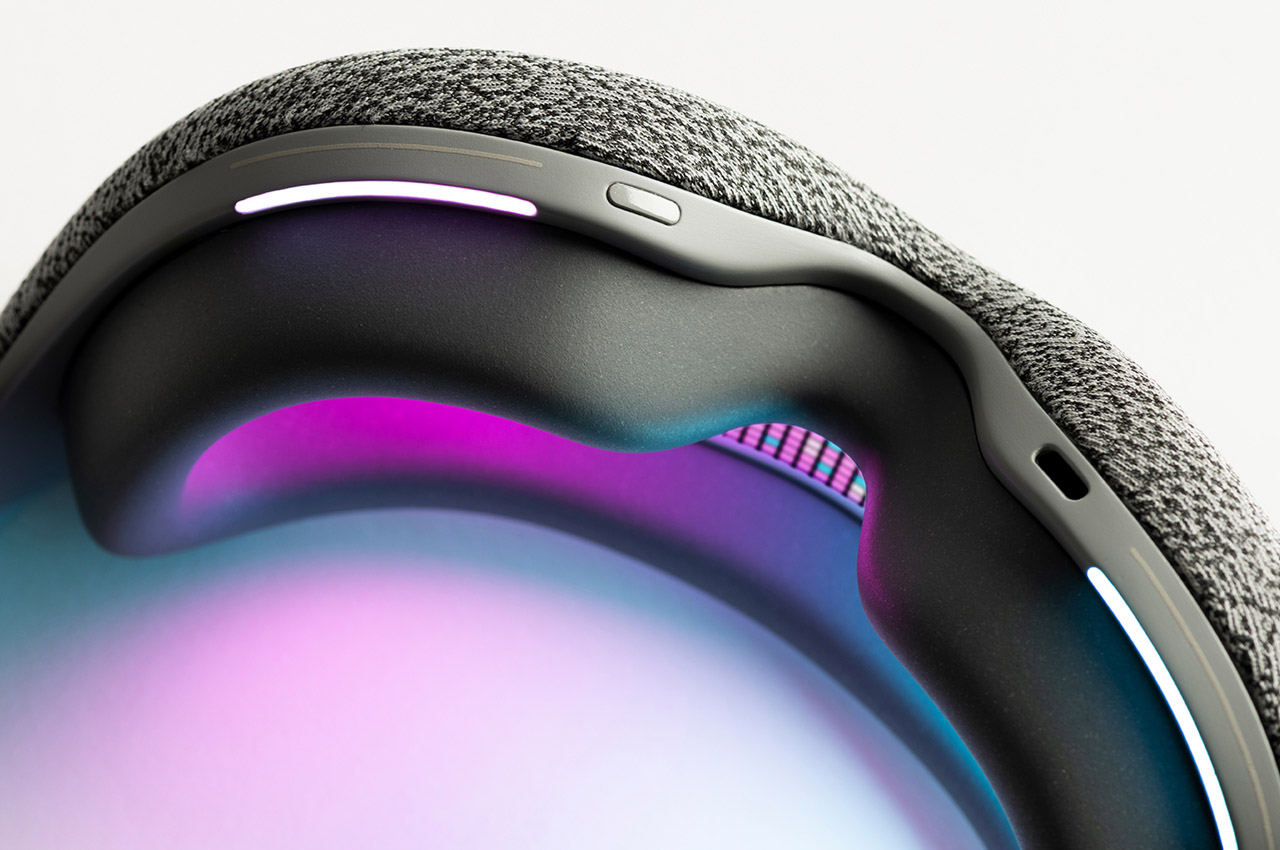
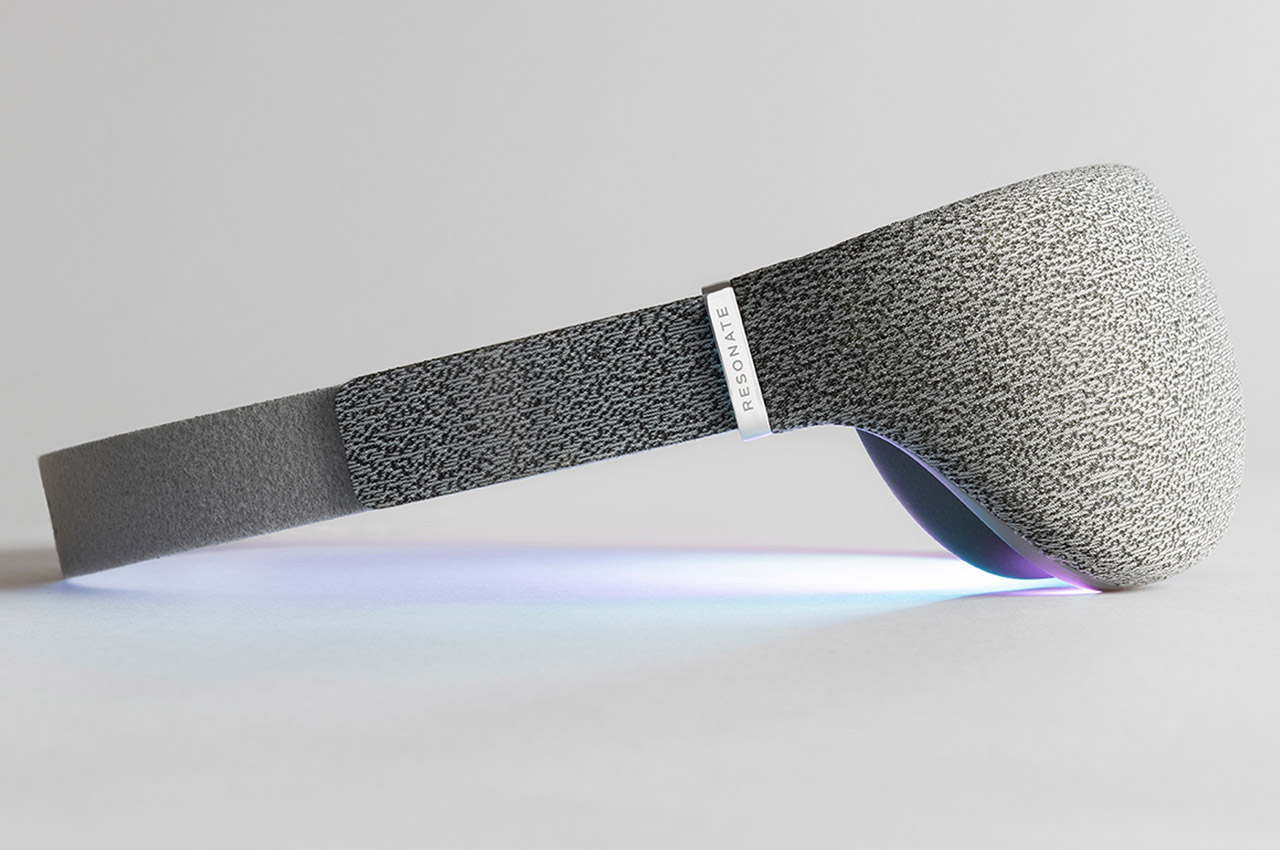
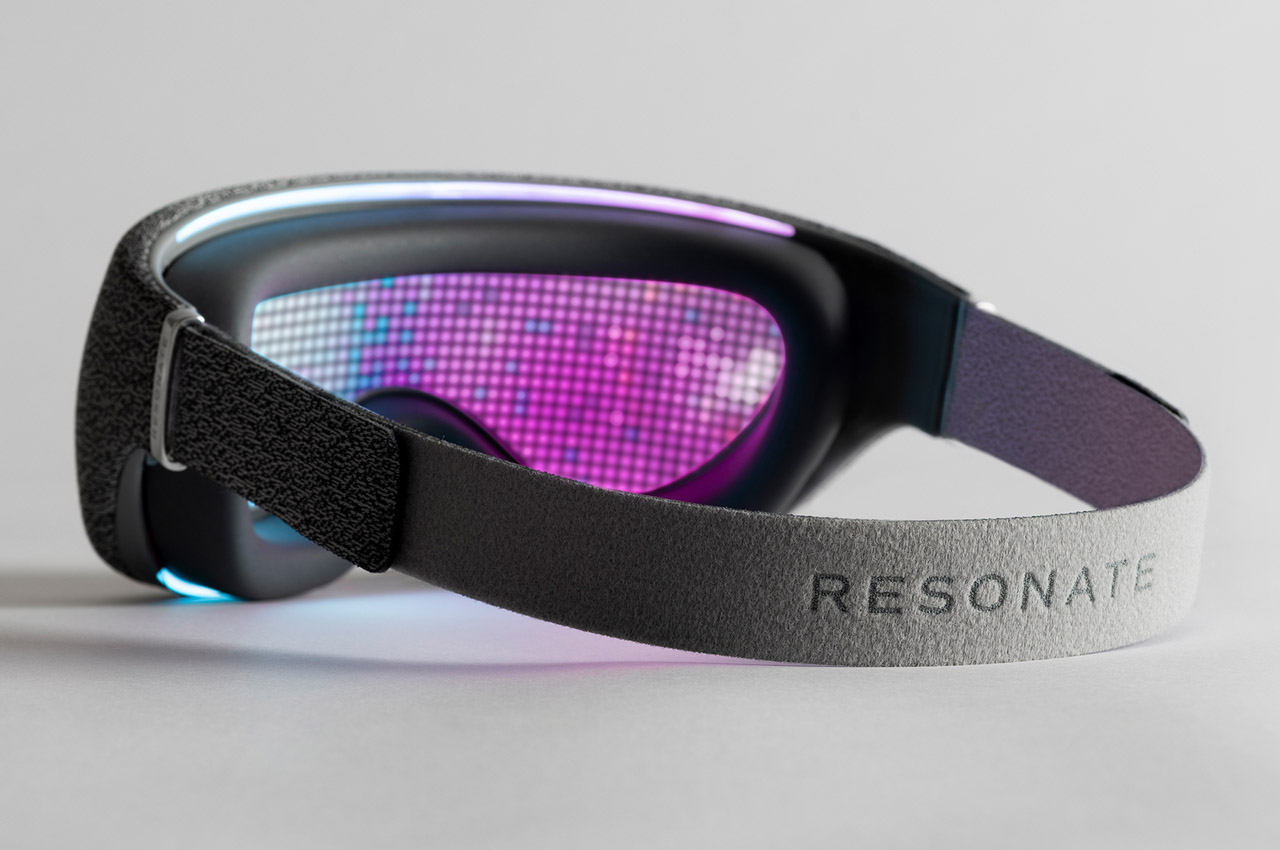
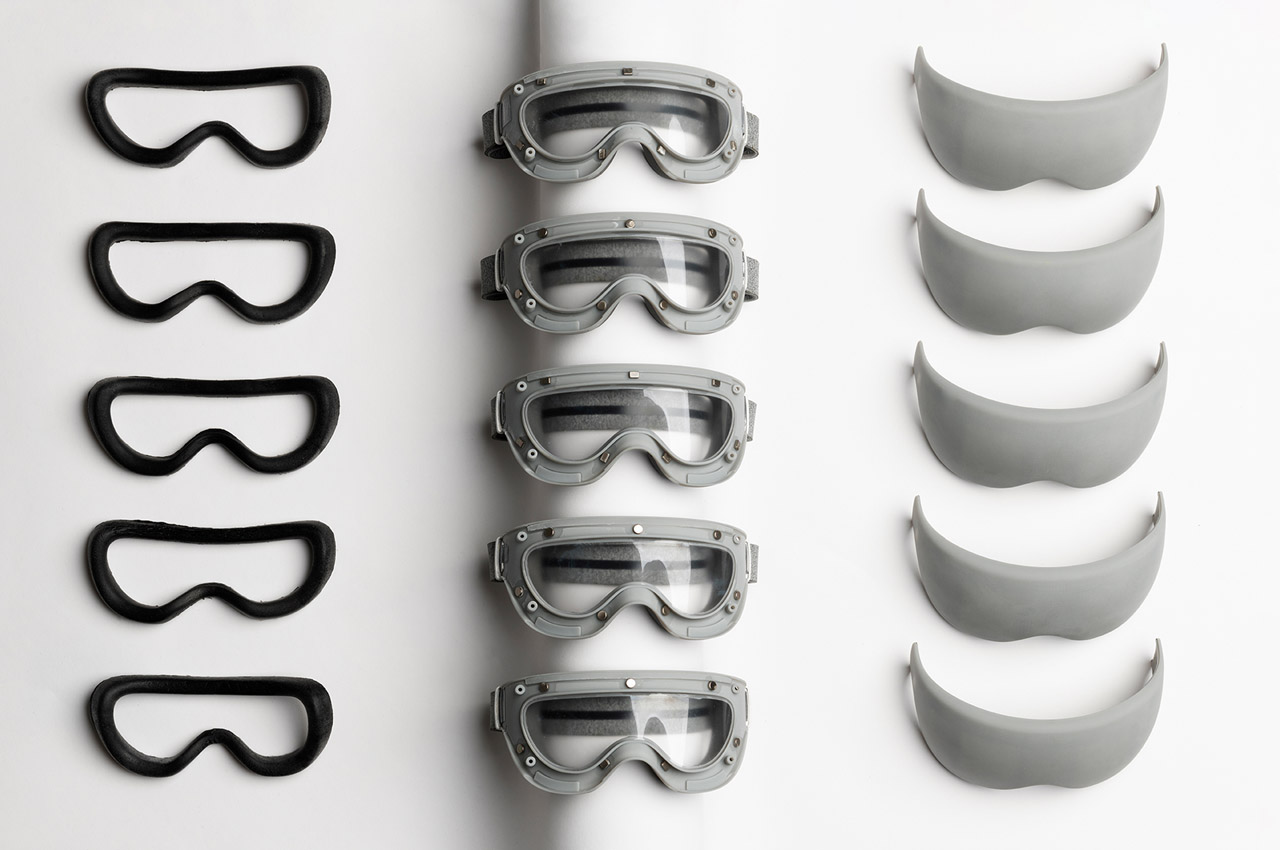
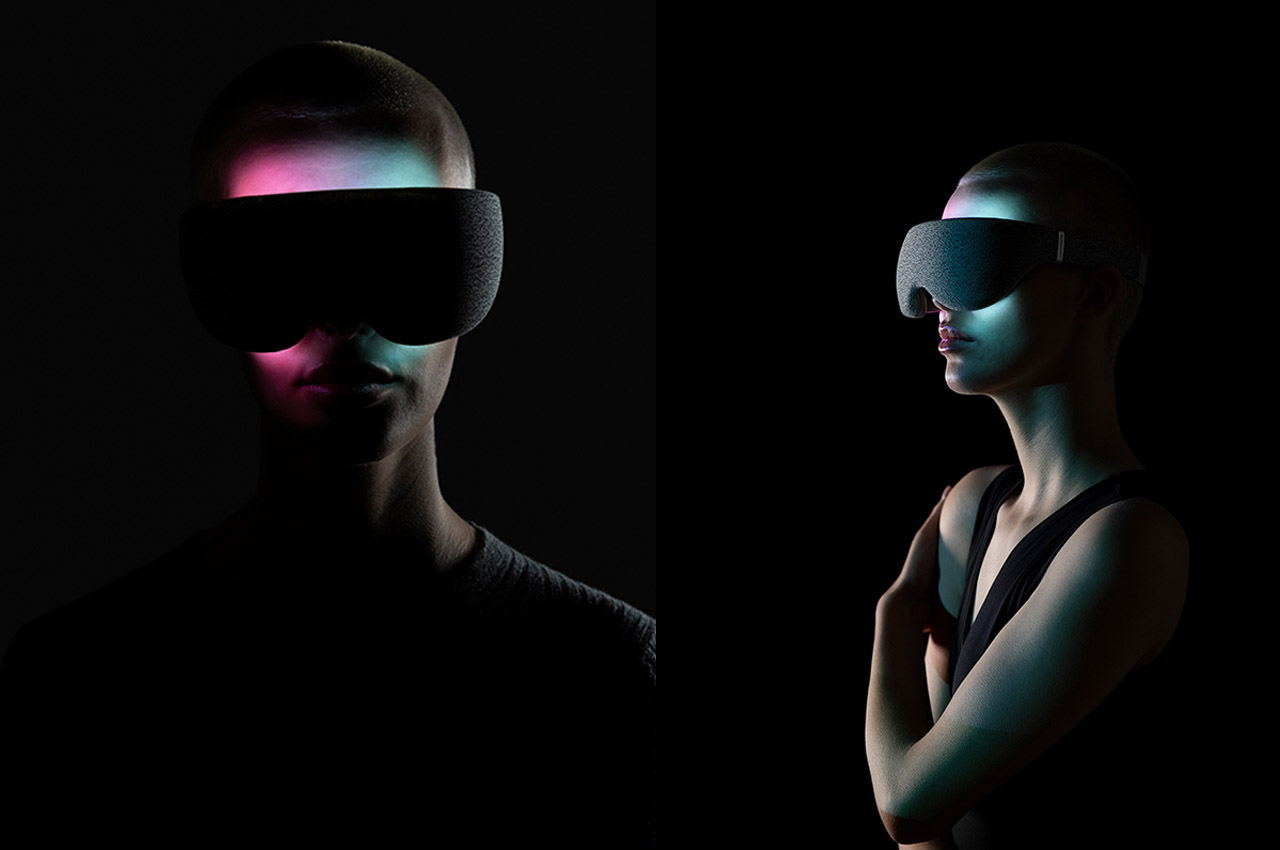
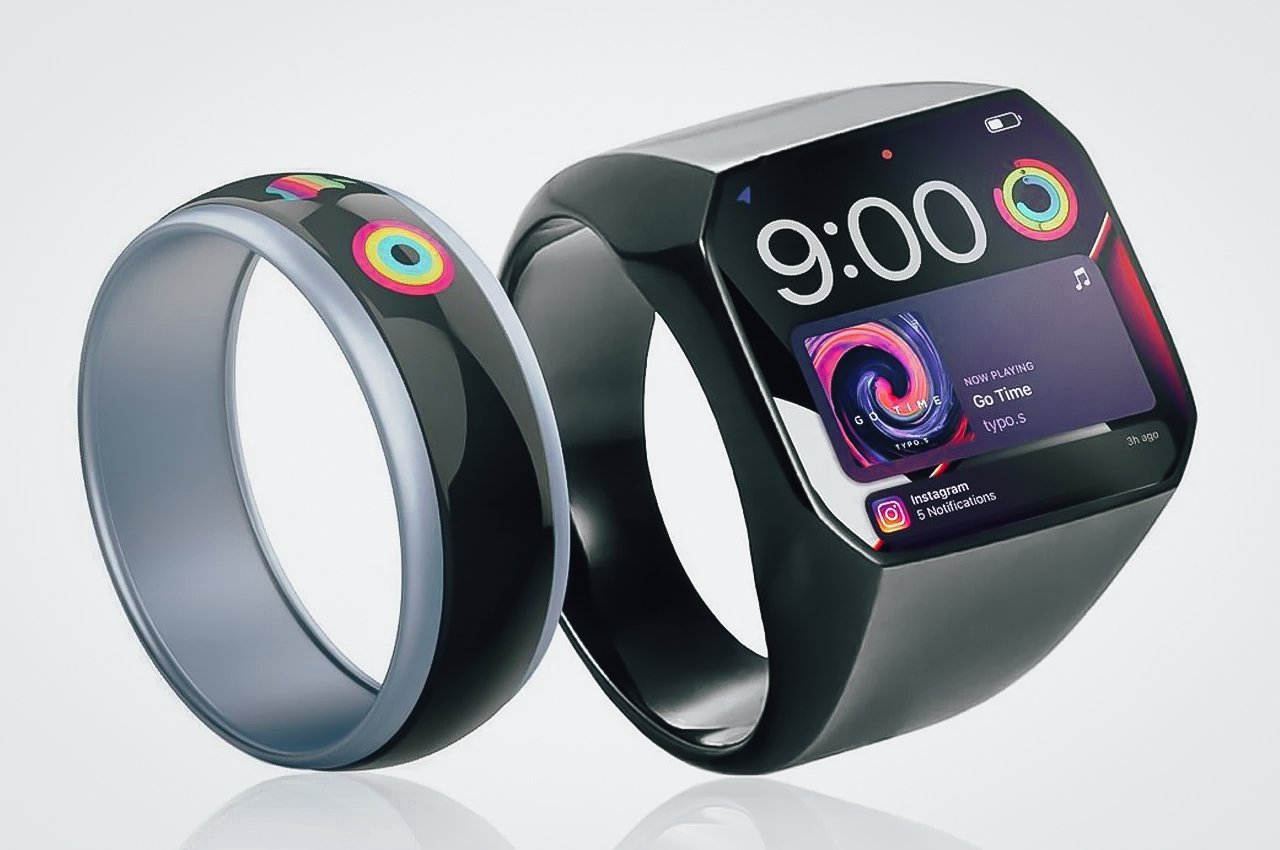
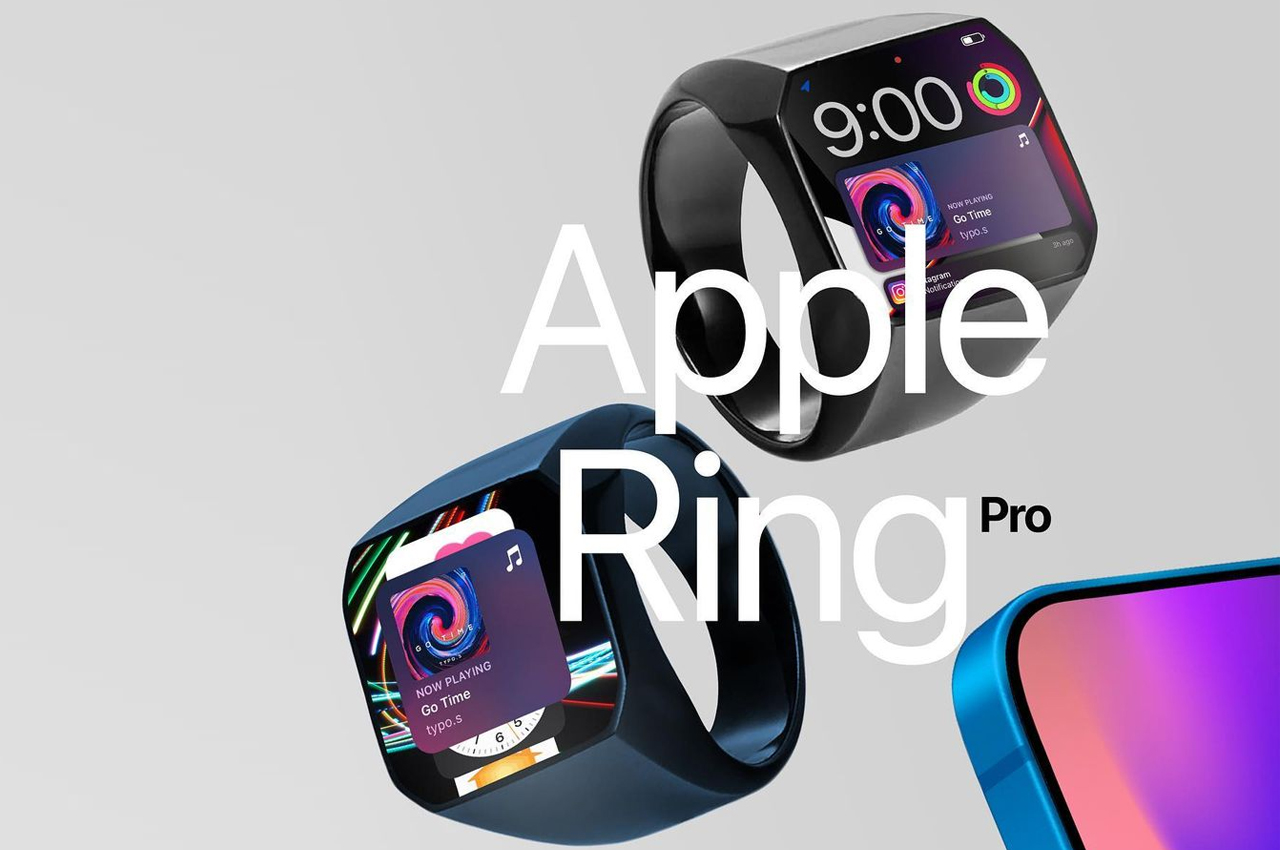
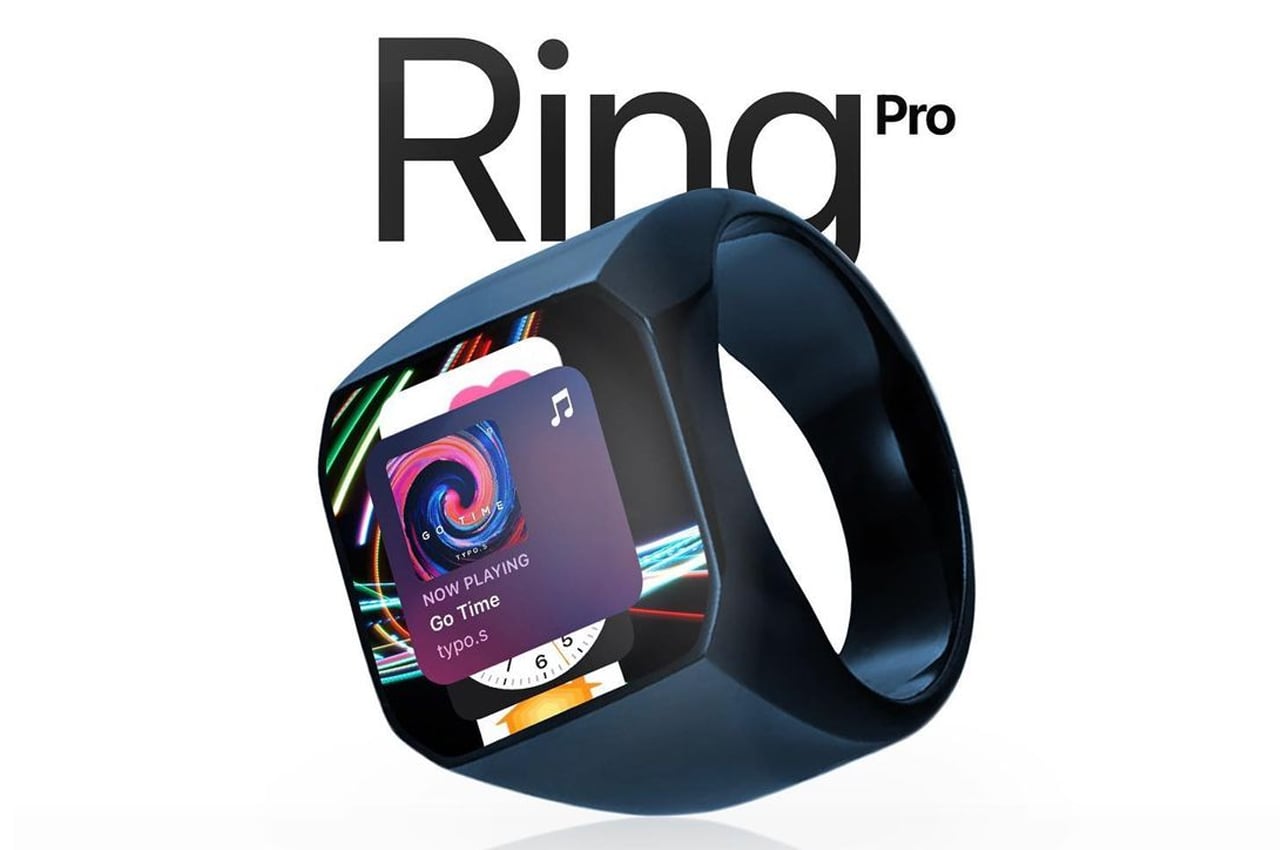
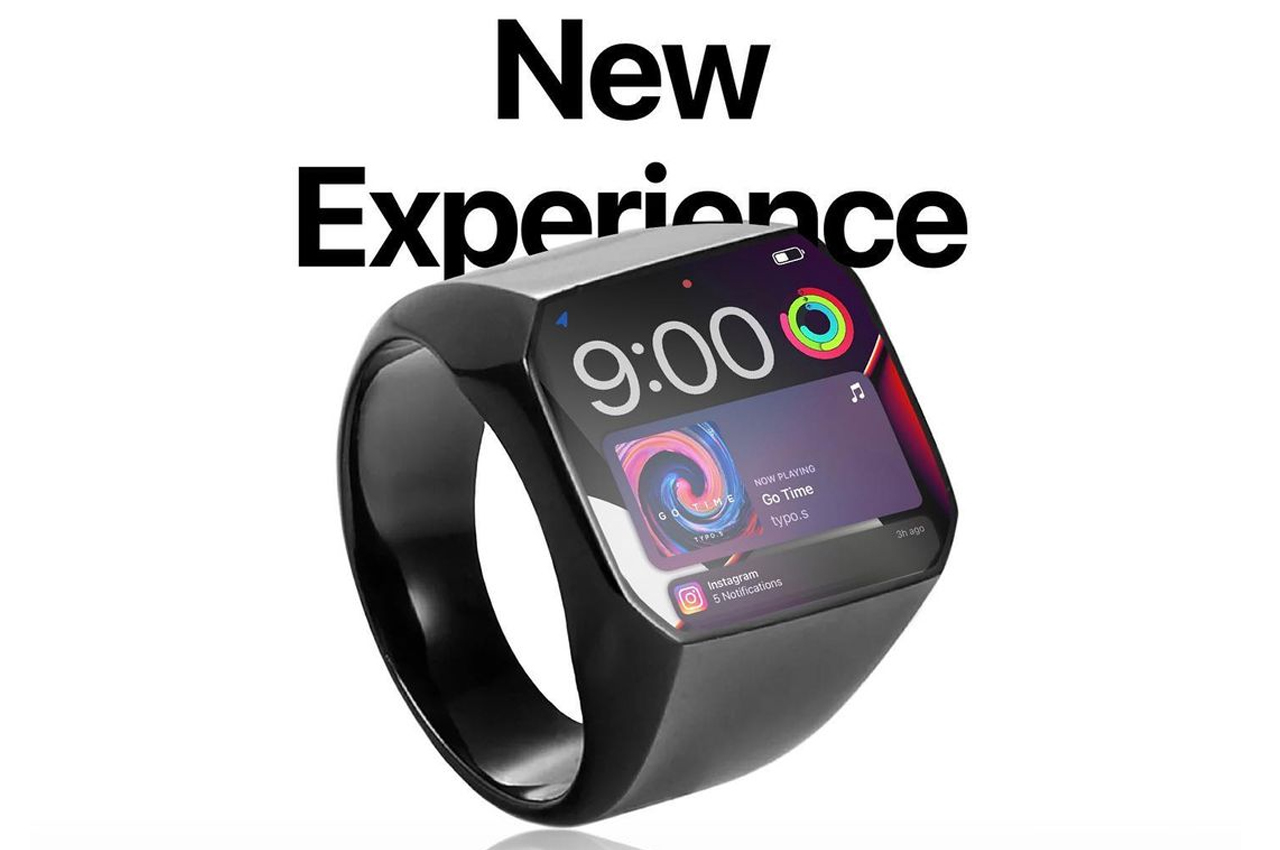
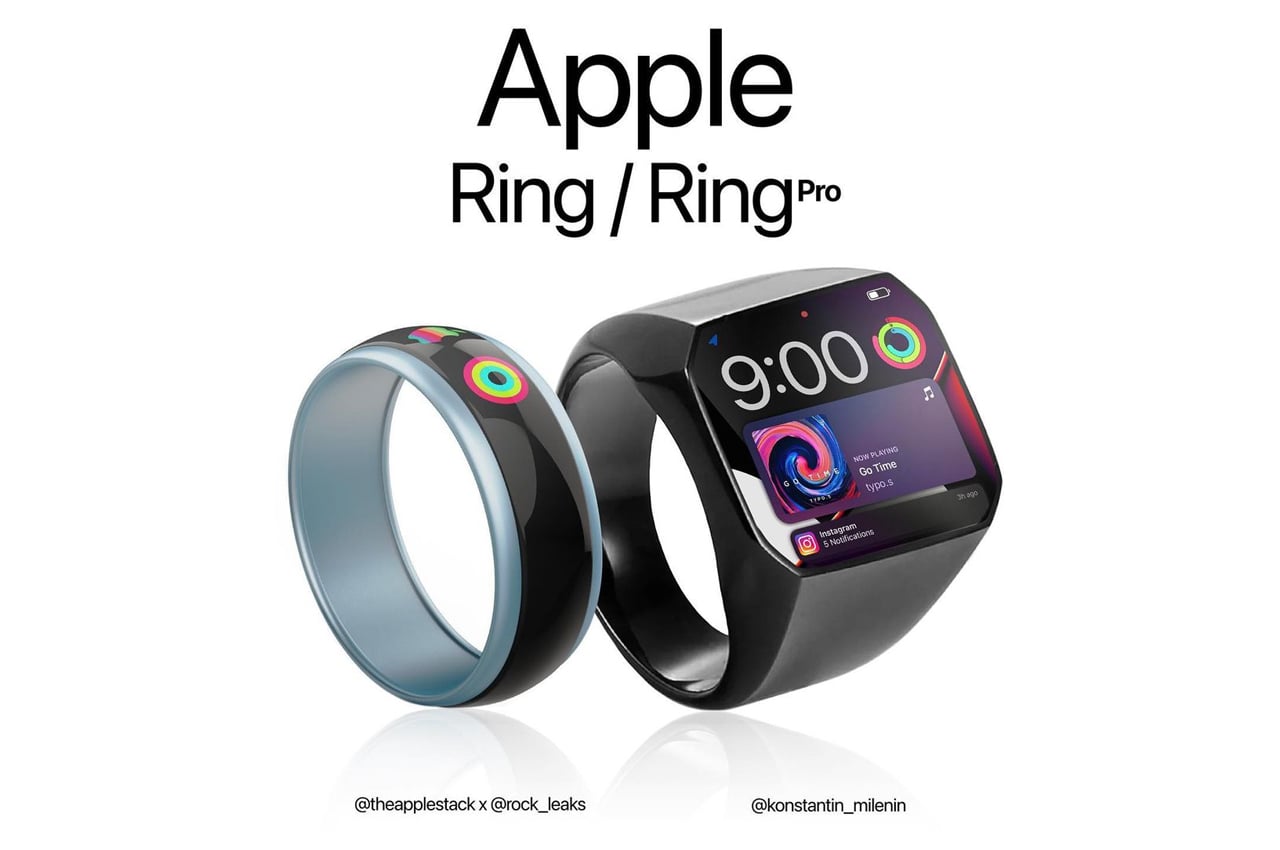
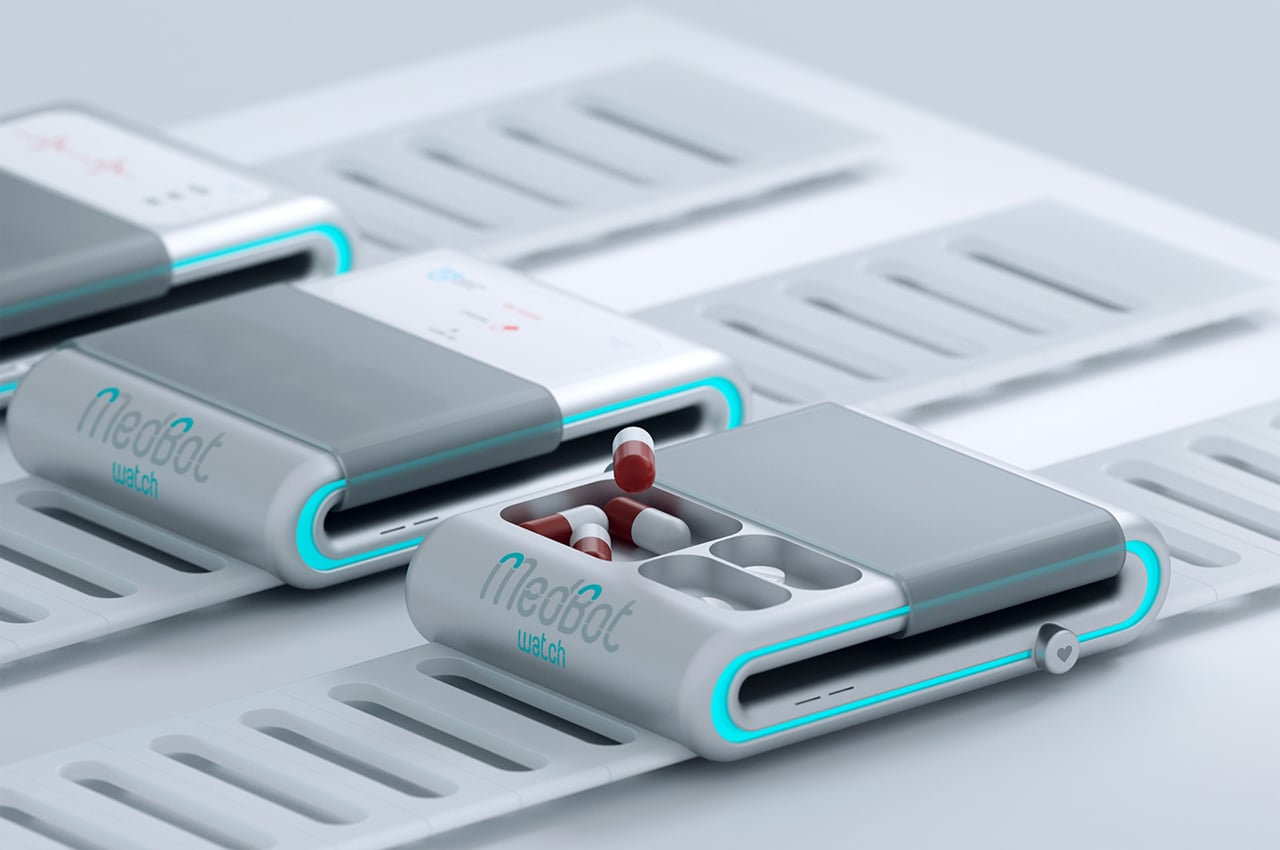
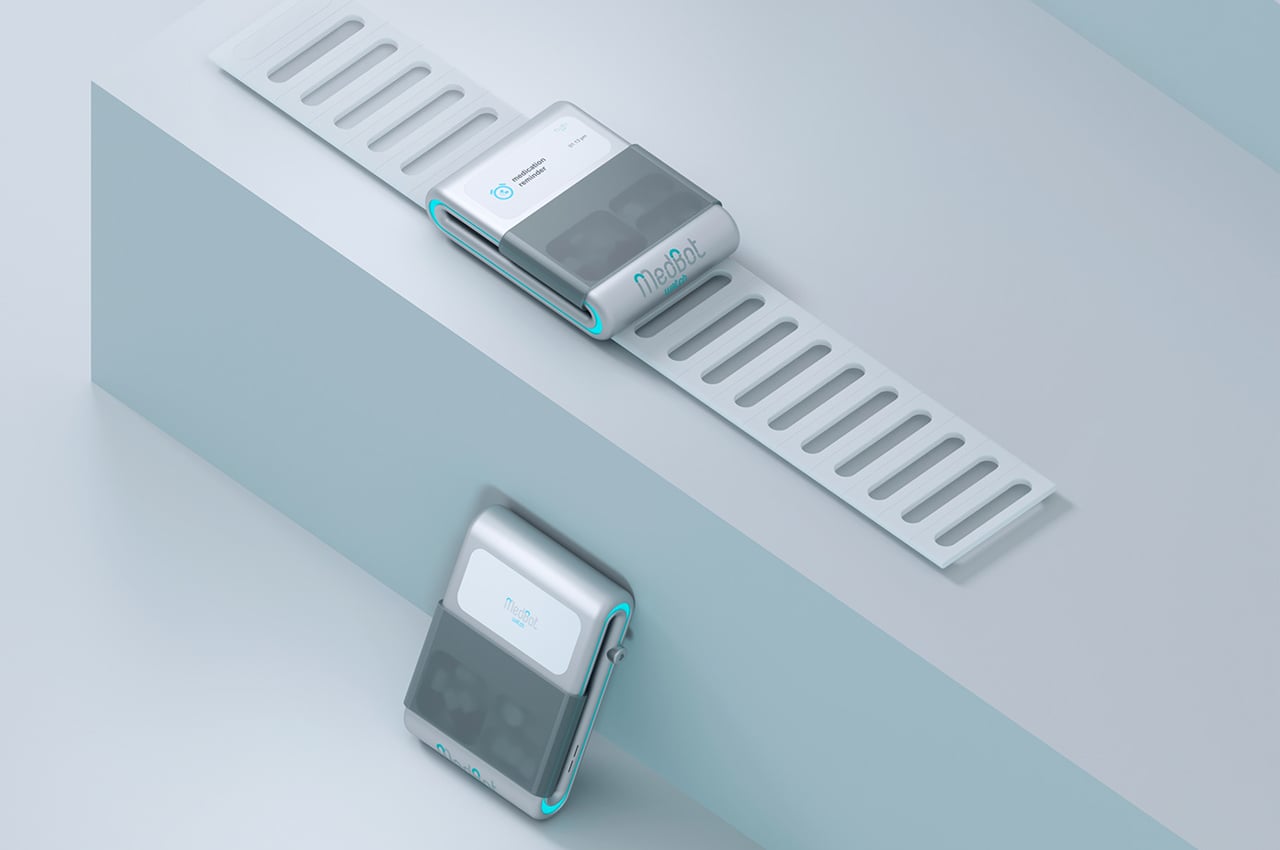
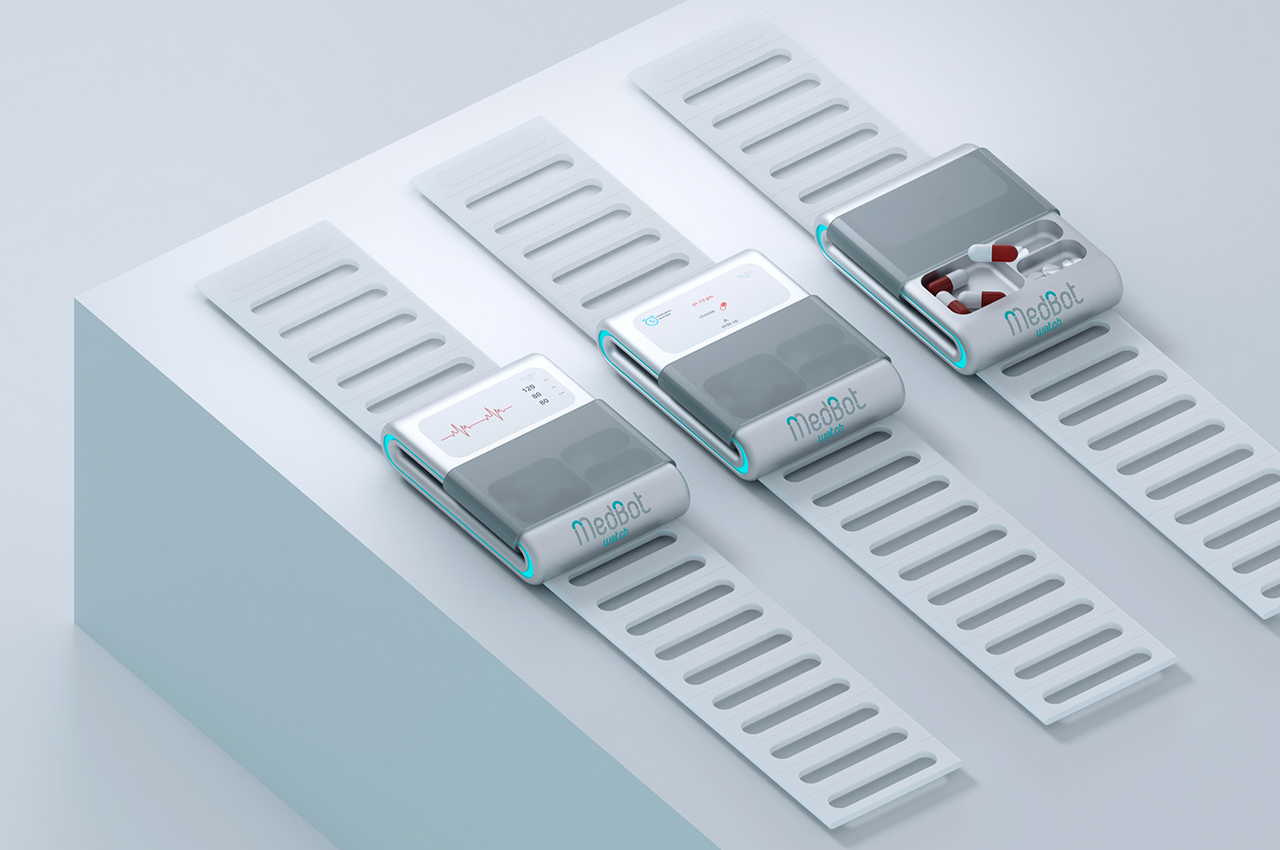
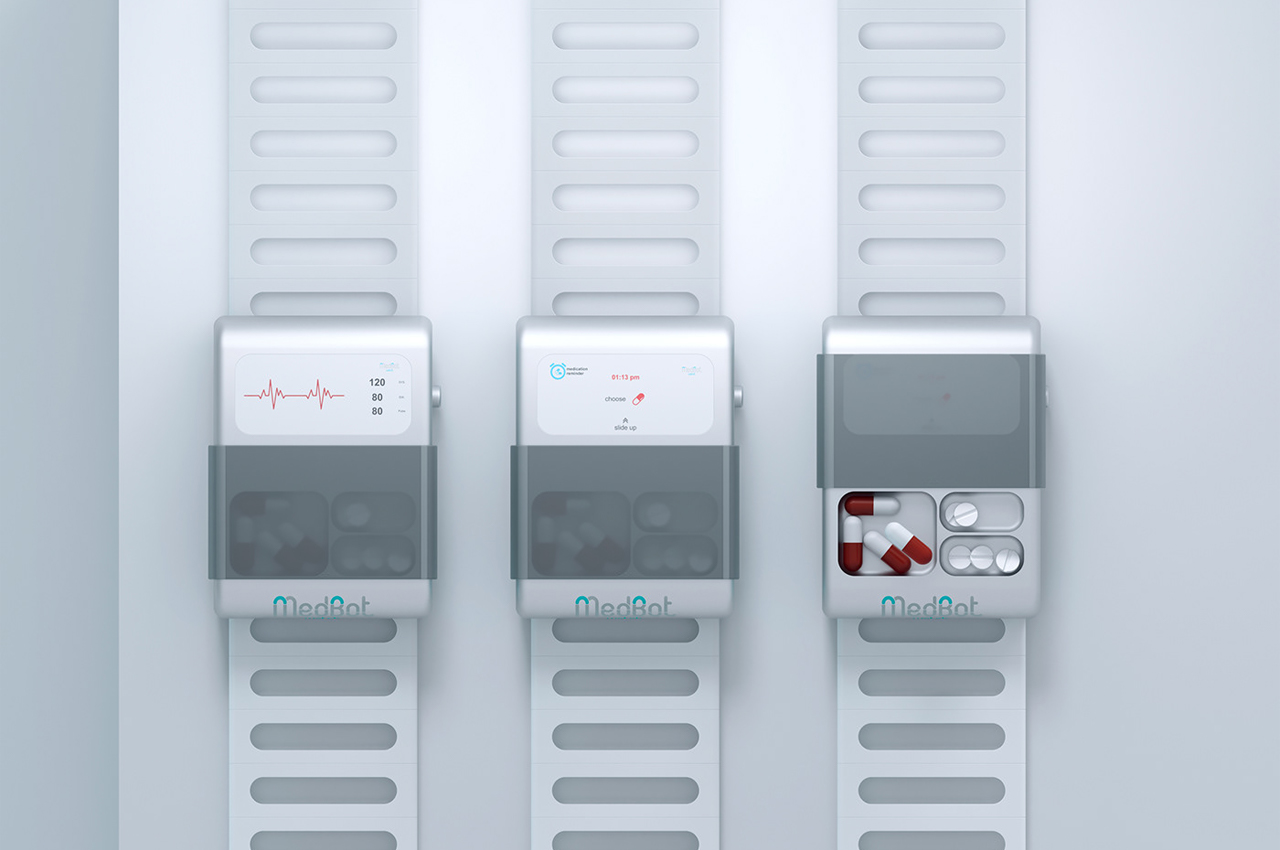
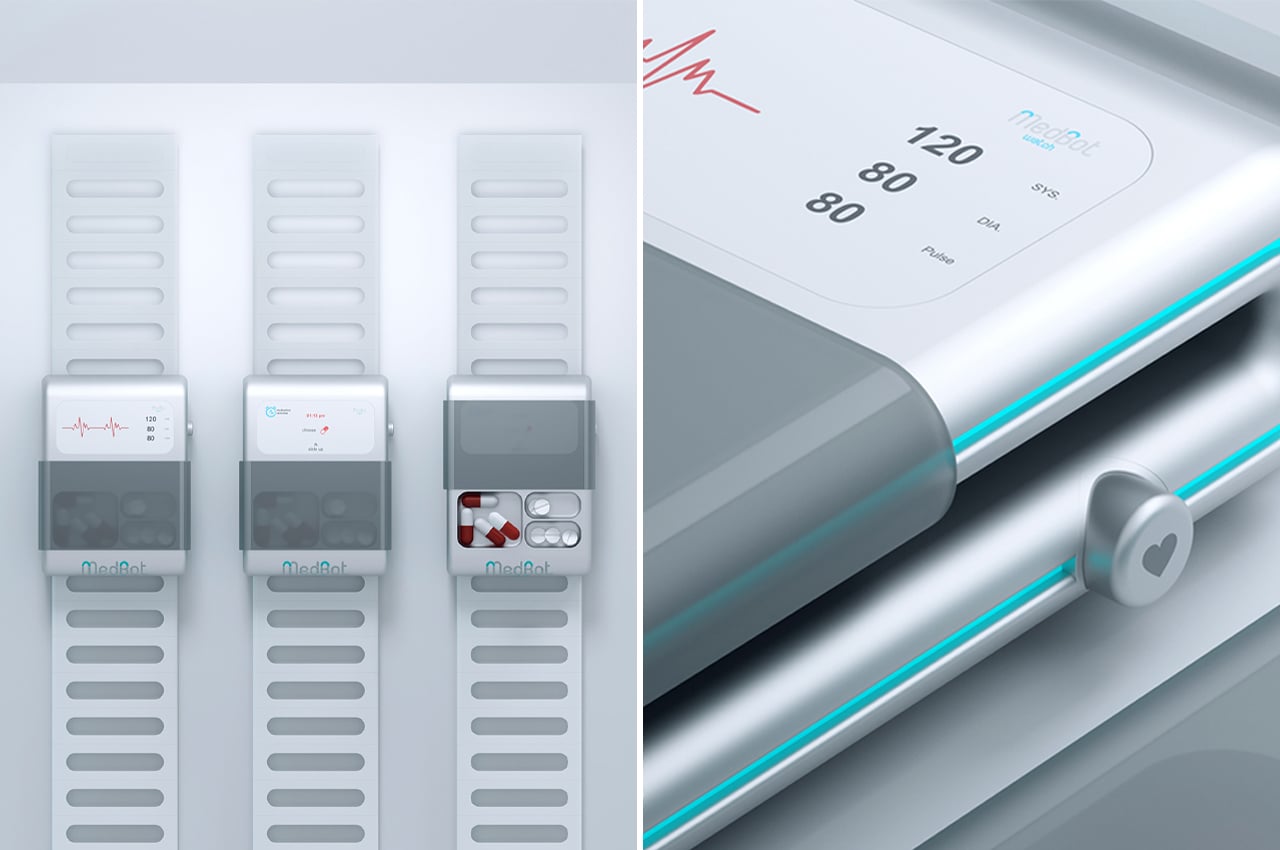
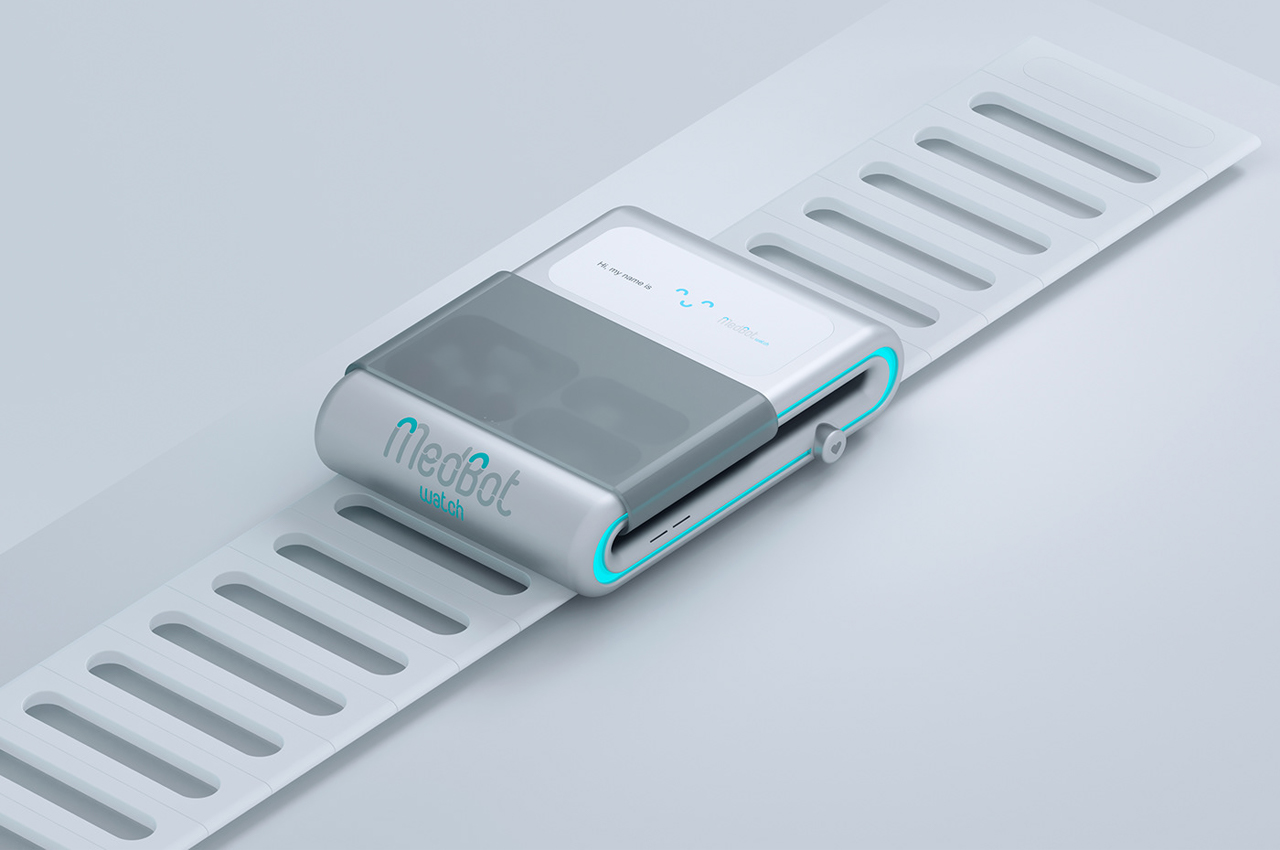
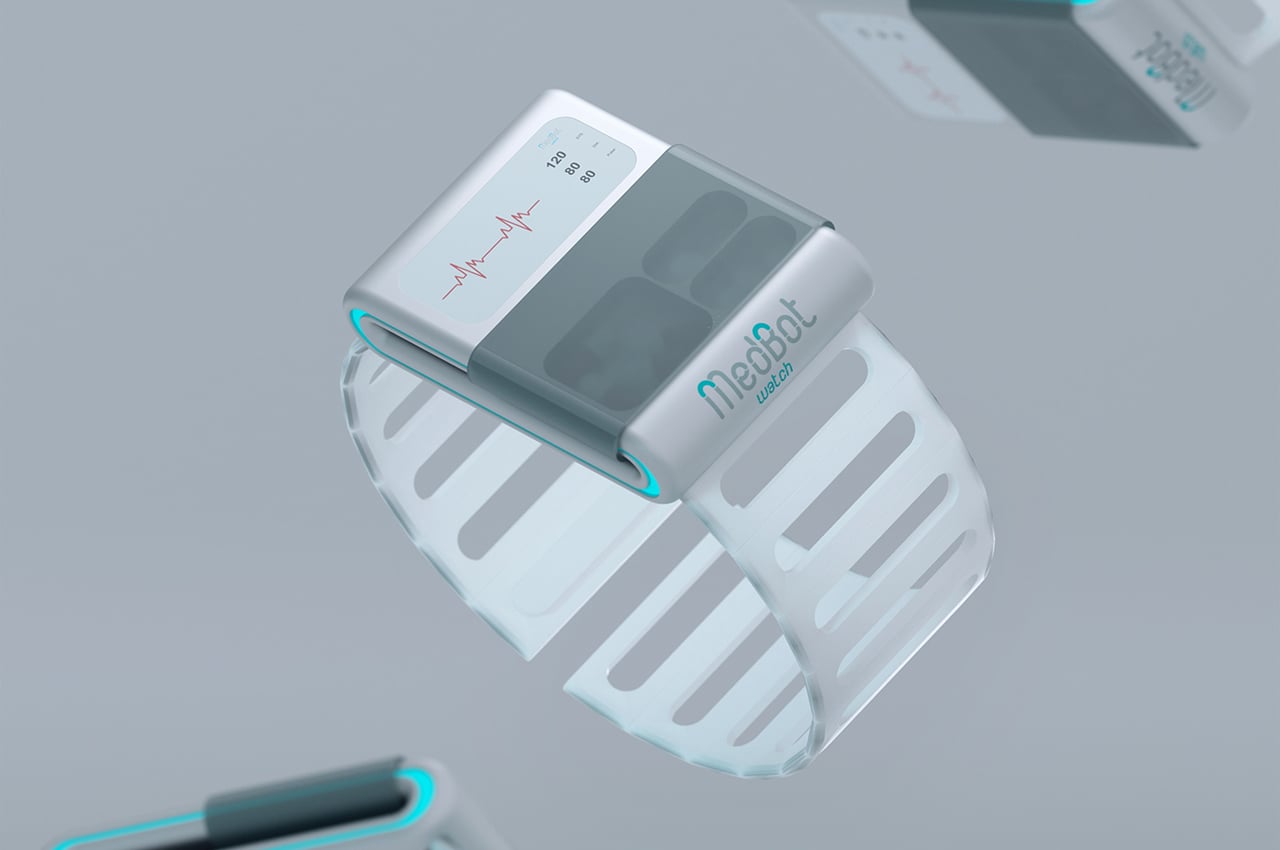
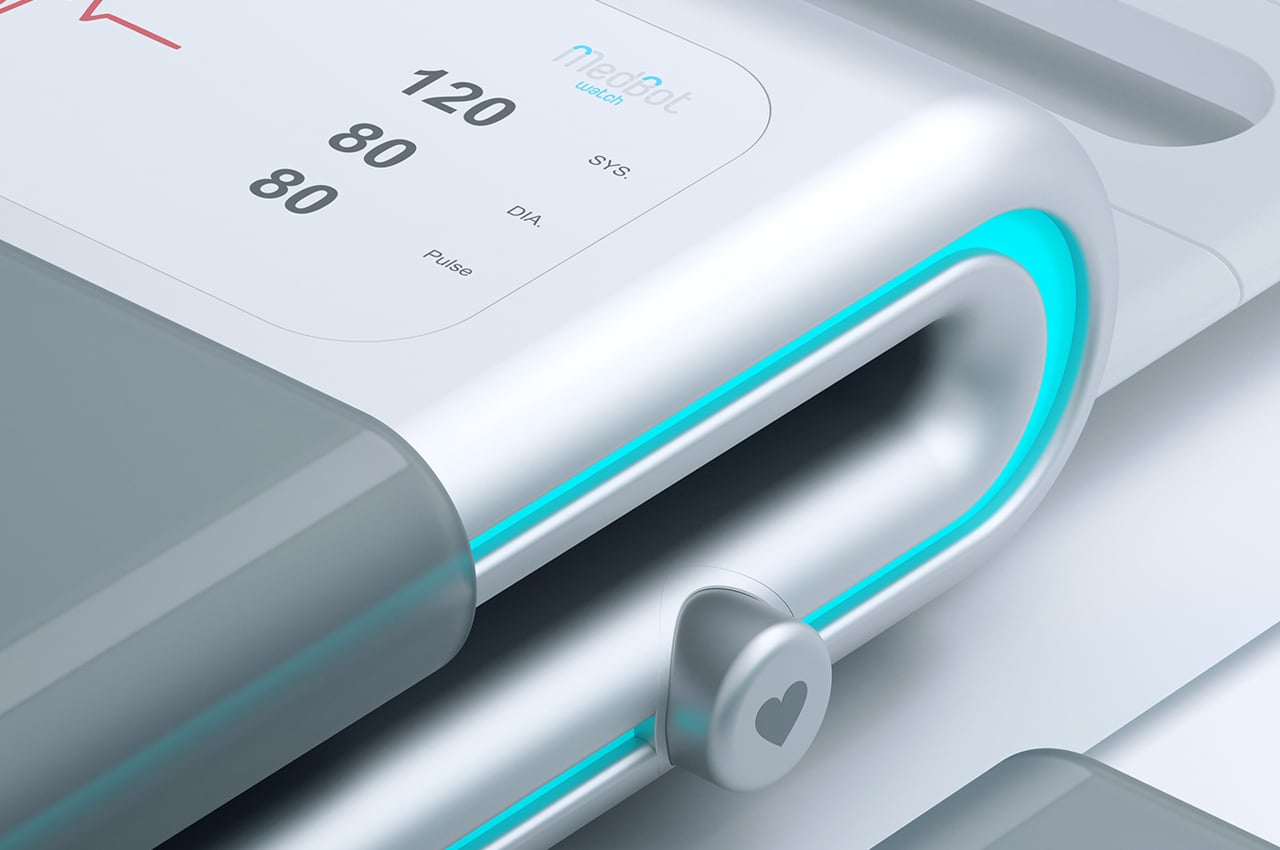
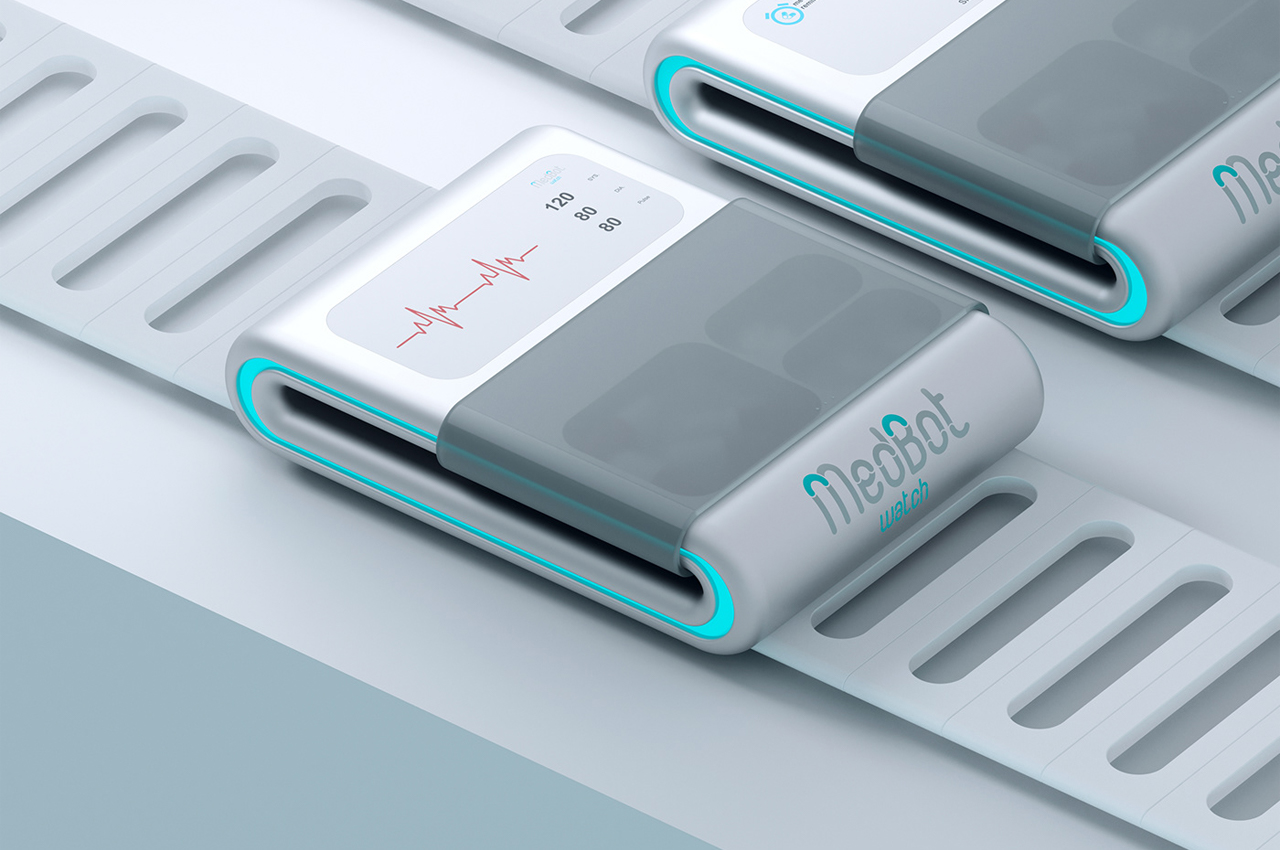
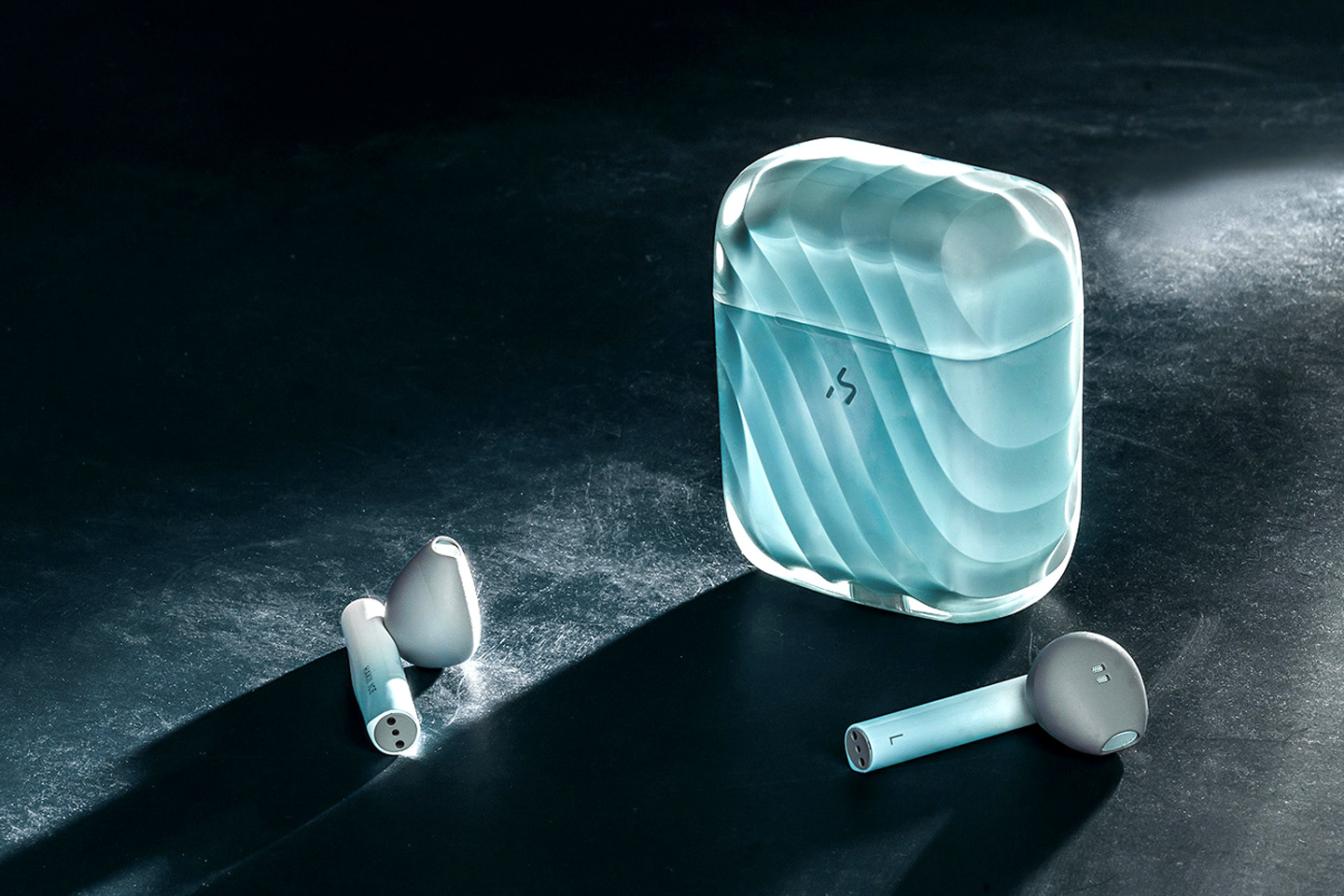


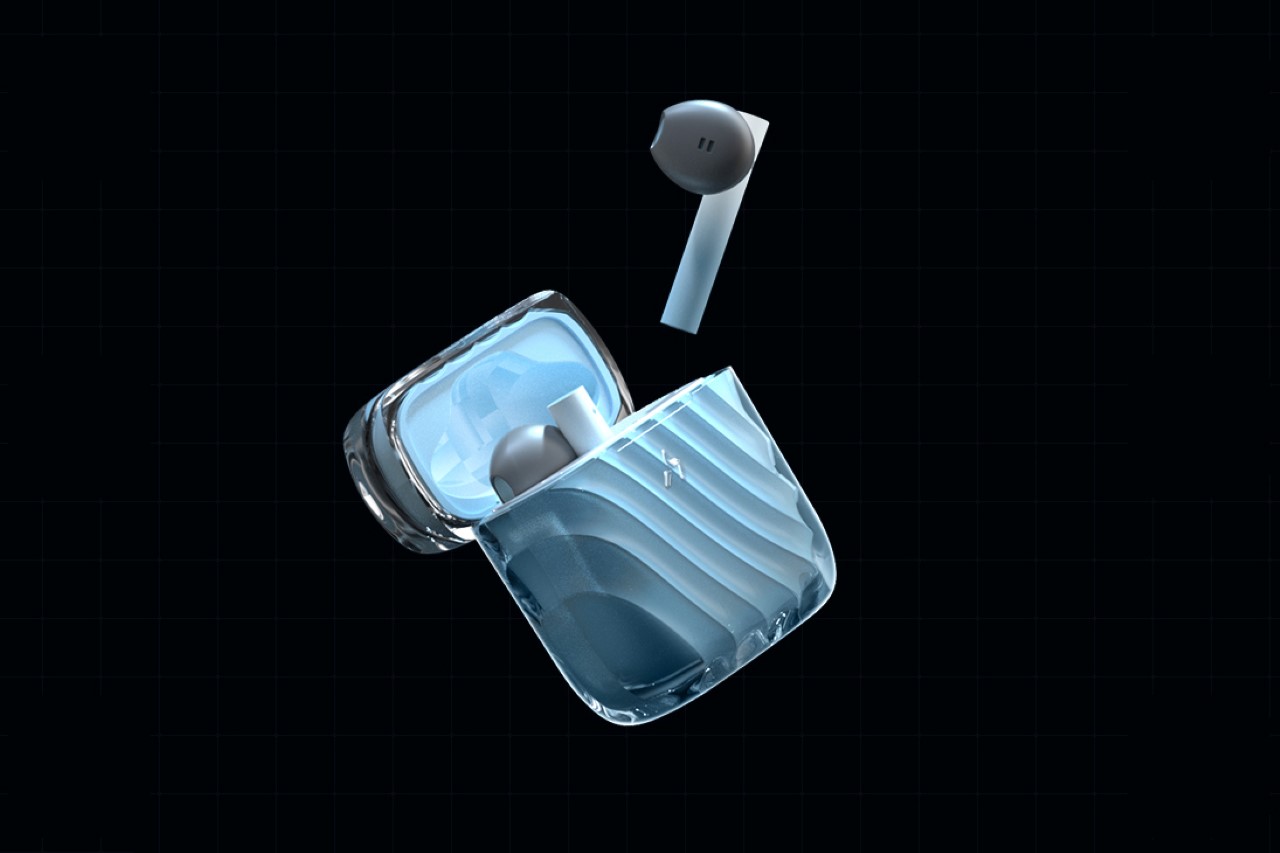
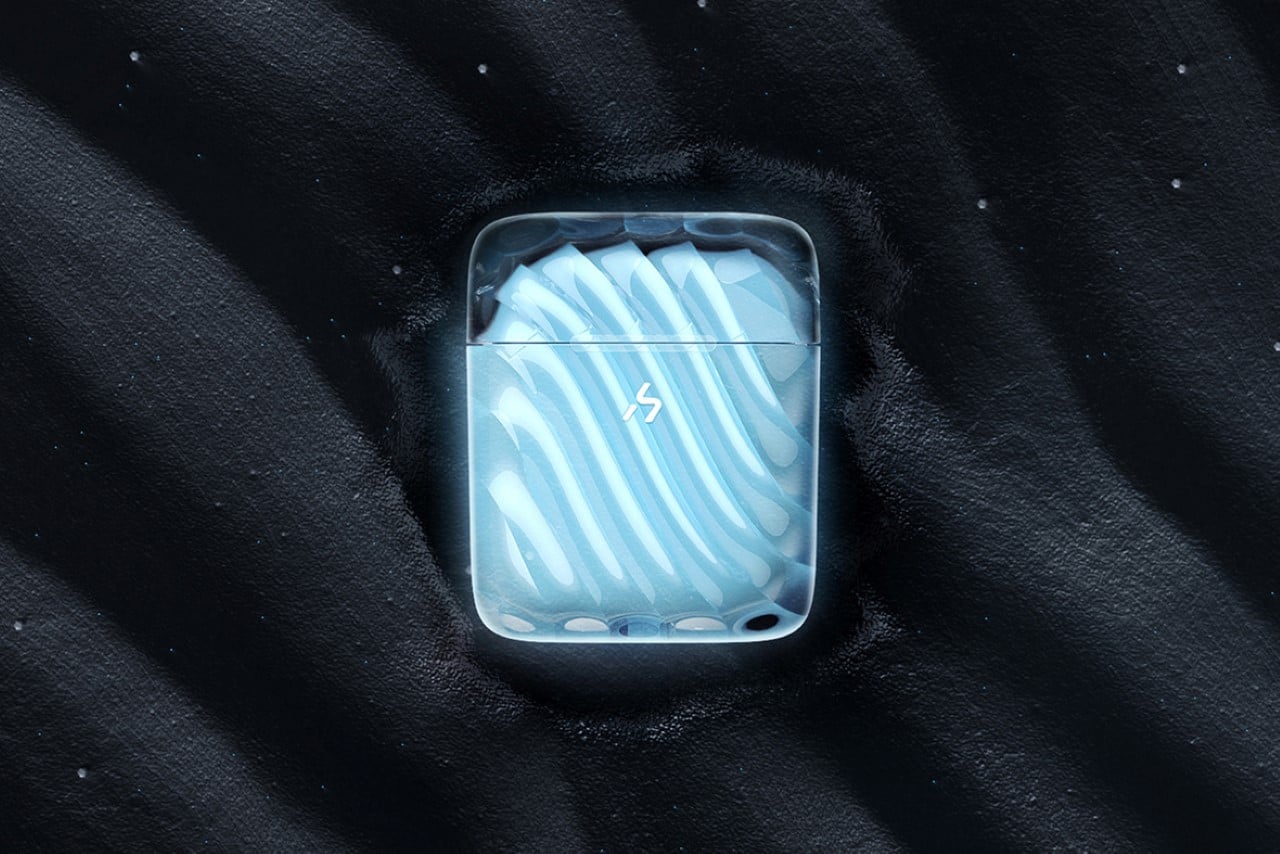
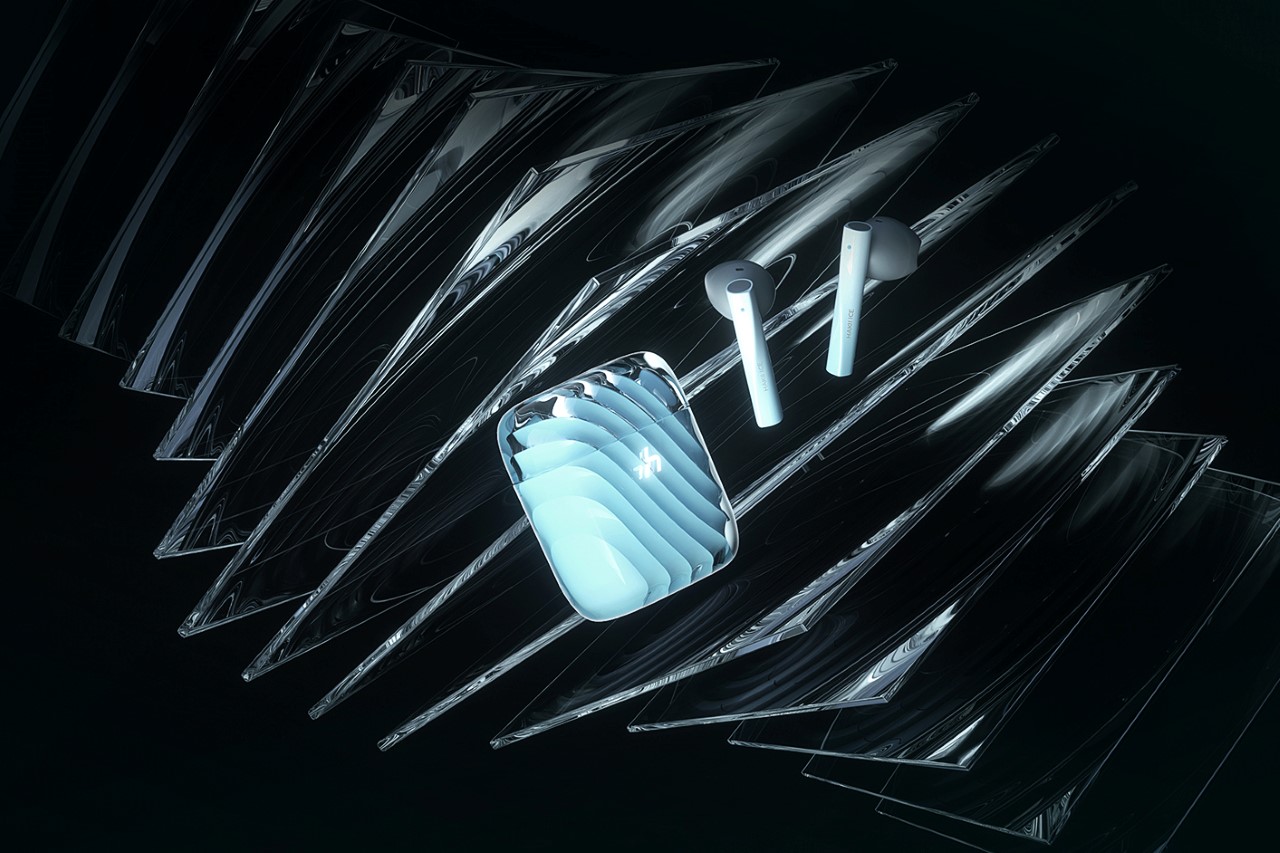
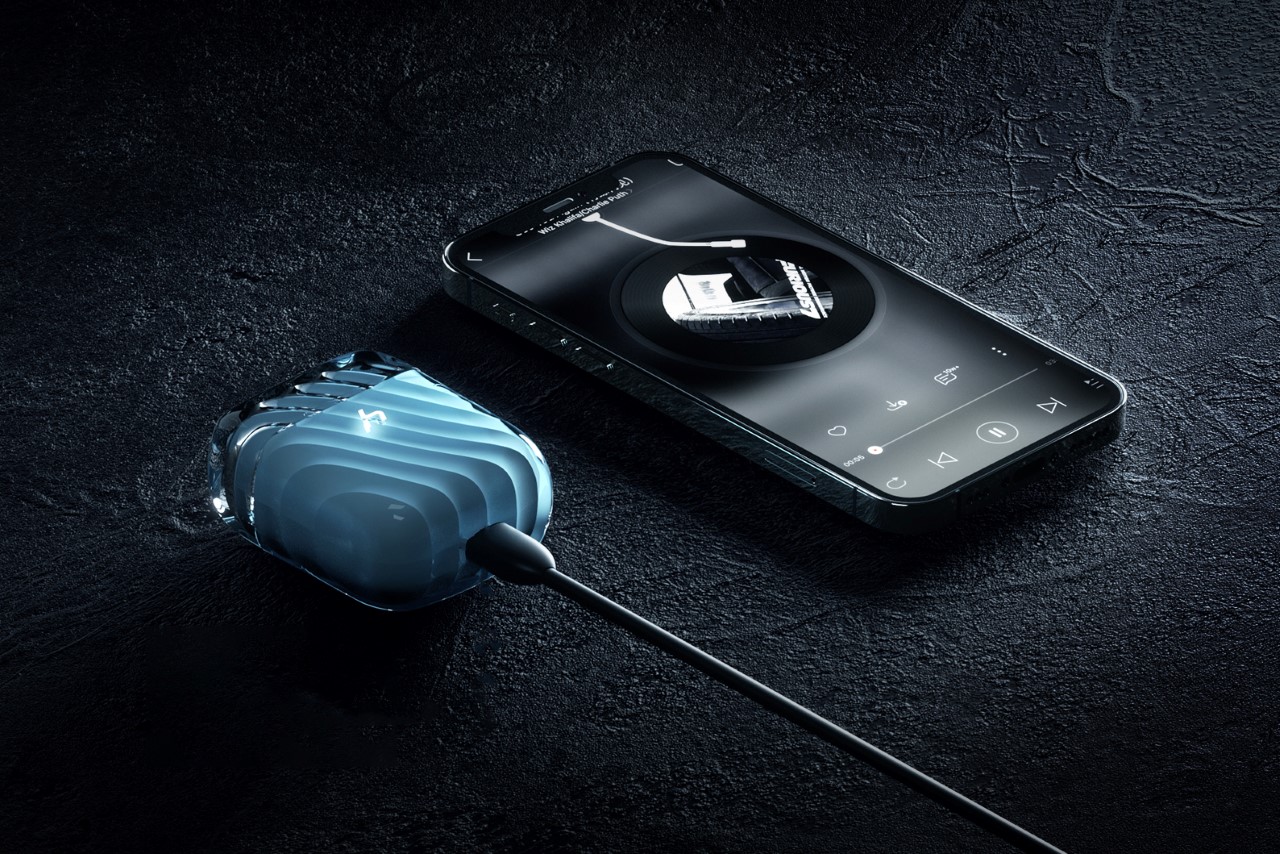
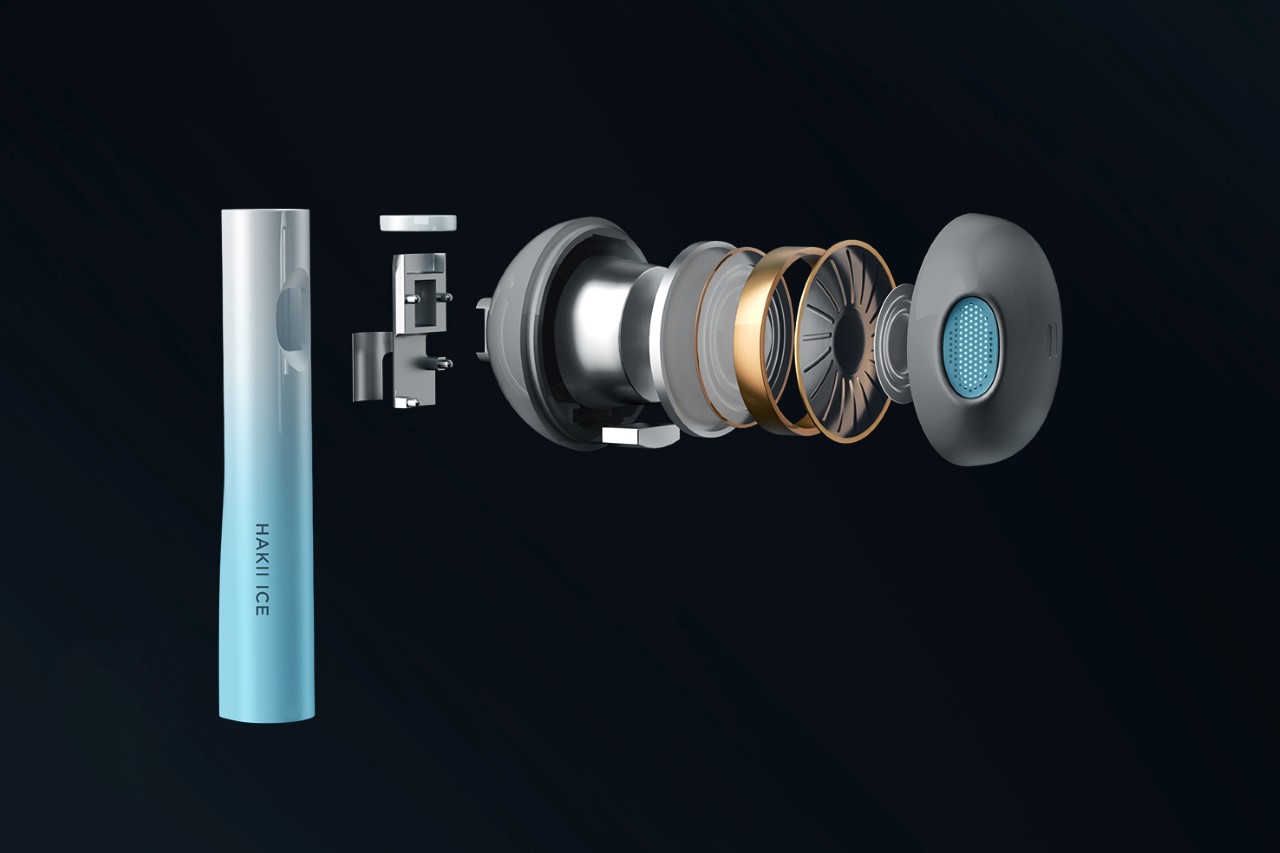


 Technology includes a first-of-its-kind line of smart apparel which enables members to wear their WHOOP 4.0 on multiple locations across the body. The smart apparel collection is available in two collections: the Training Collection comes in sports bras, compression tops, leggings, shorts, and athletic boxers while the Intimates Collection has bralettes and everyday boxers.
Technology includes a first-of-its-kind line of smart apparel which enables members to wear their WHOOP 4.0 on multiple locations across the body. The smart apparel collection is available in two collections: the Training Collection comes in sports bras, compression tops, leggings, shorts, and athletic boxers while the Intimates Collection has bralettes and everyday boxers.